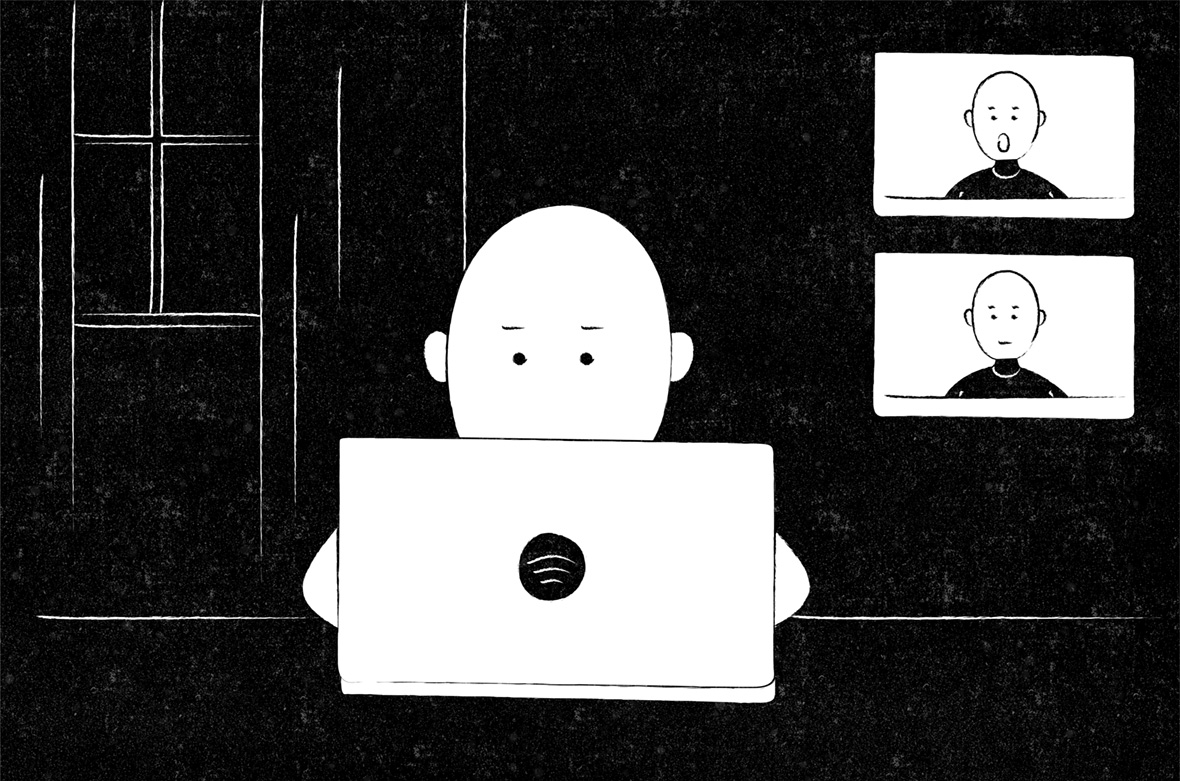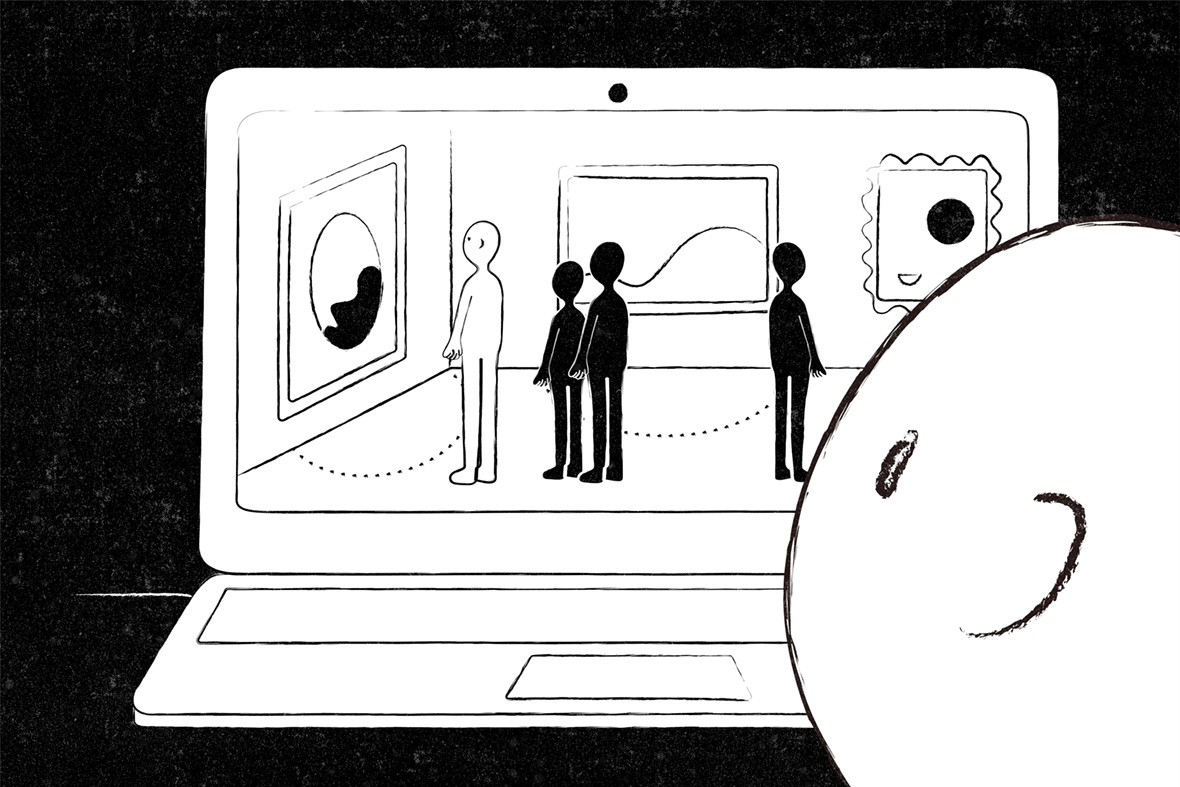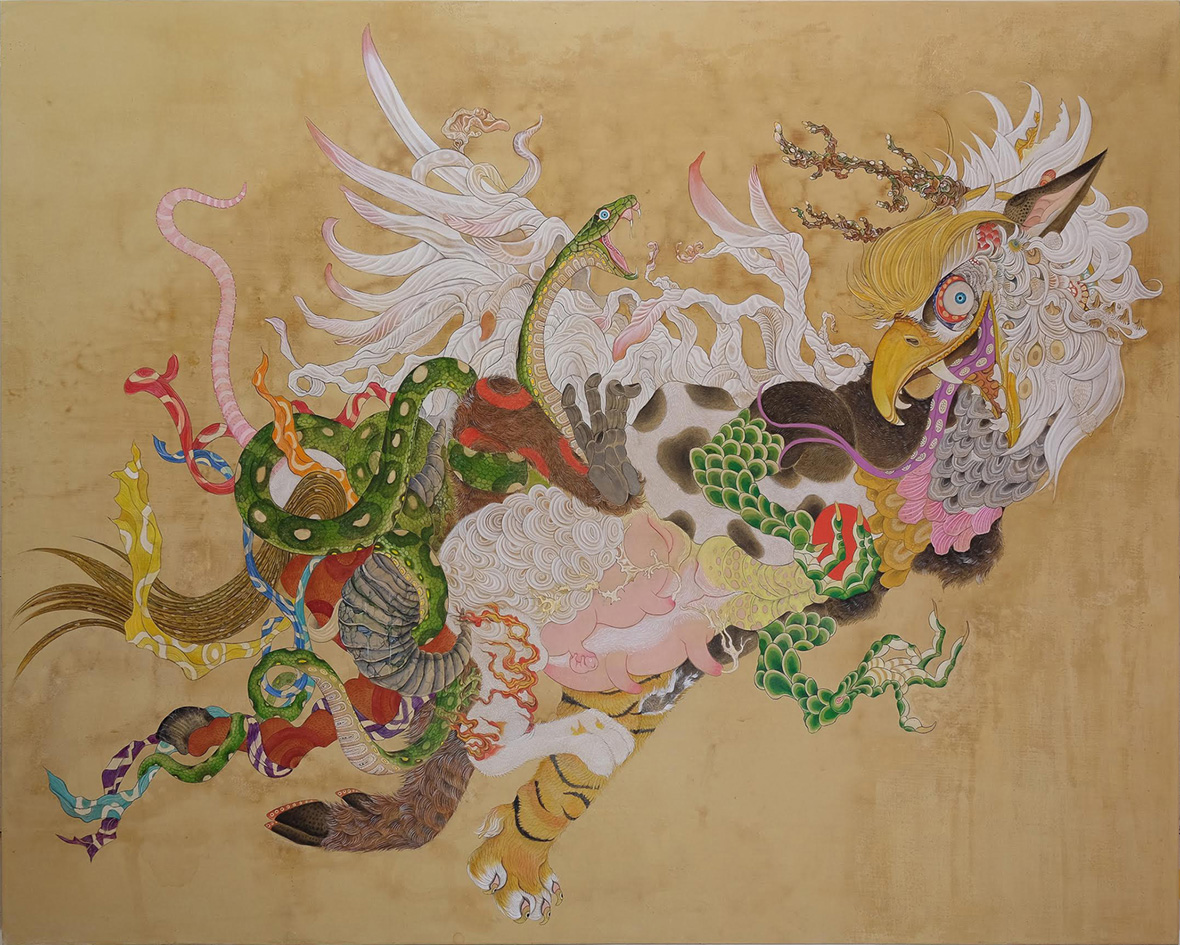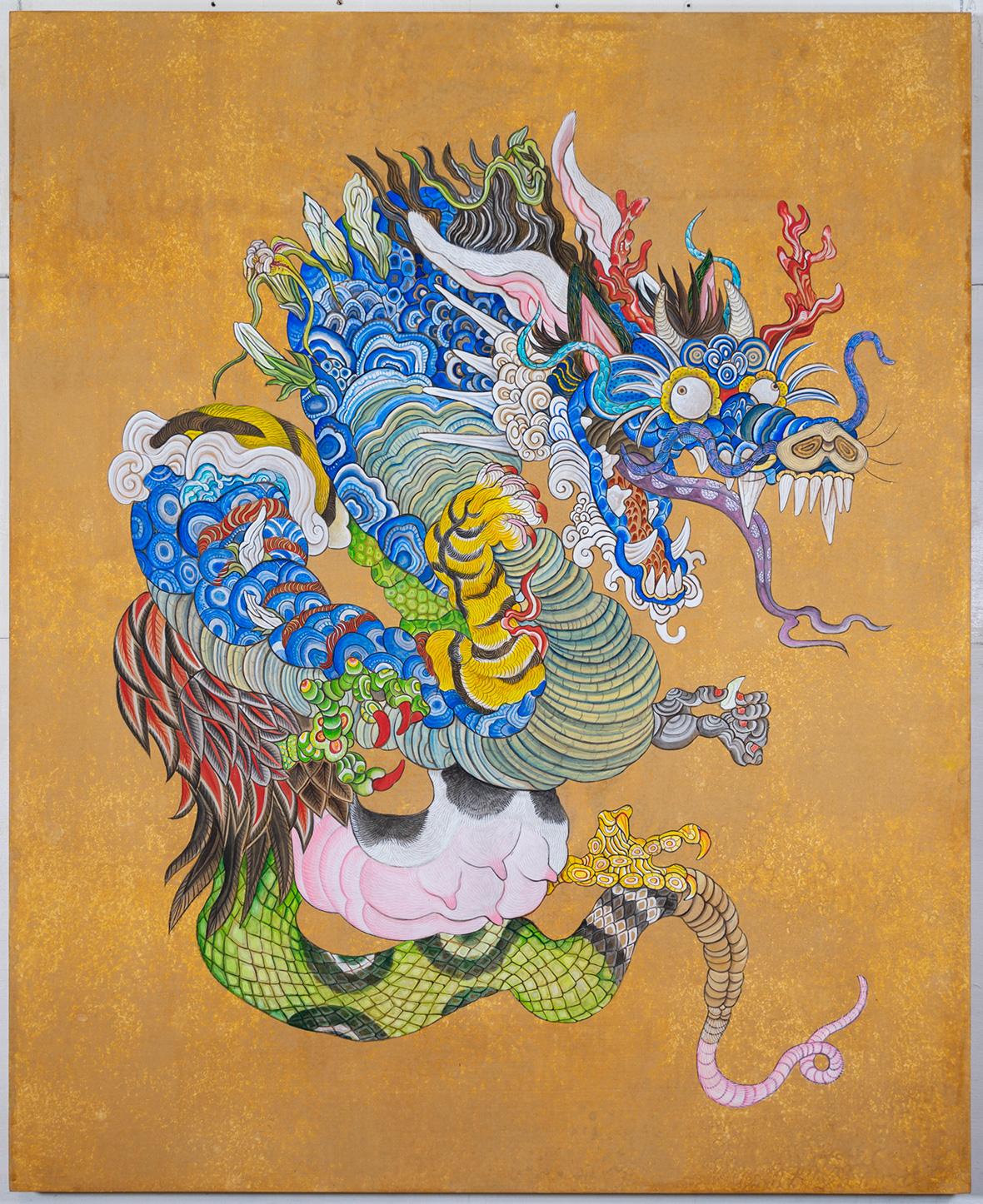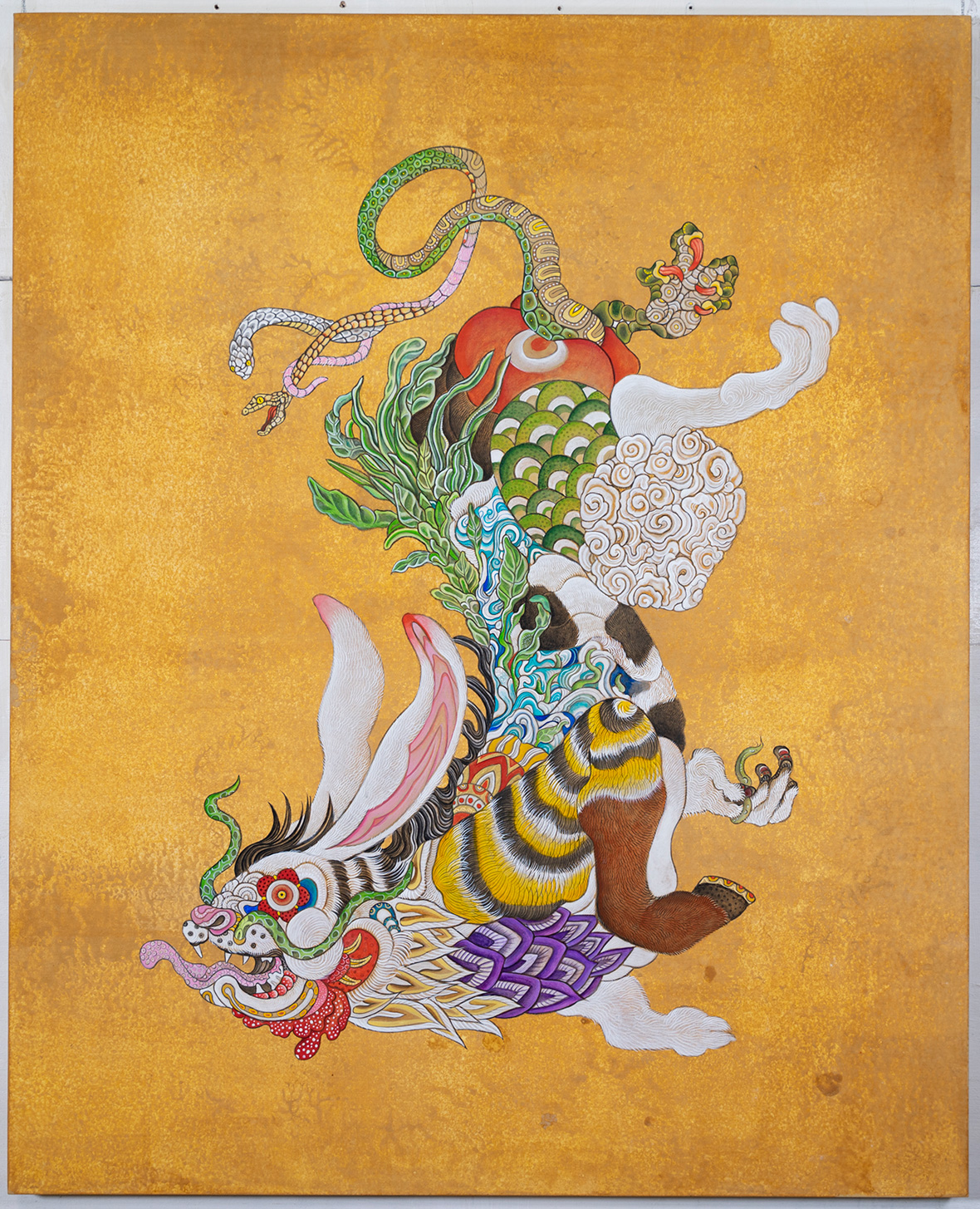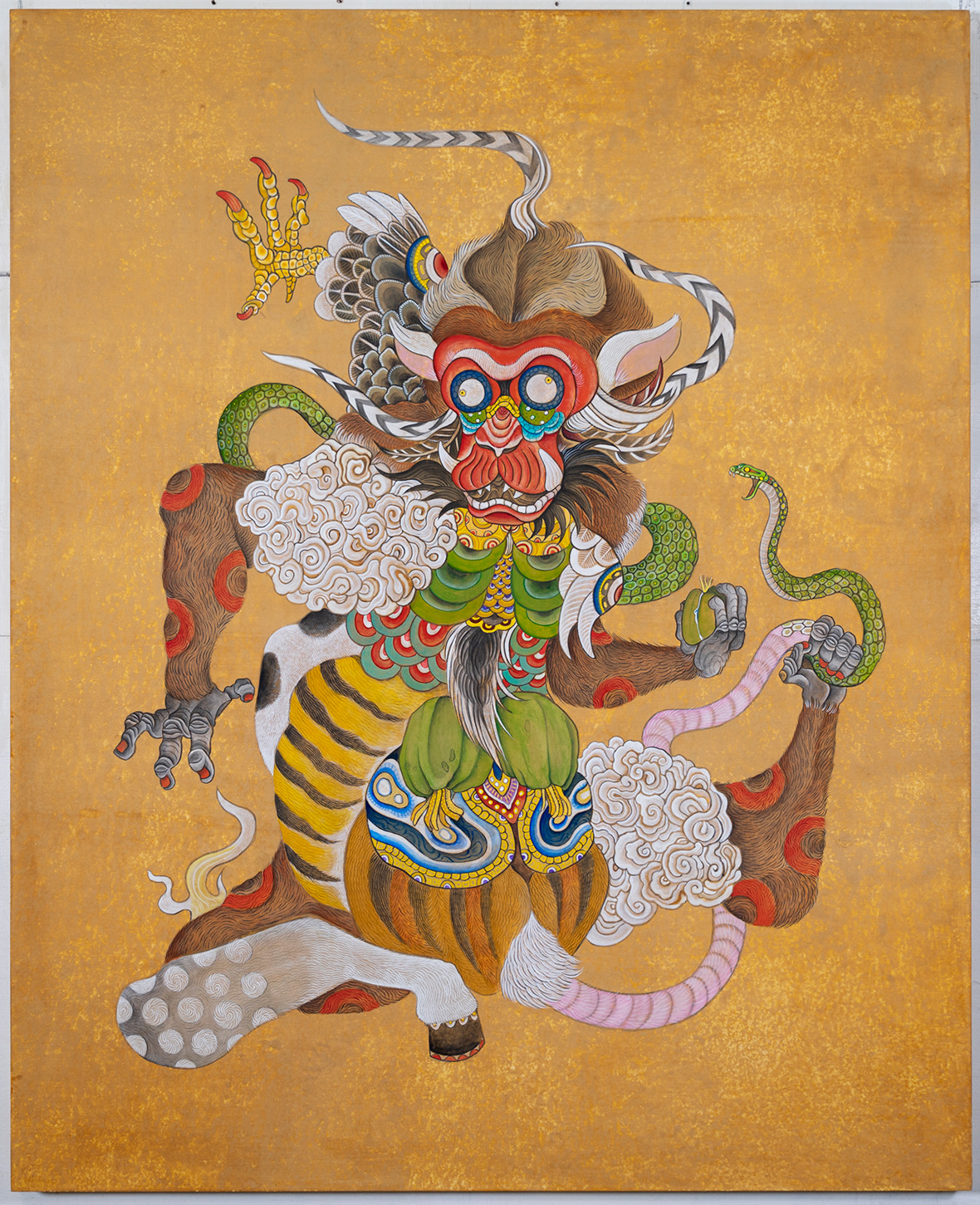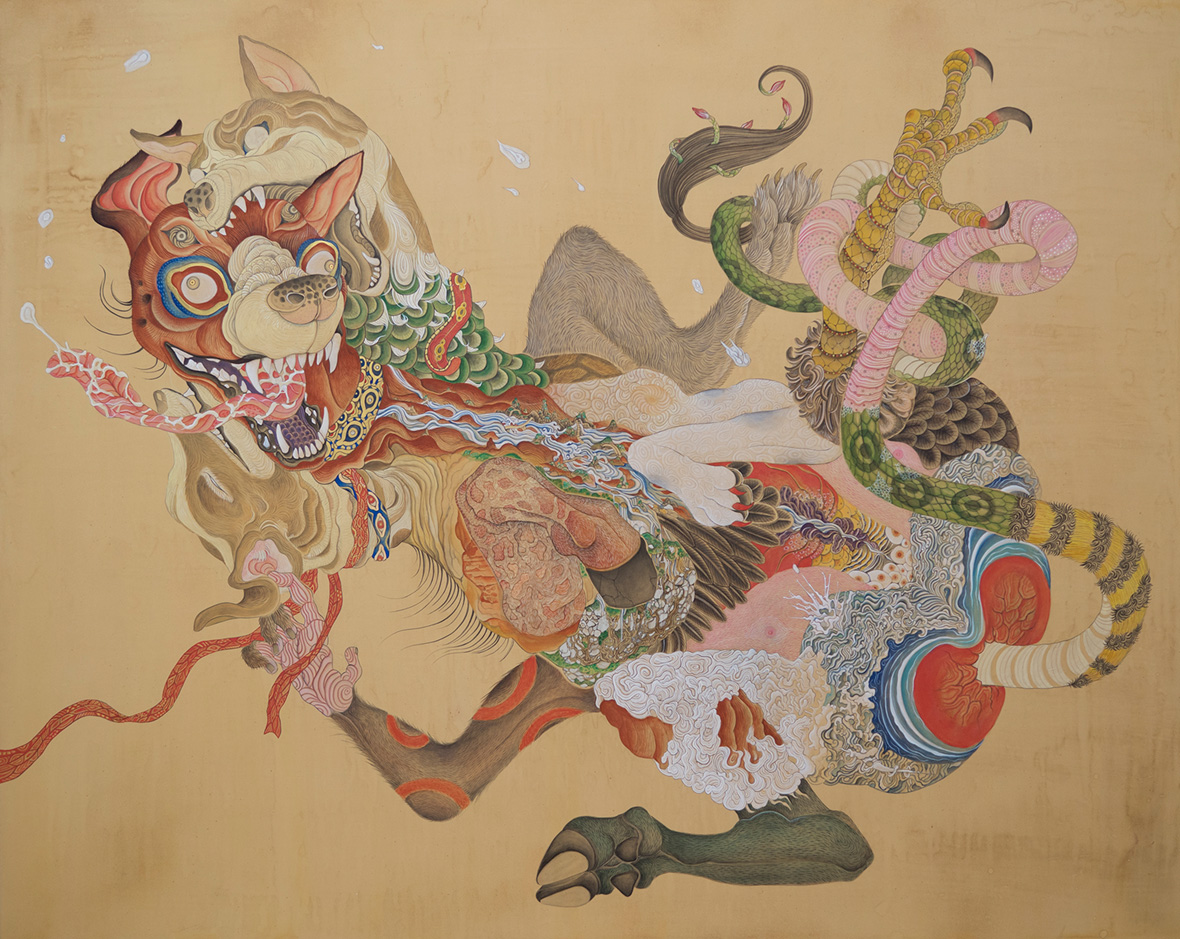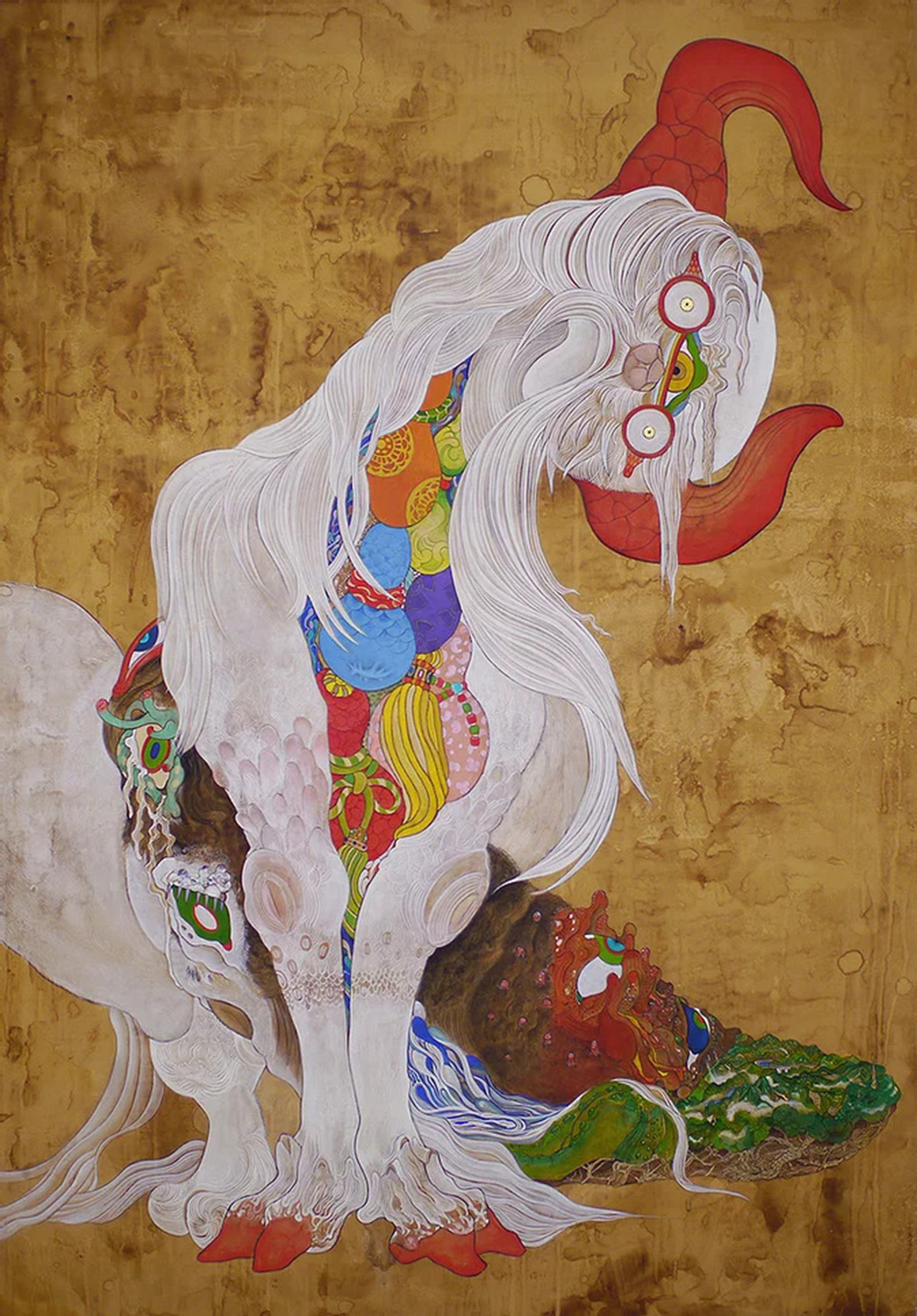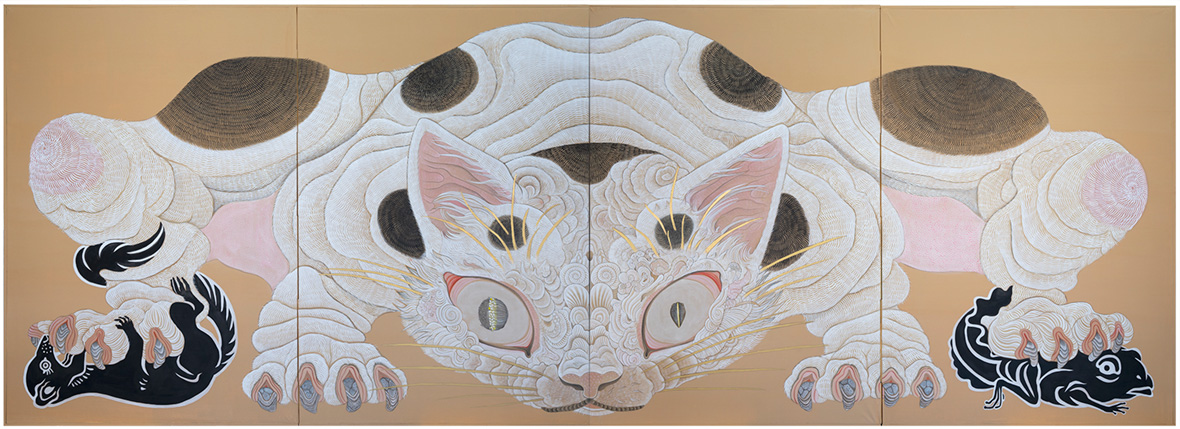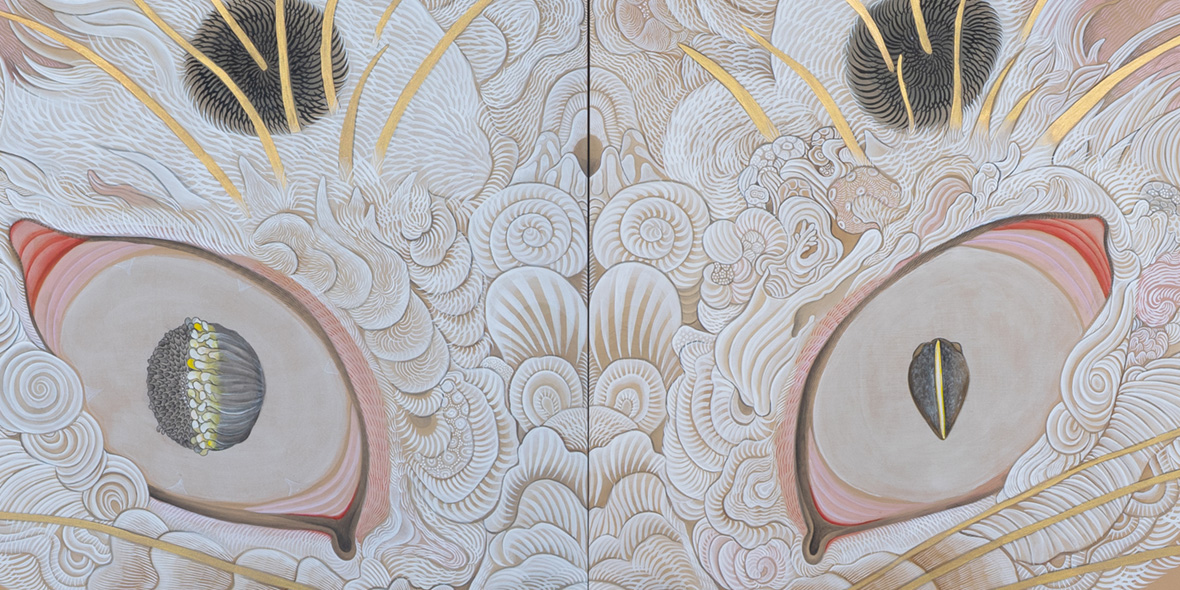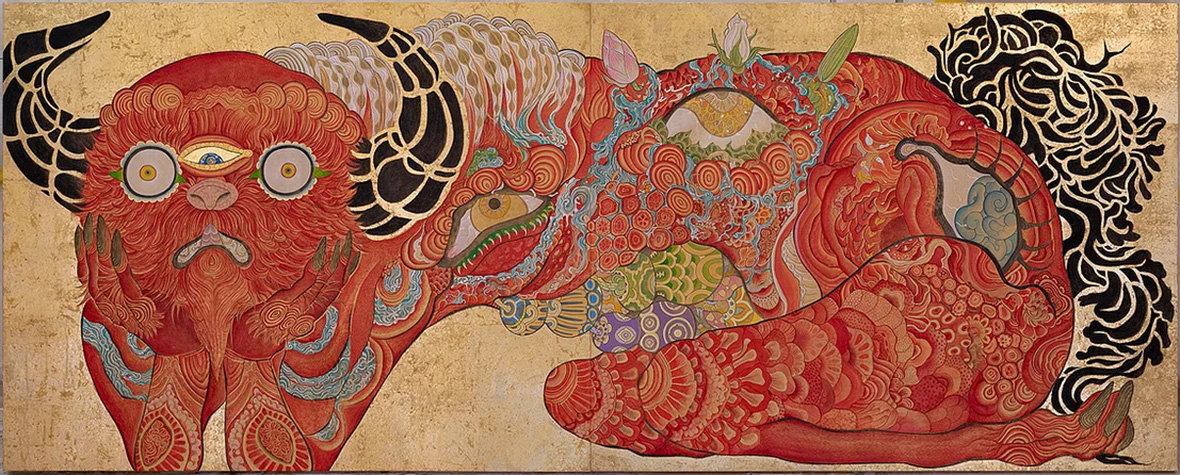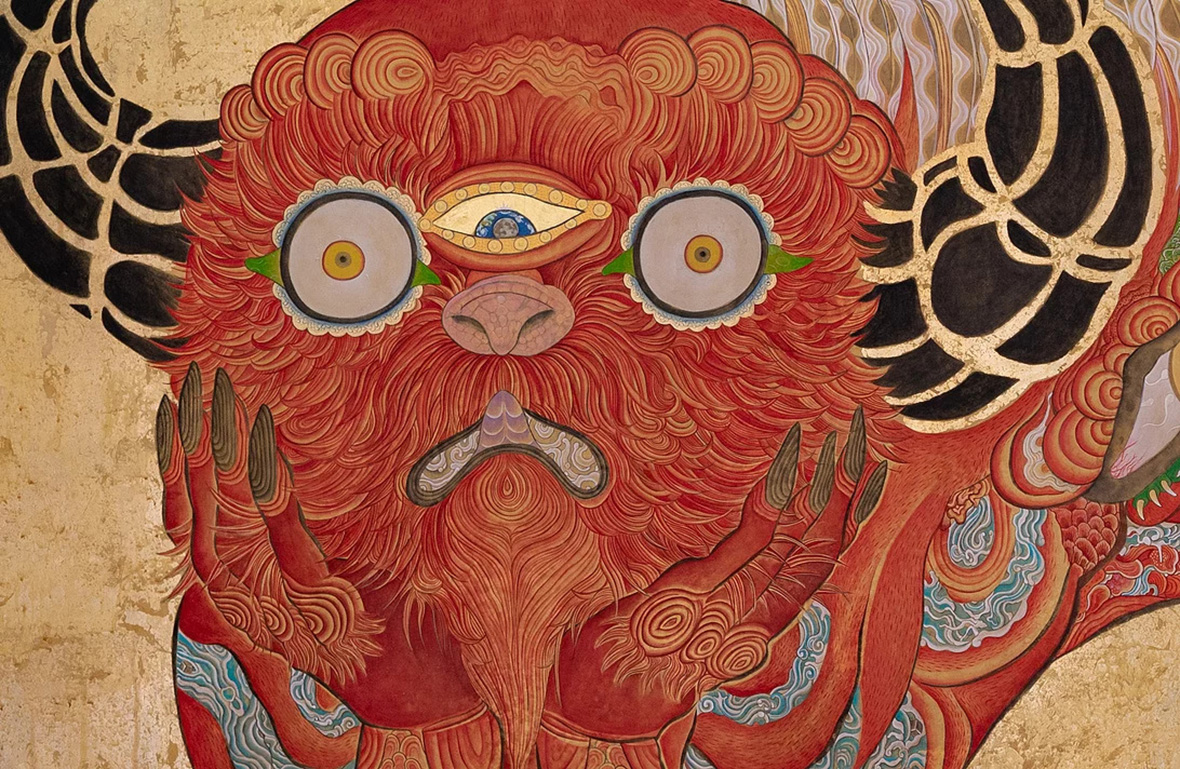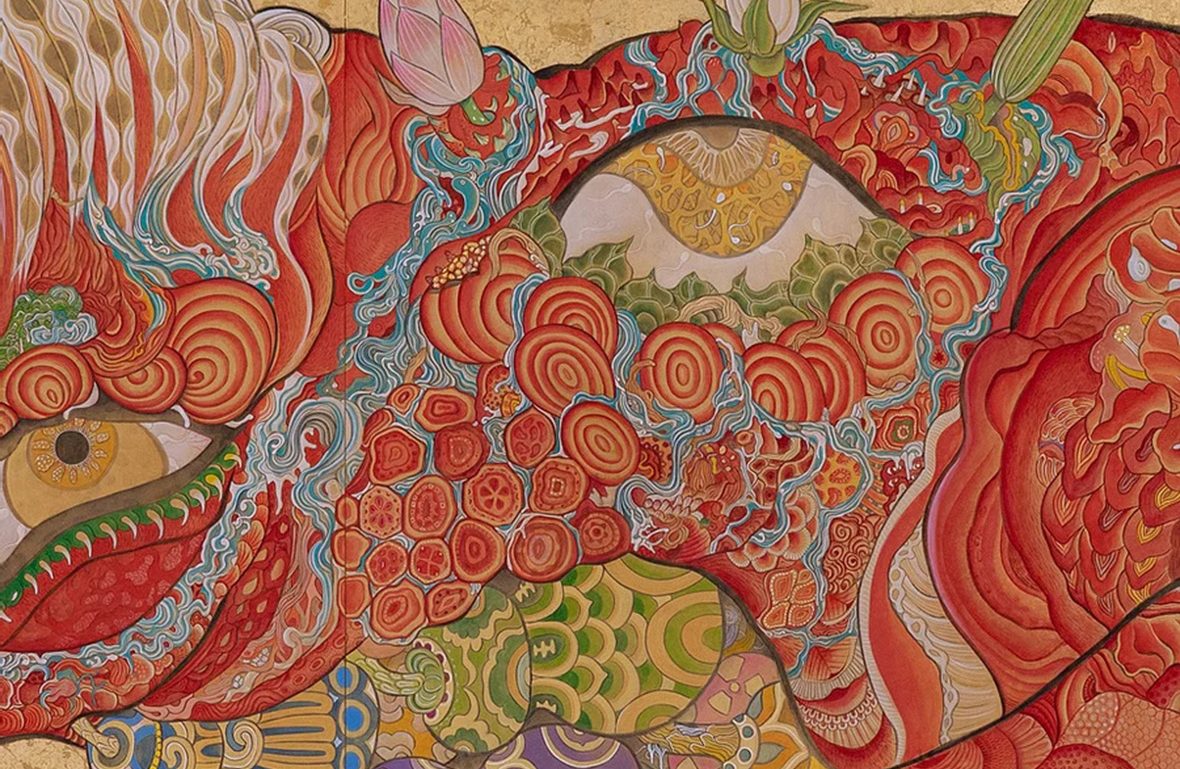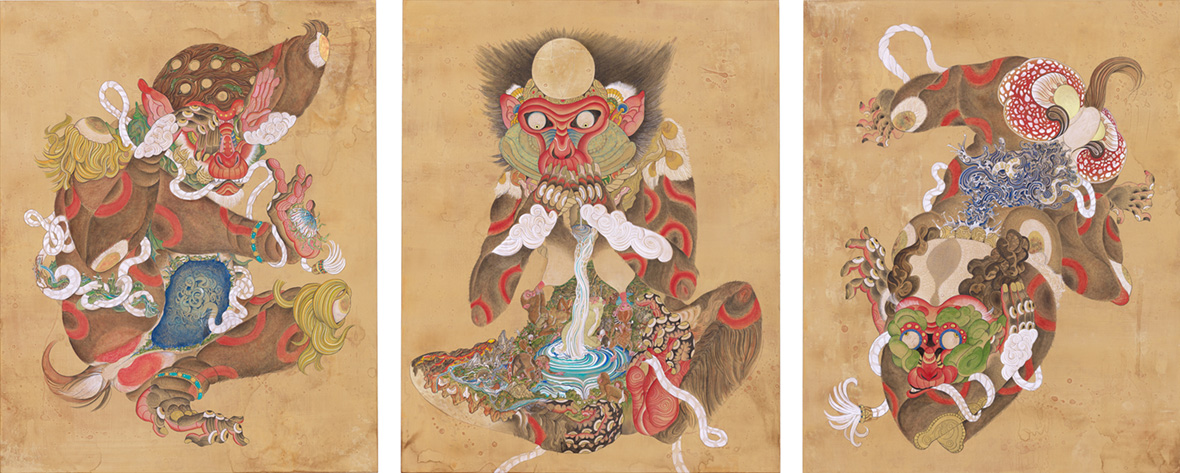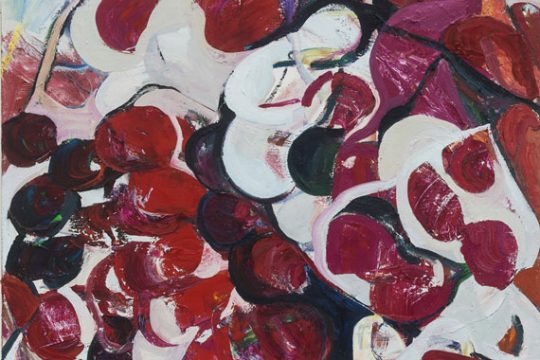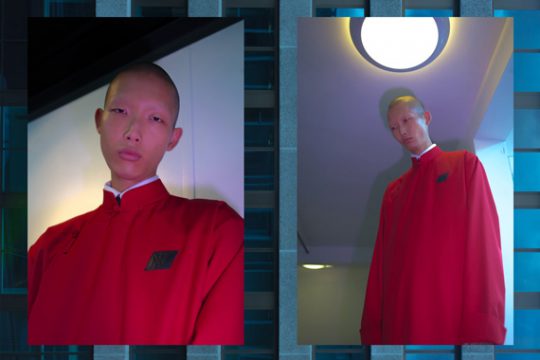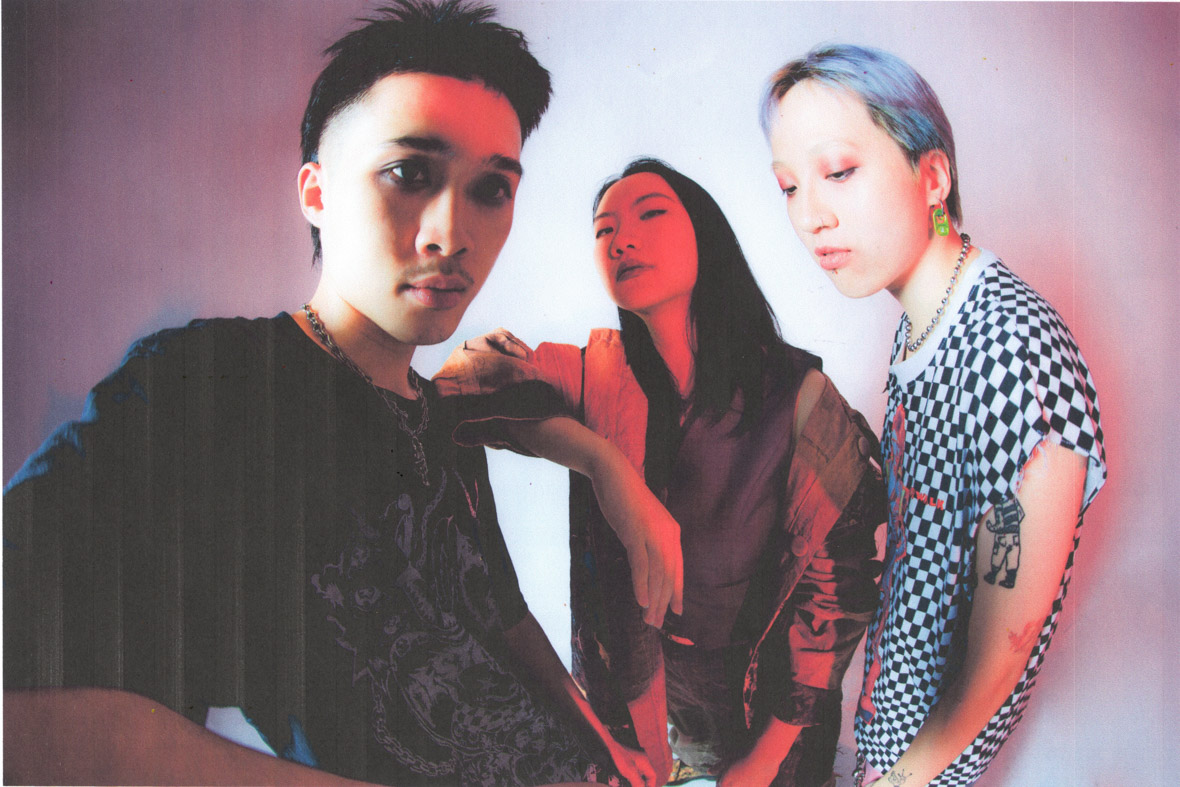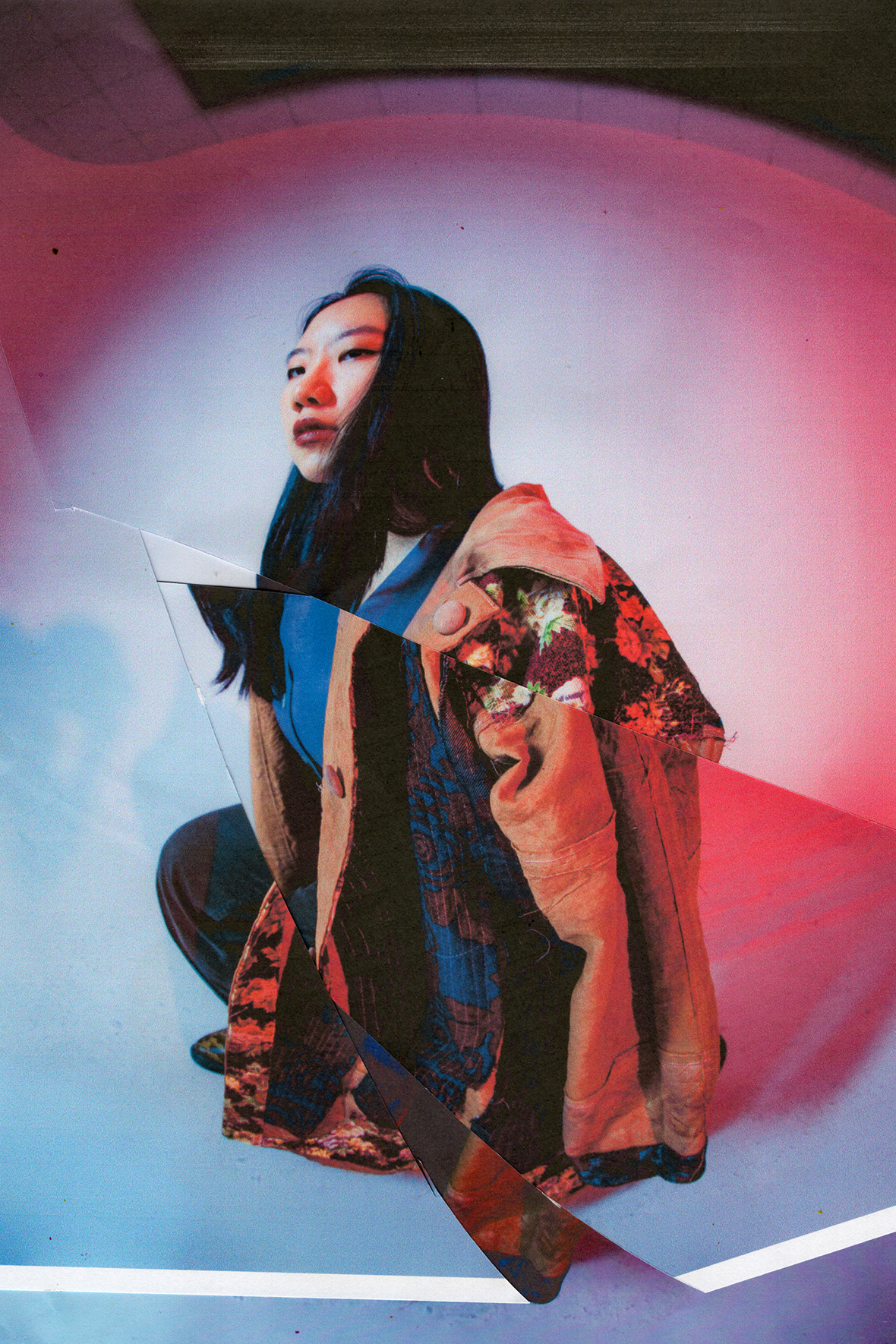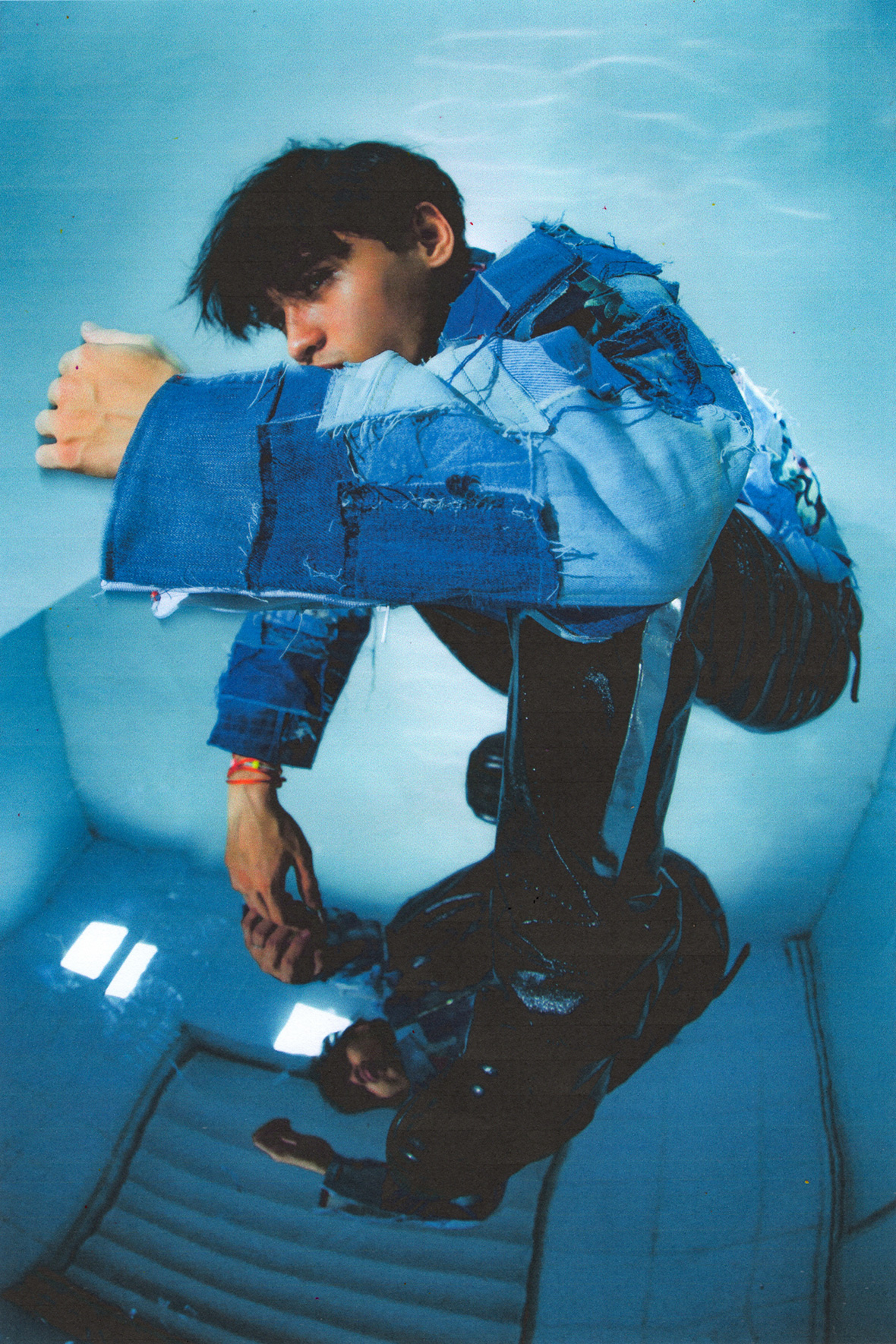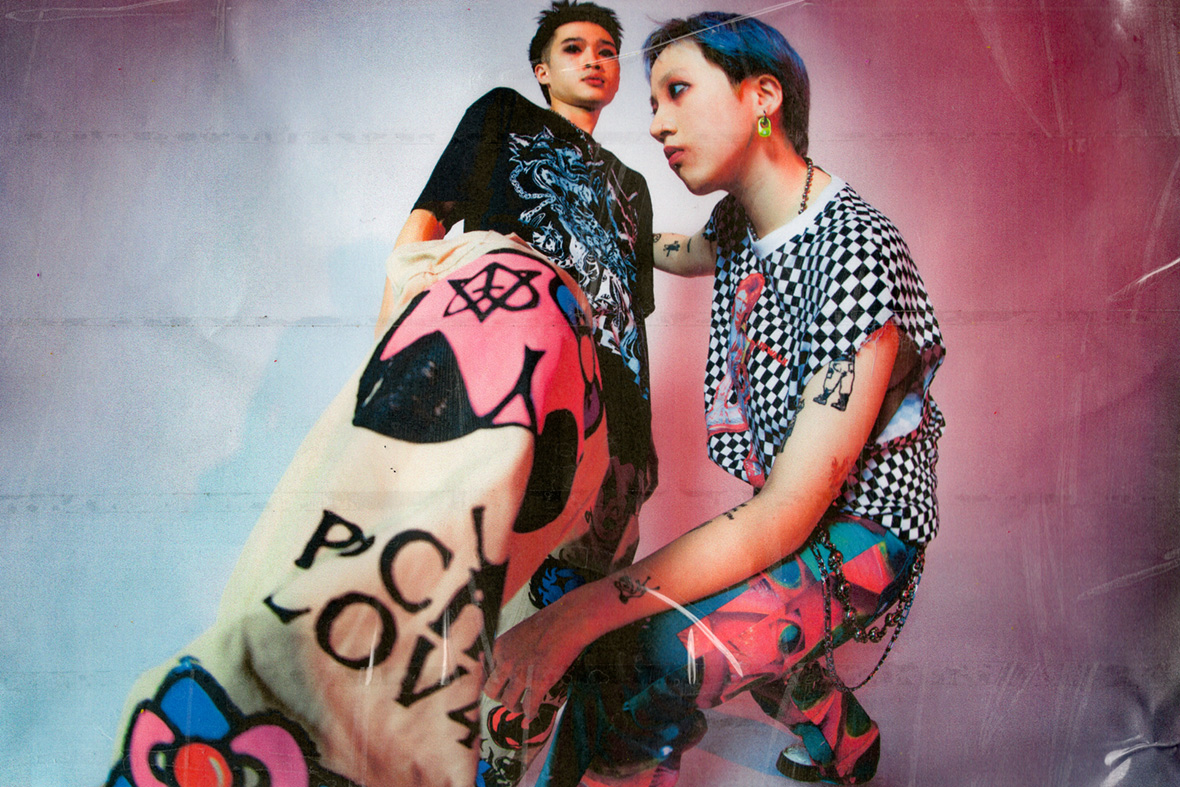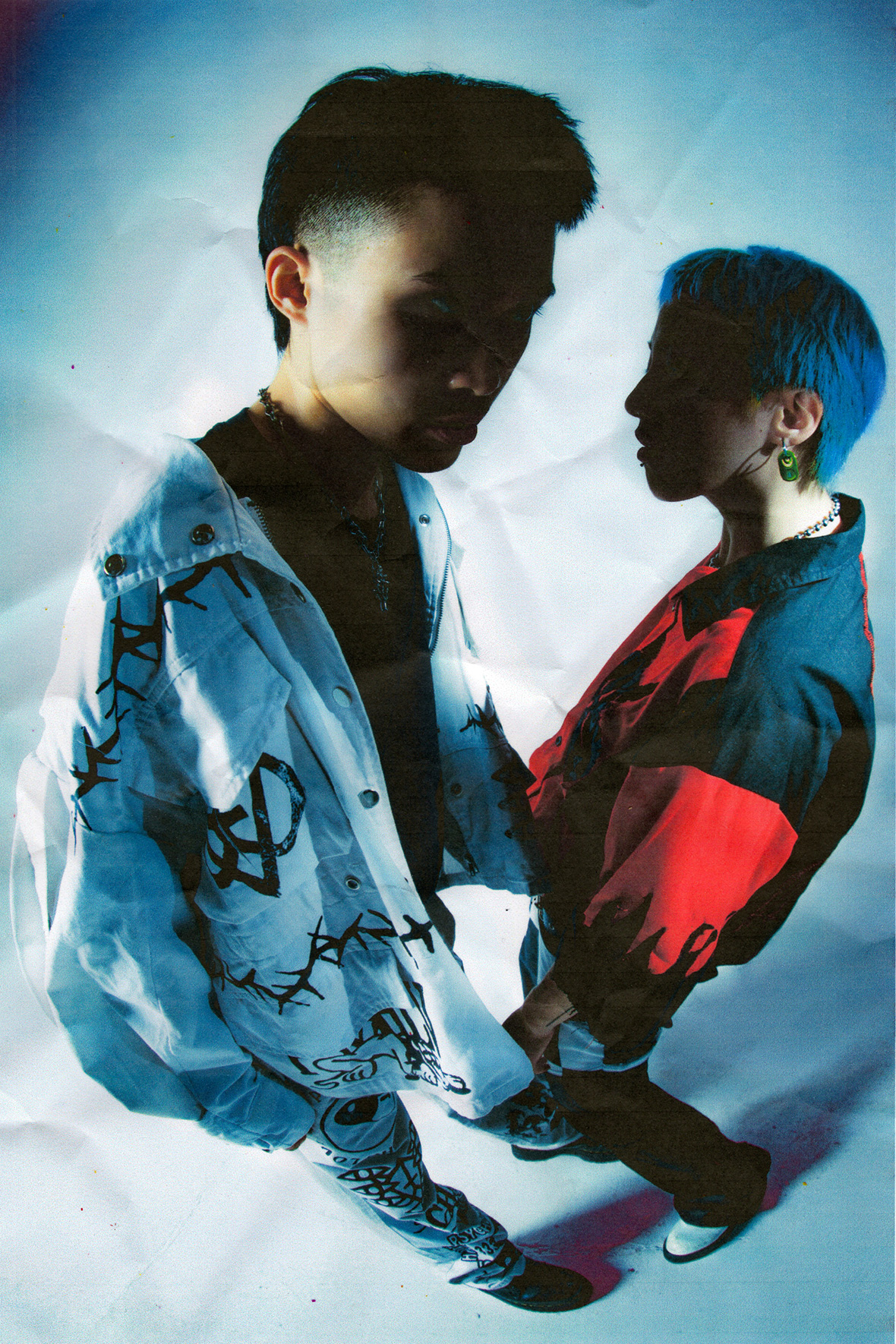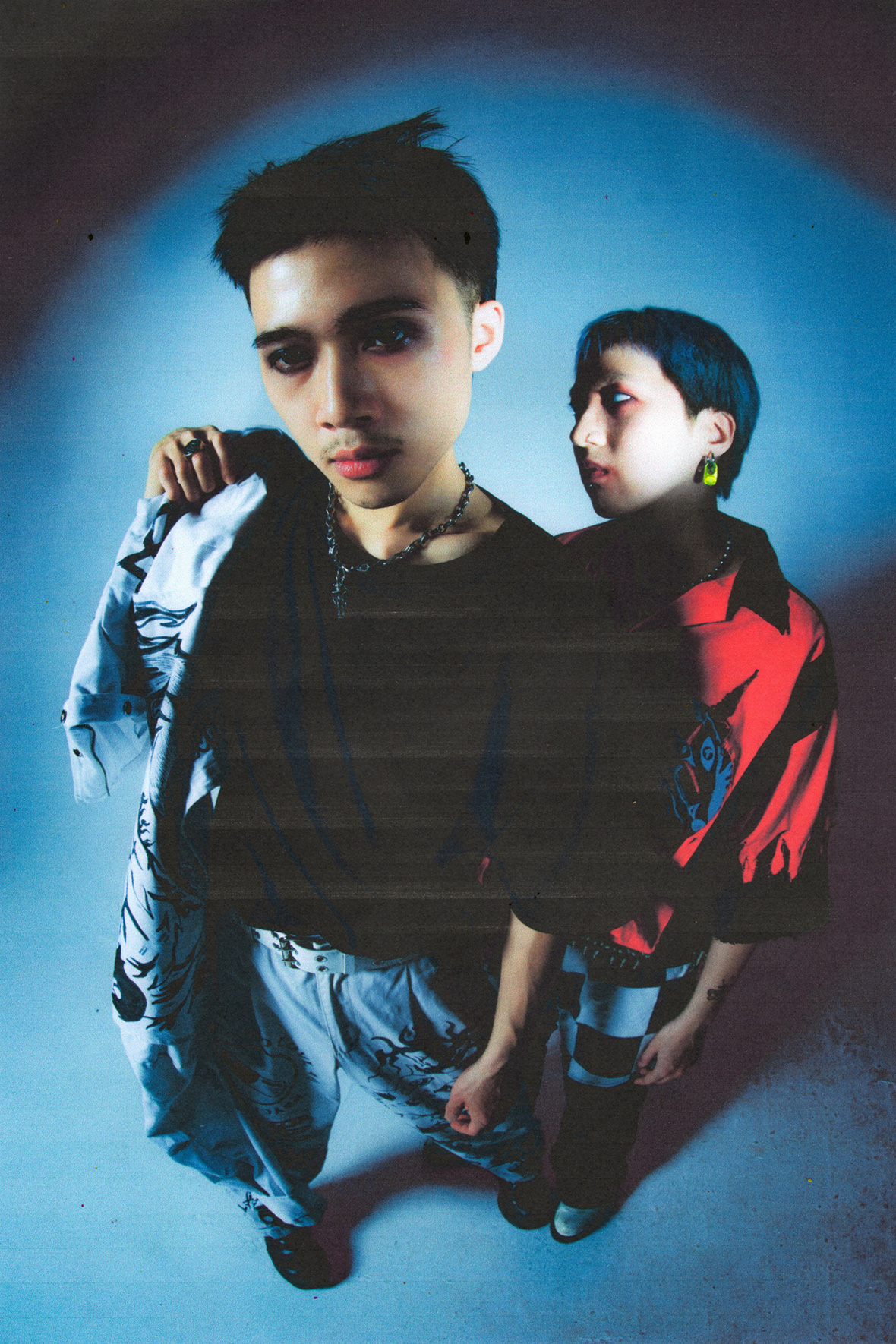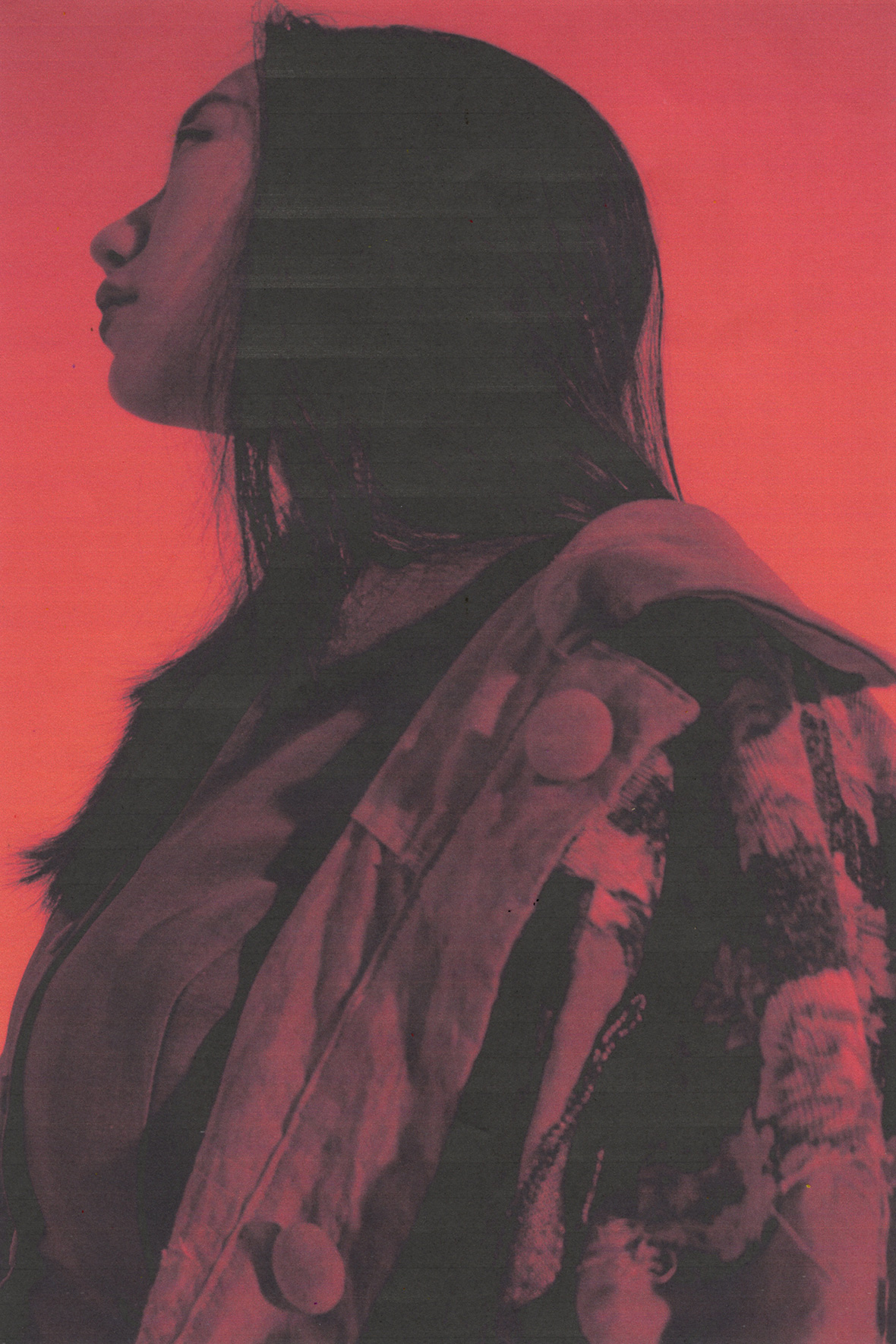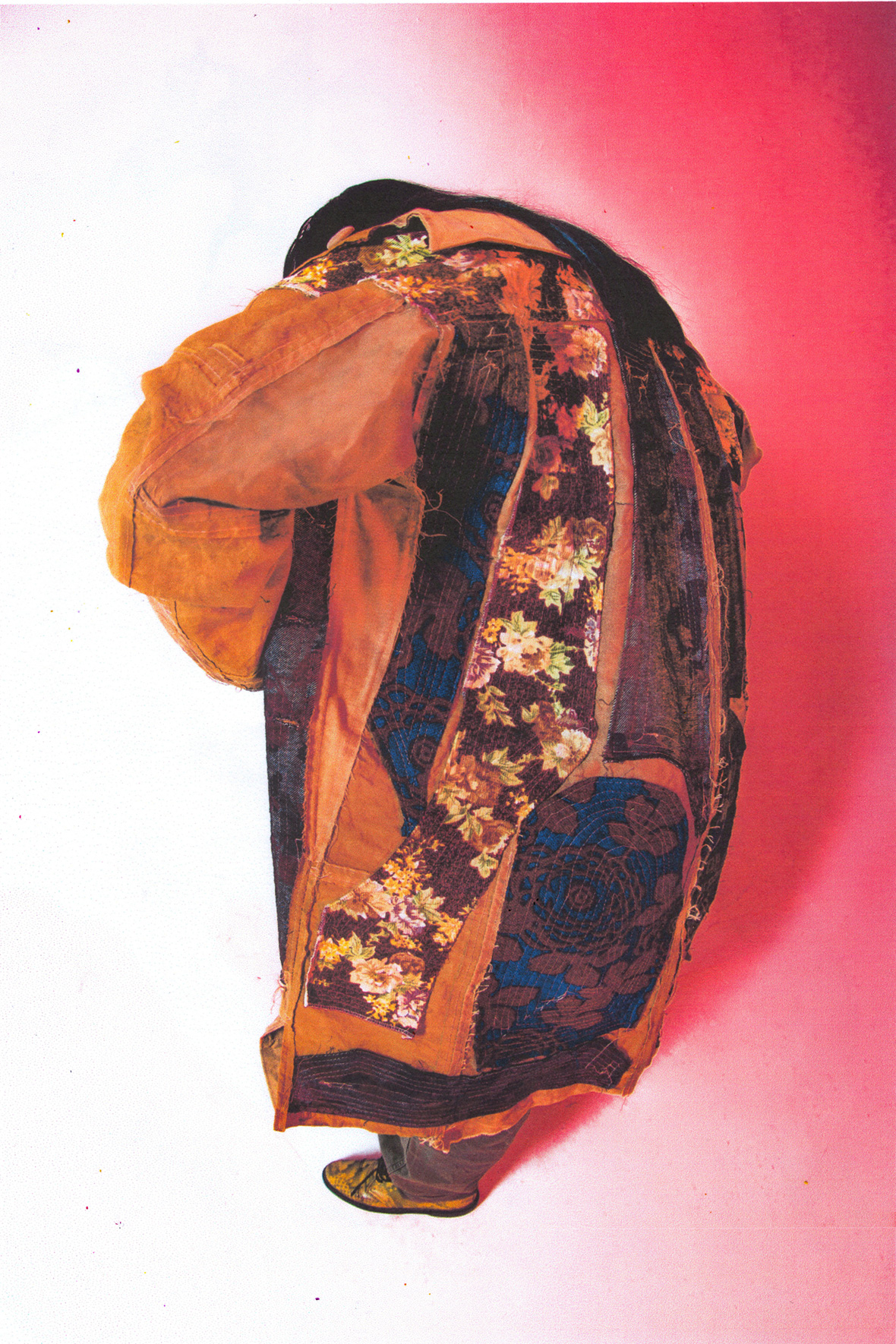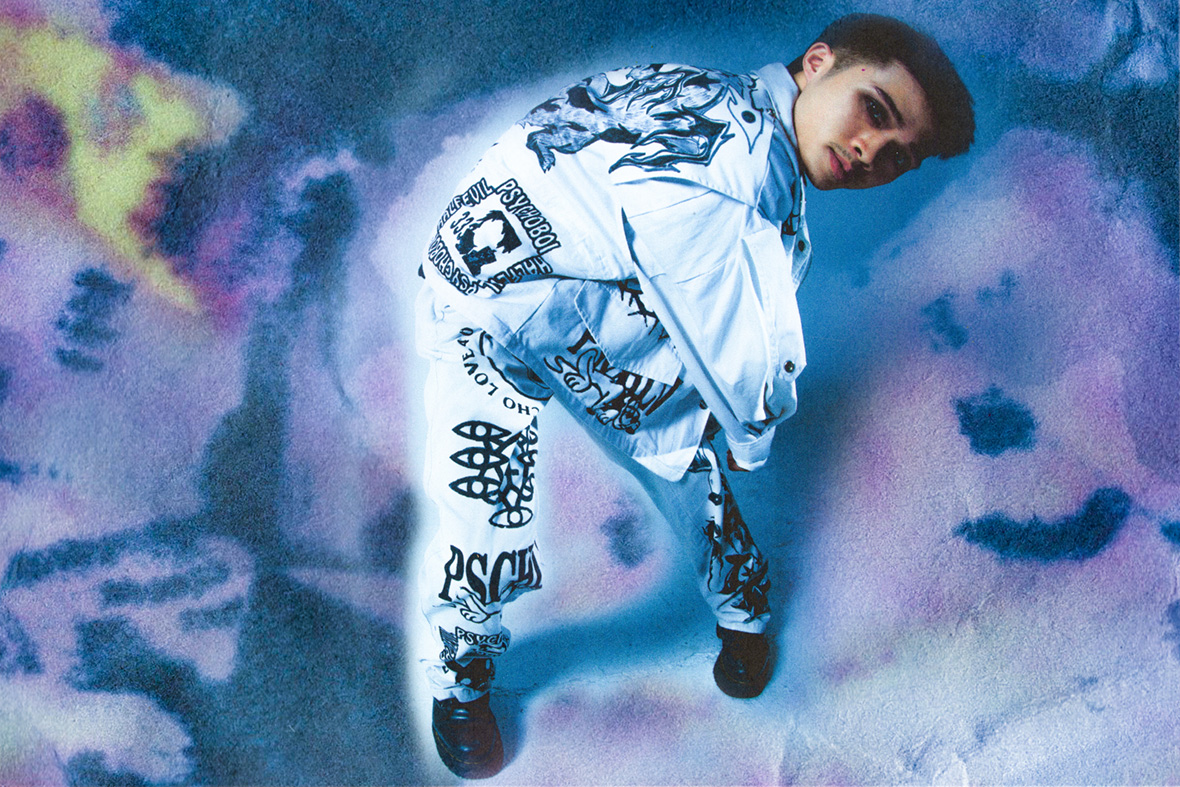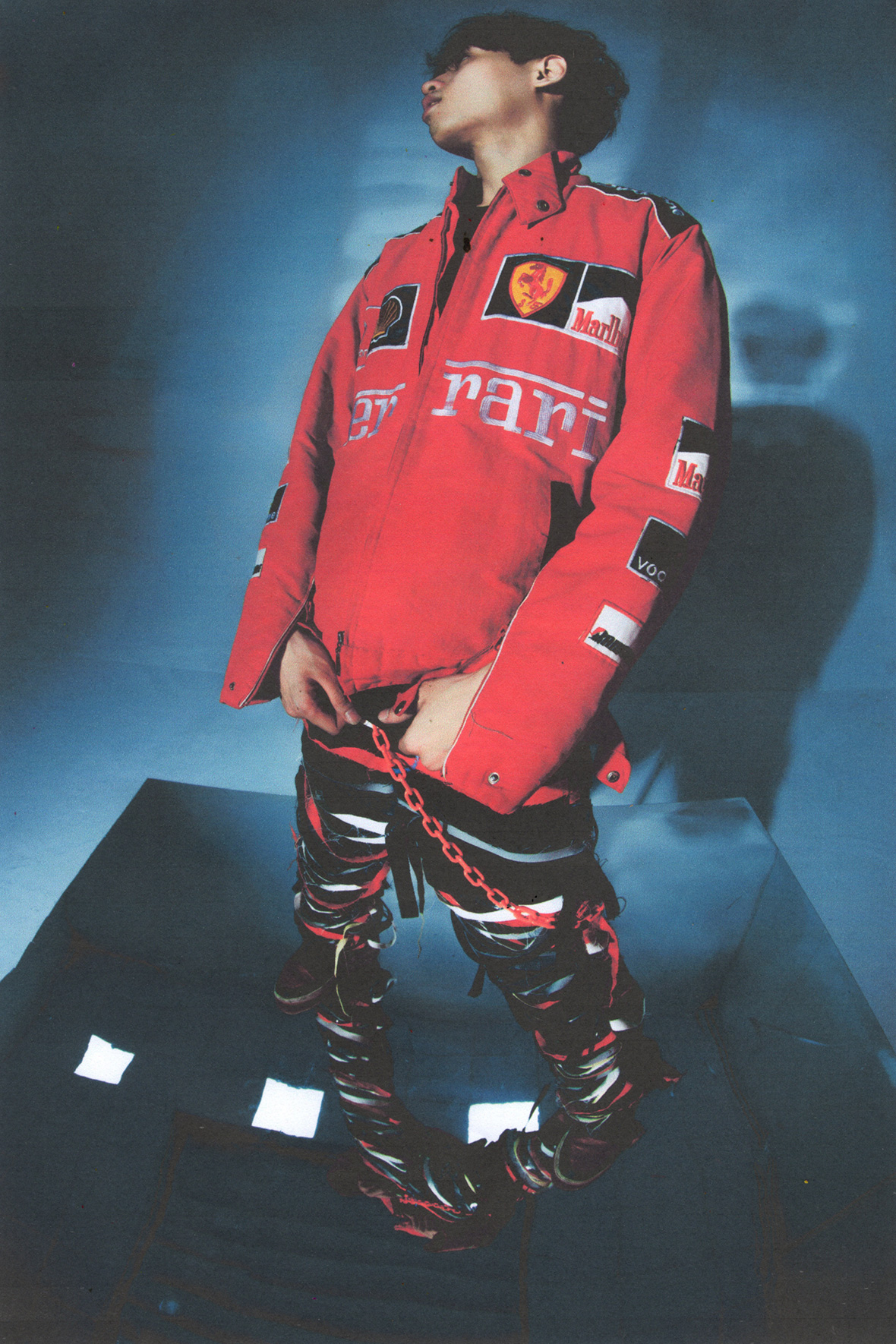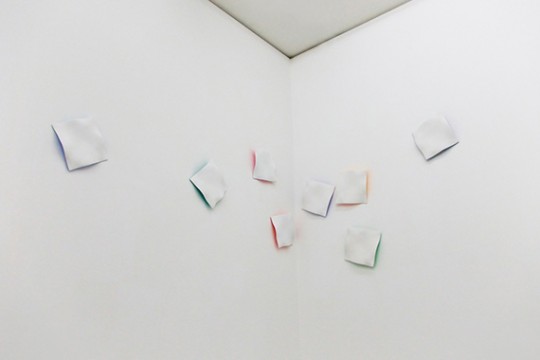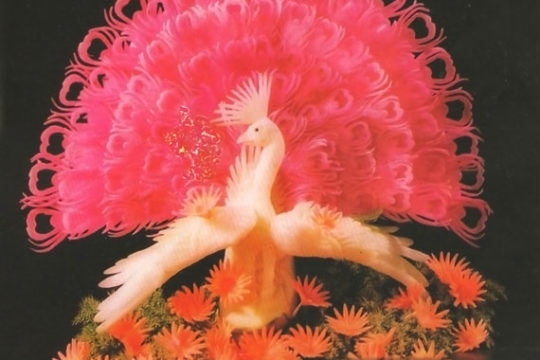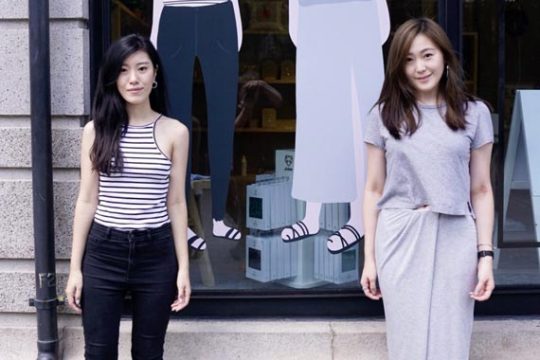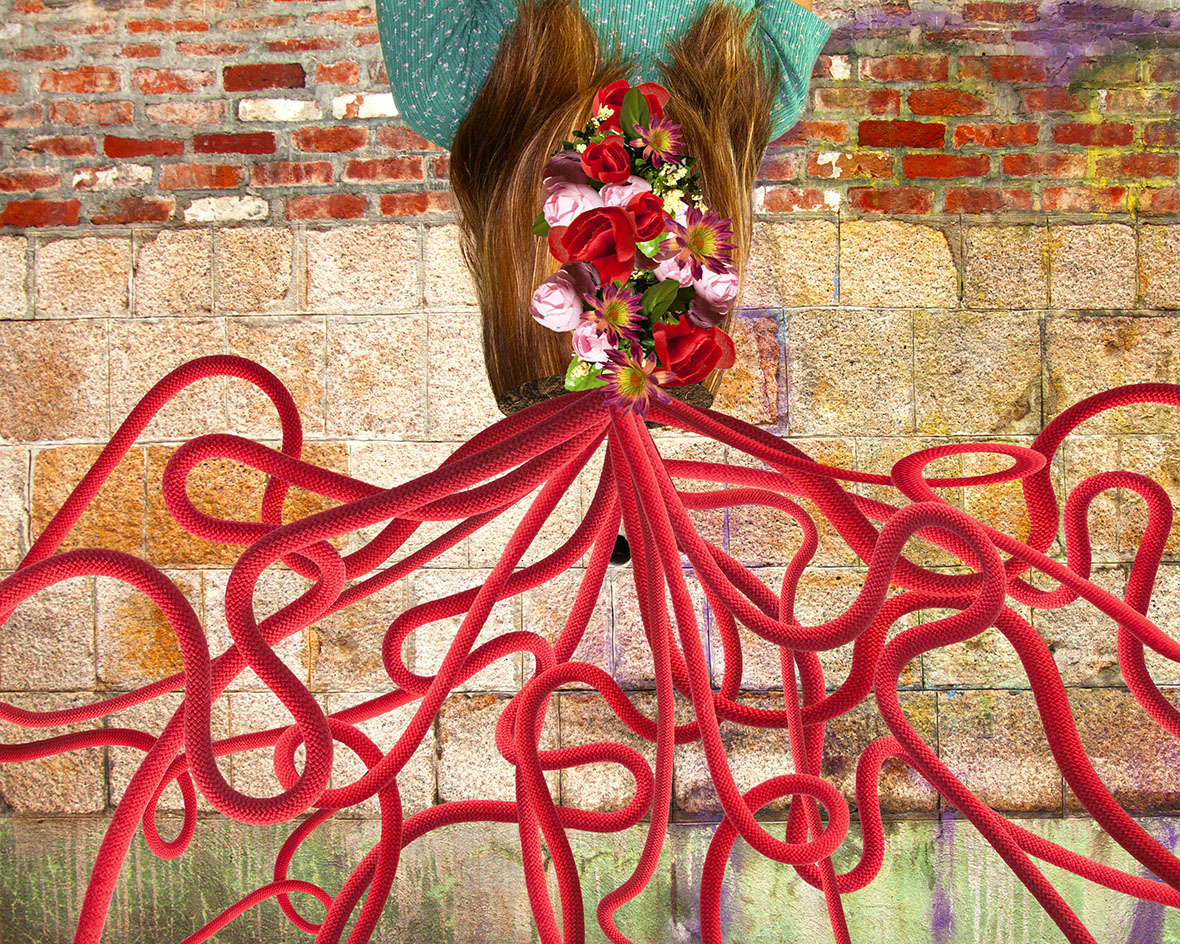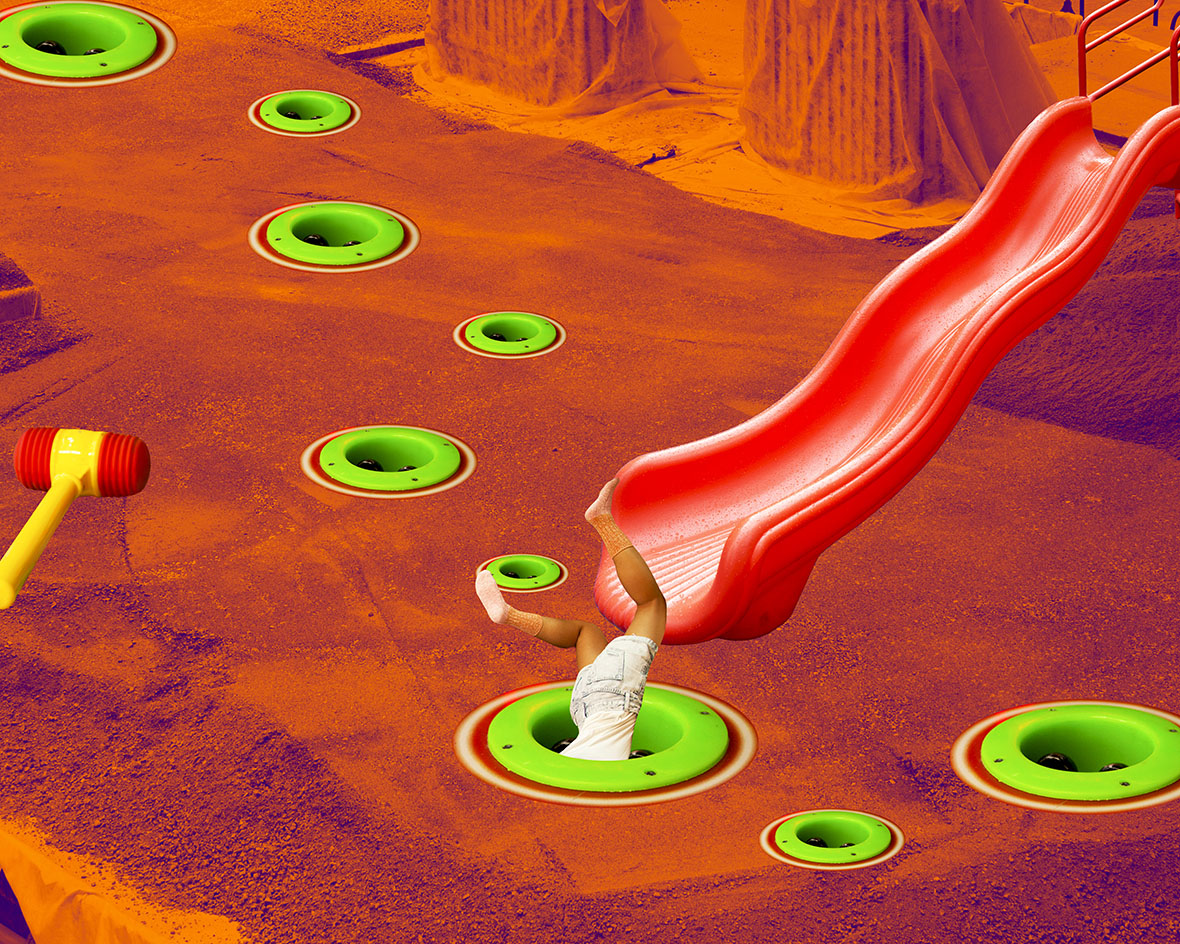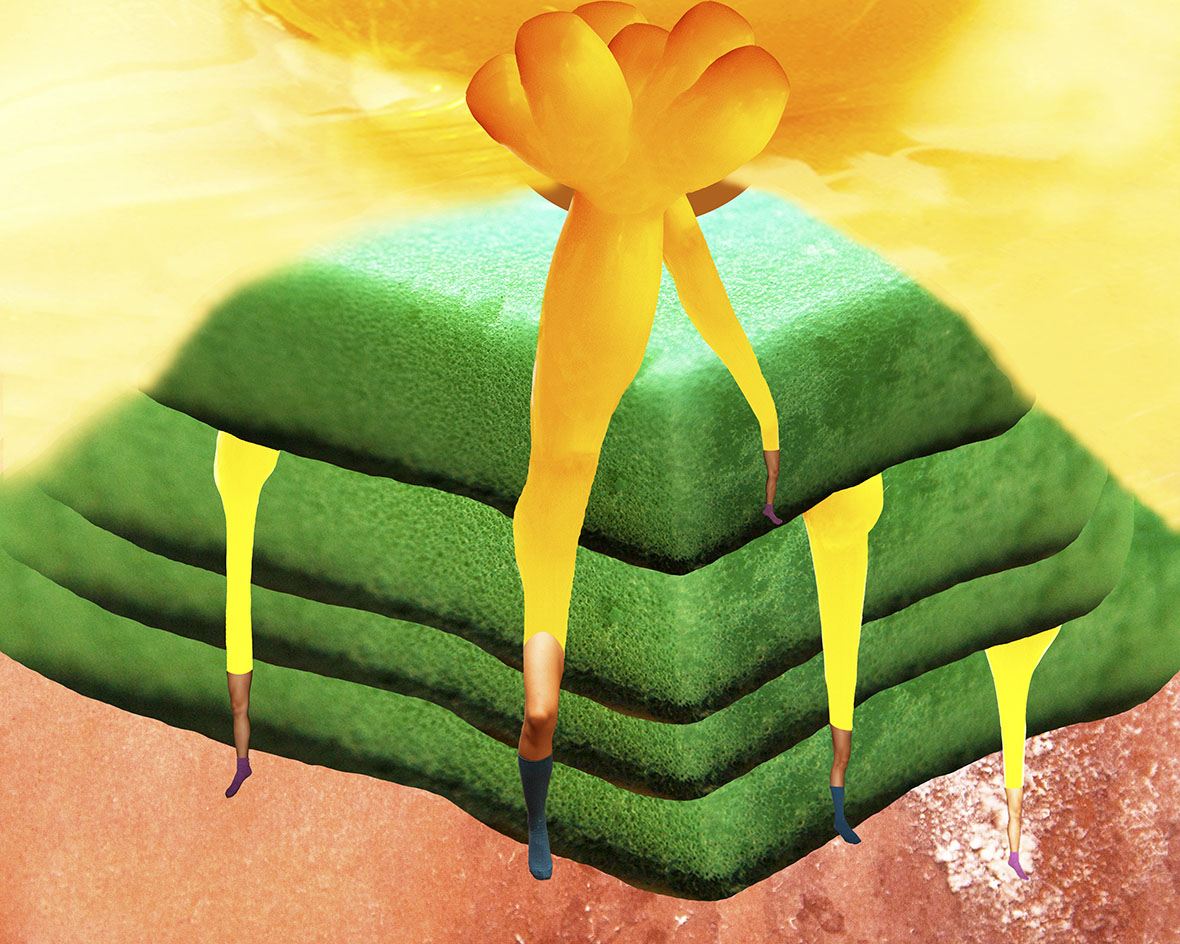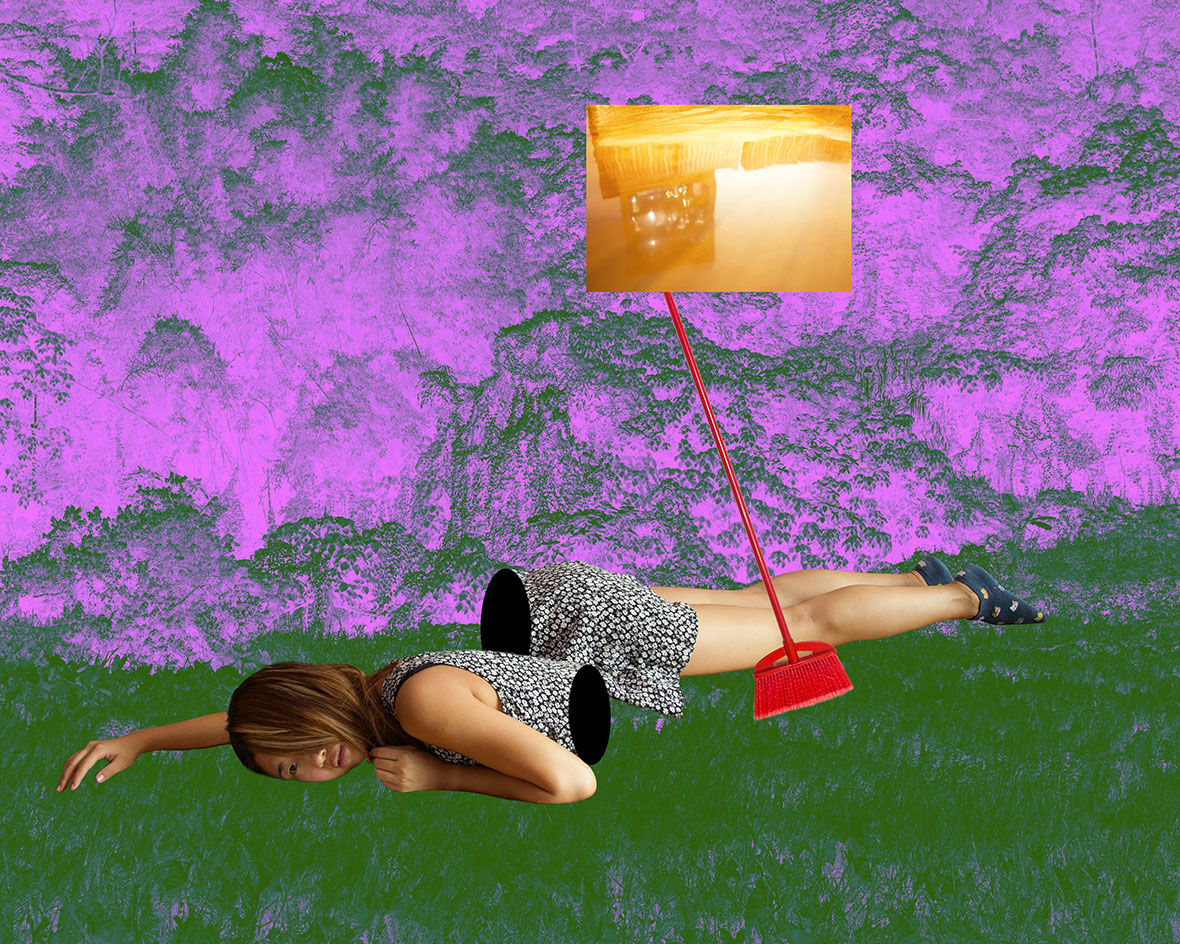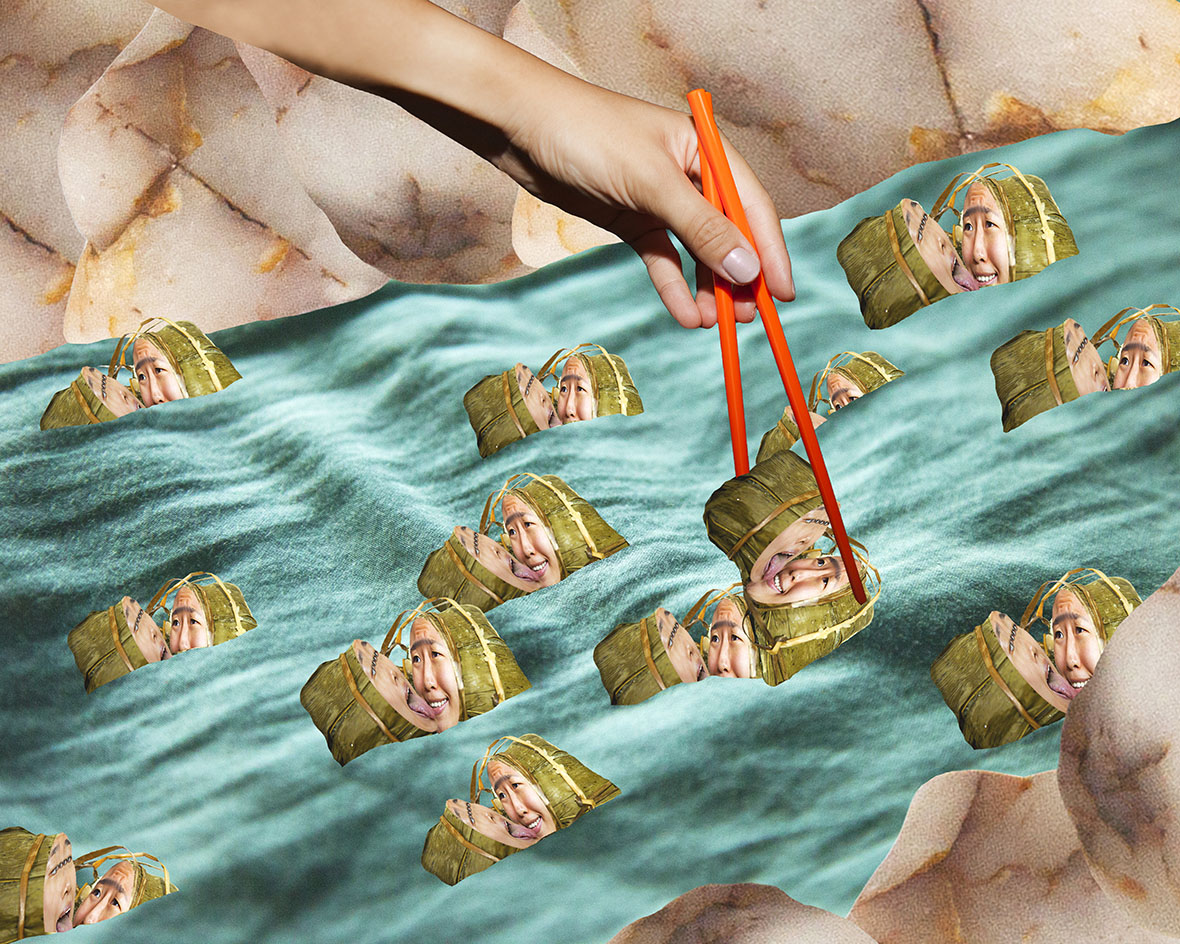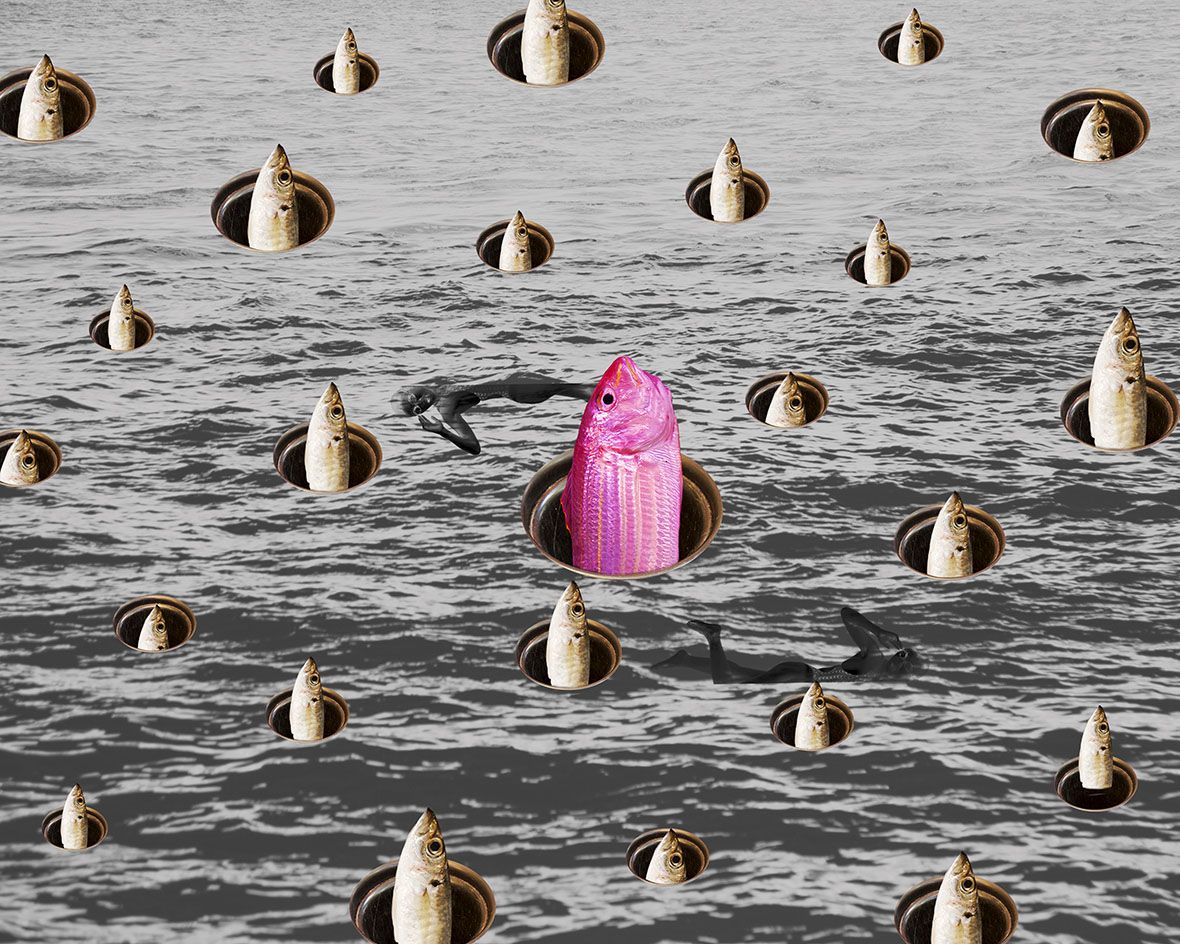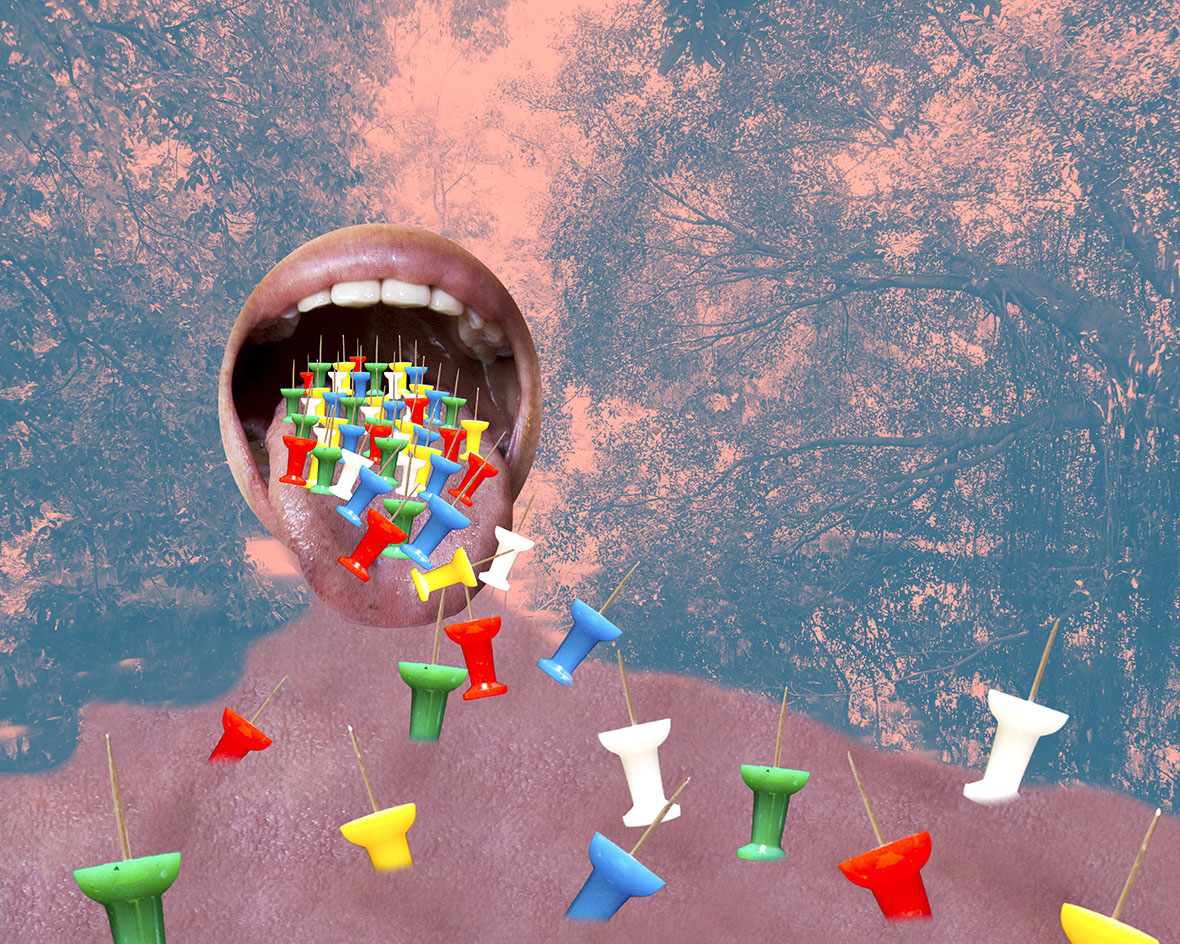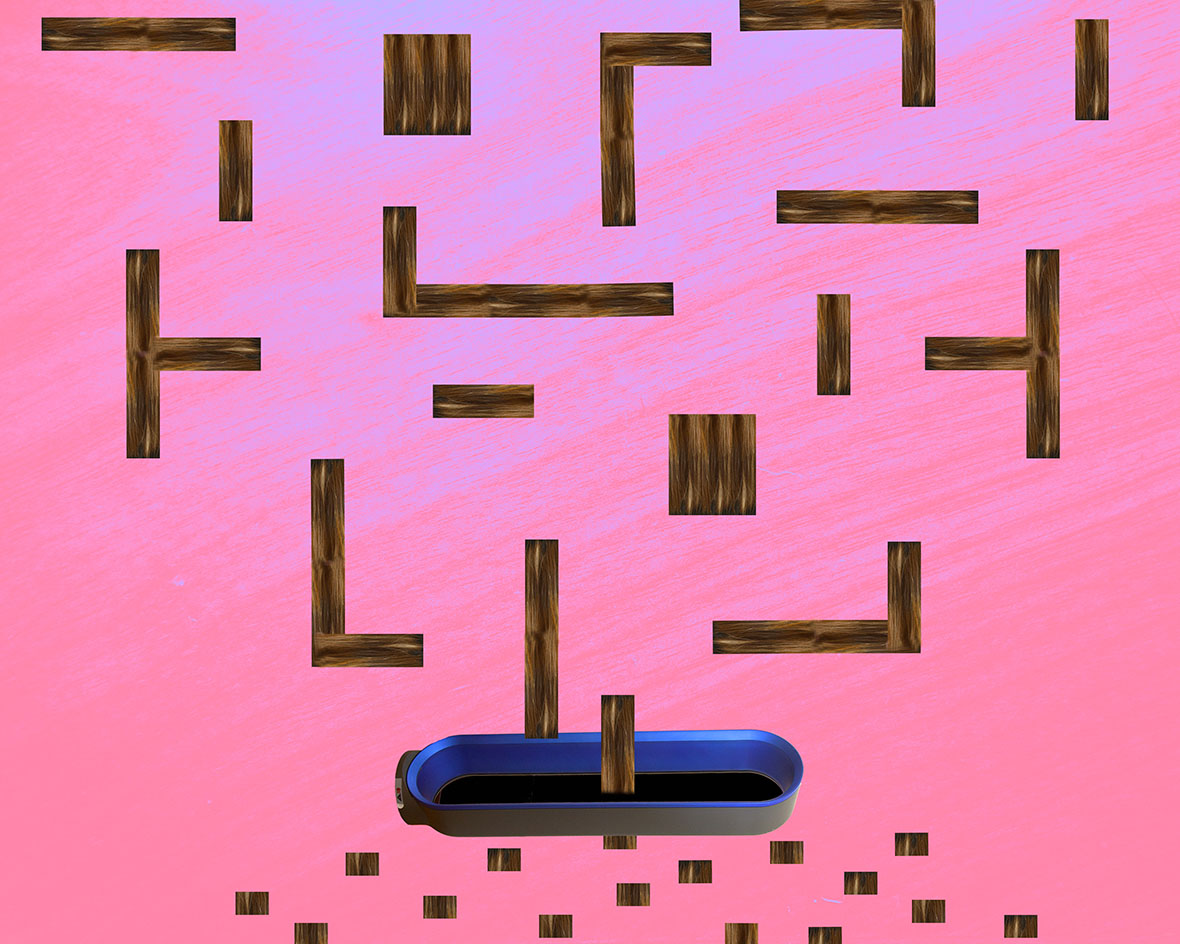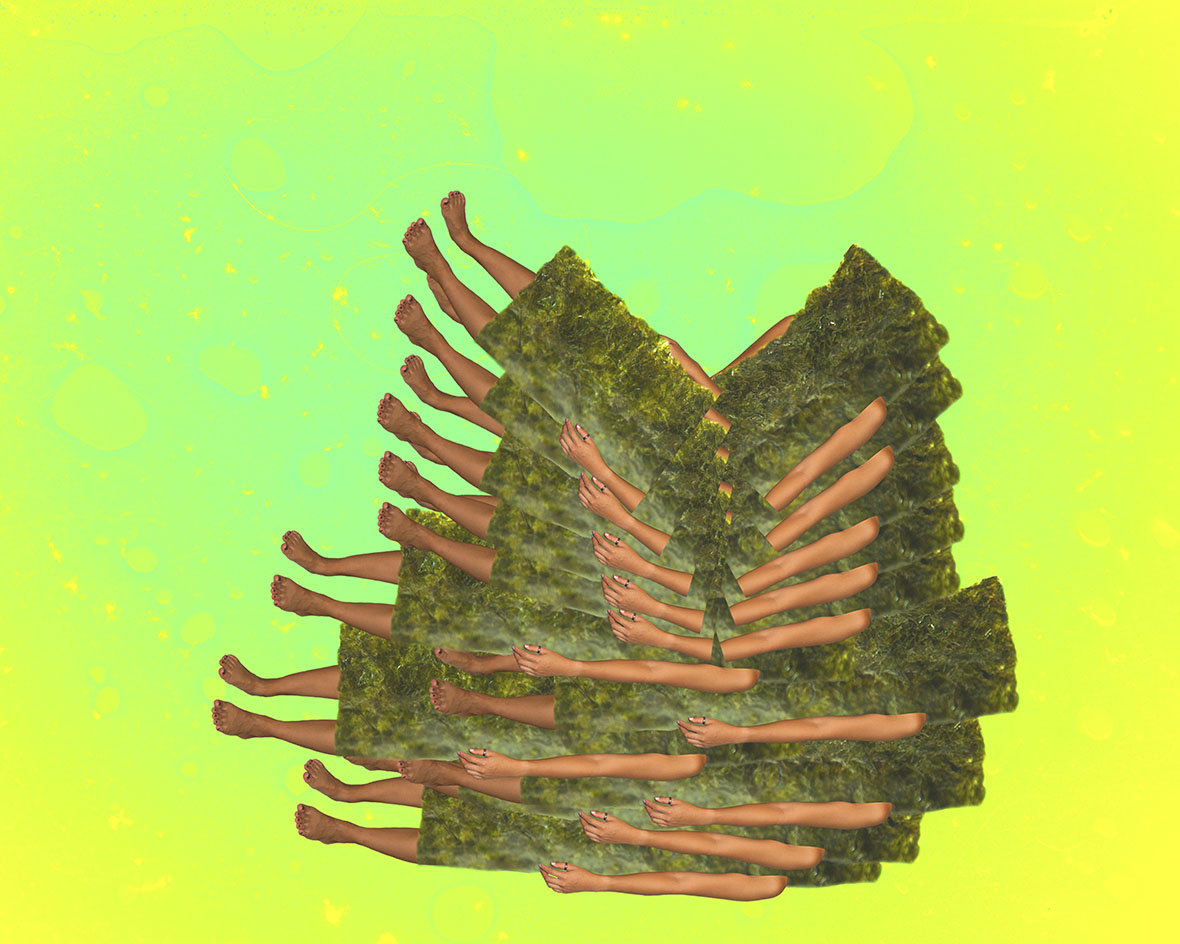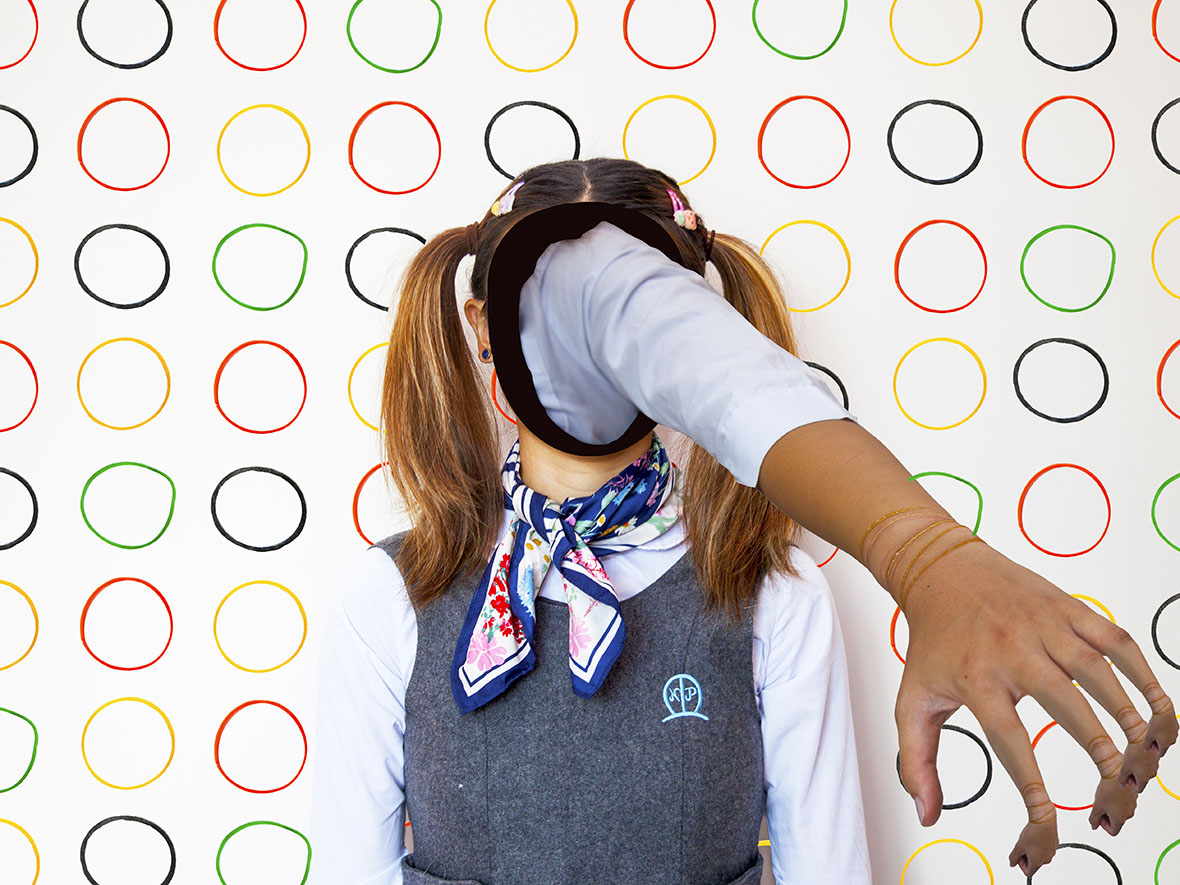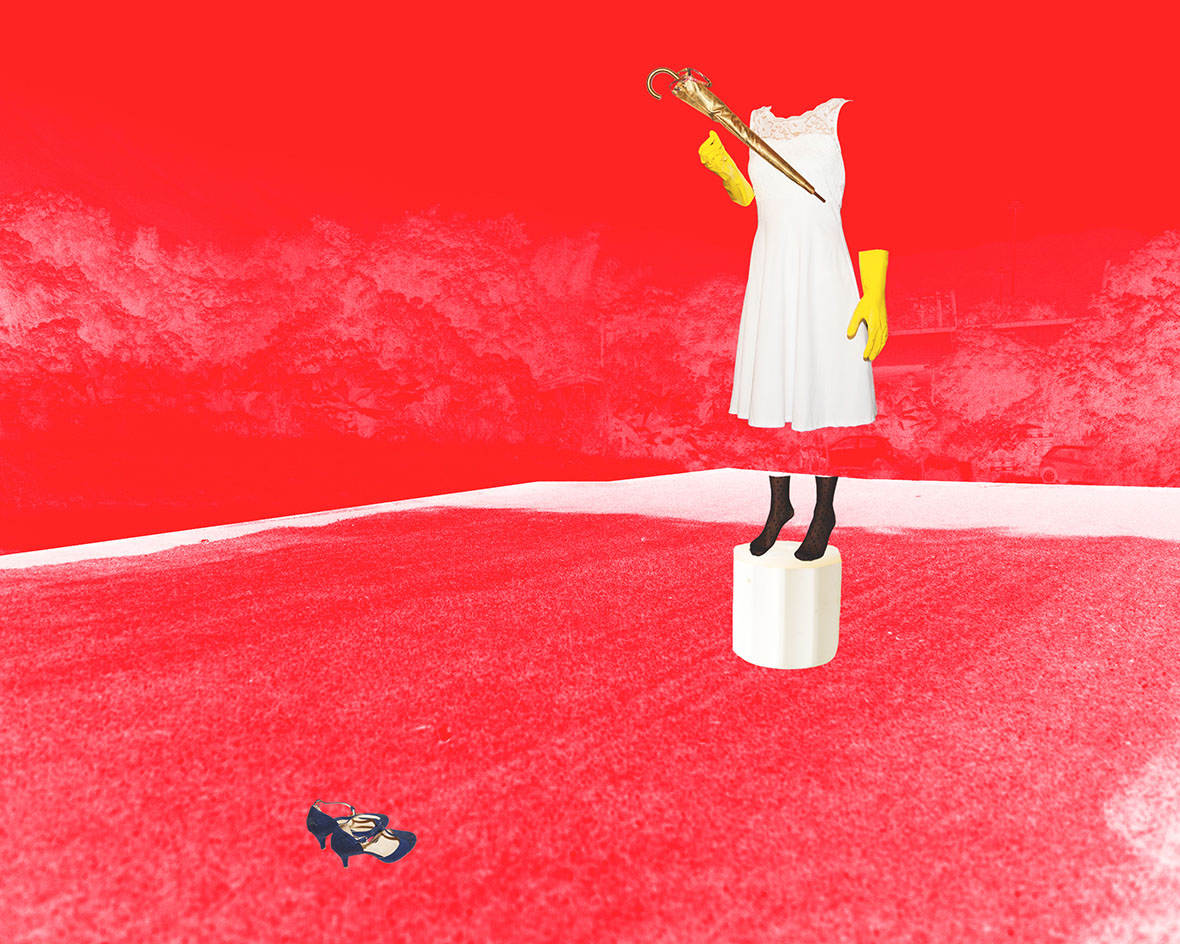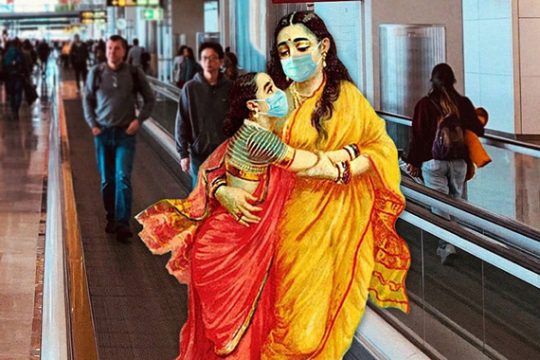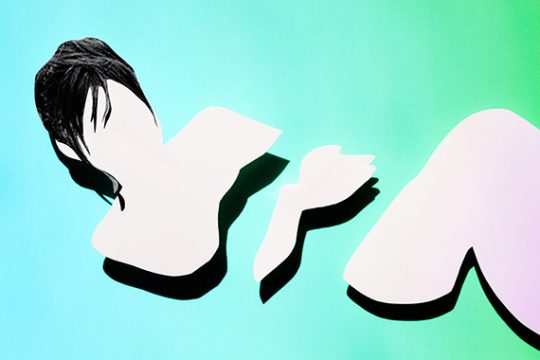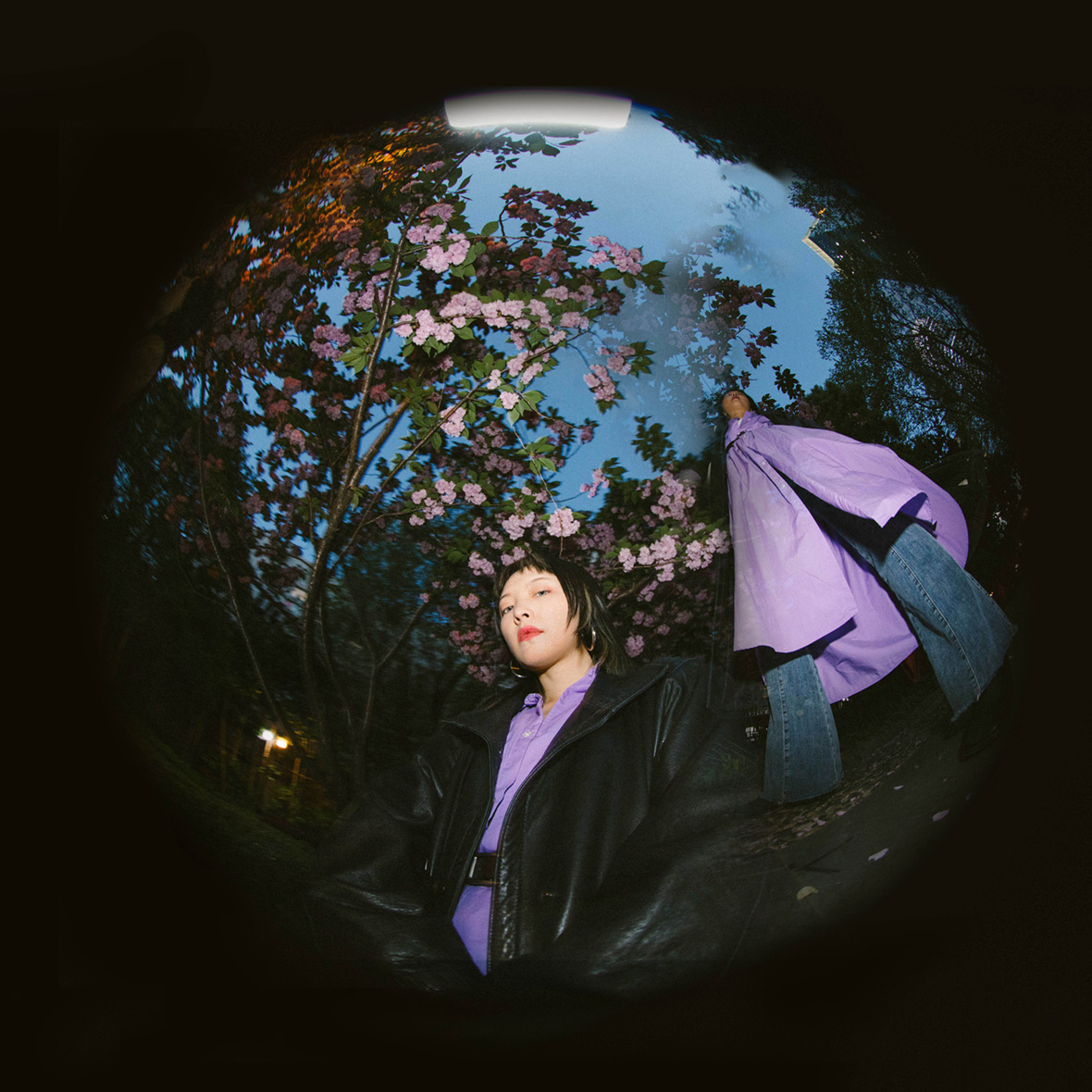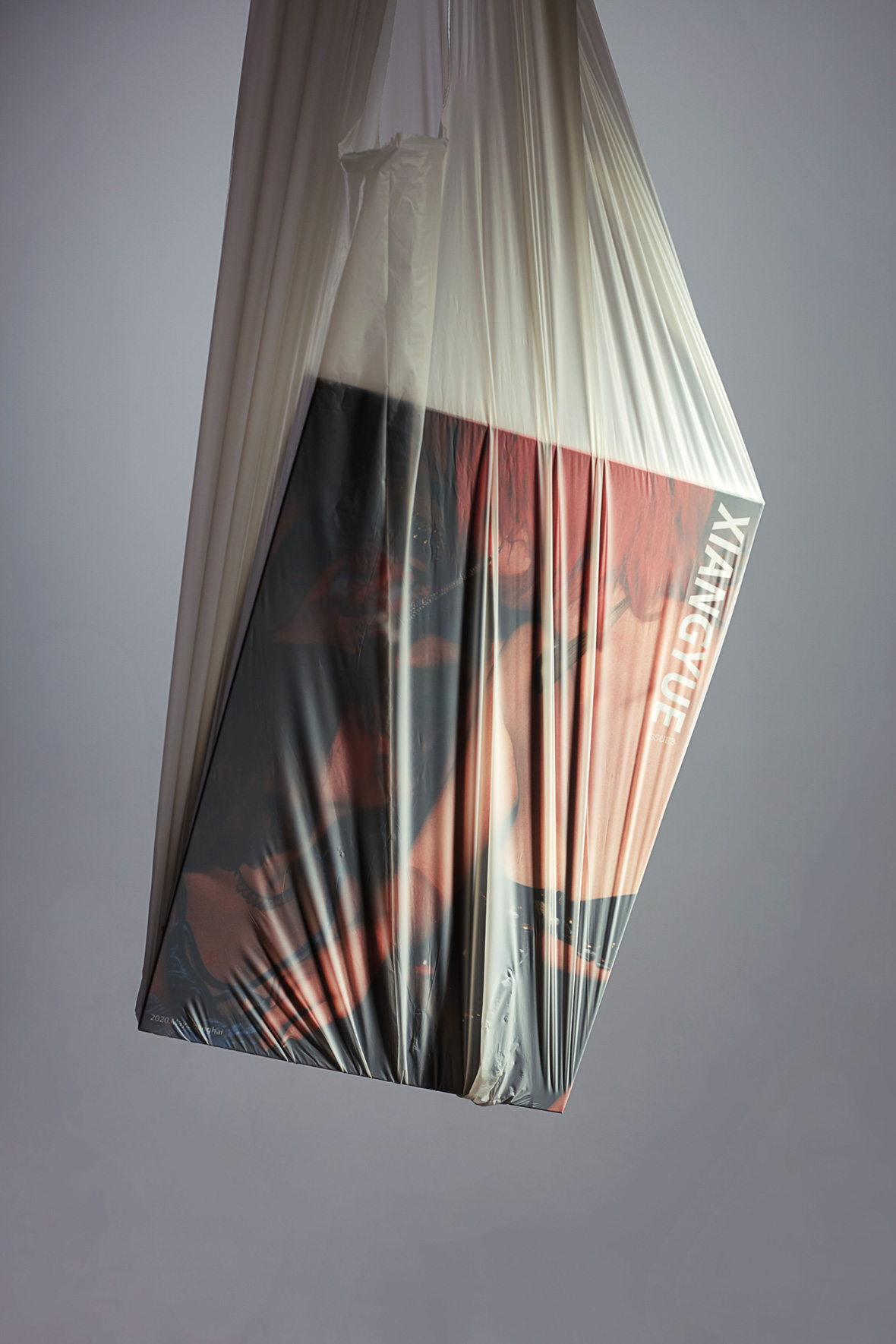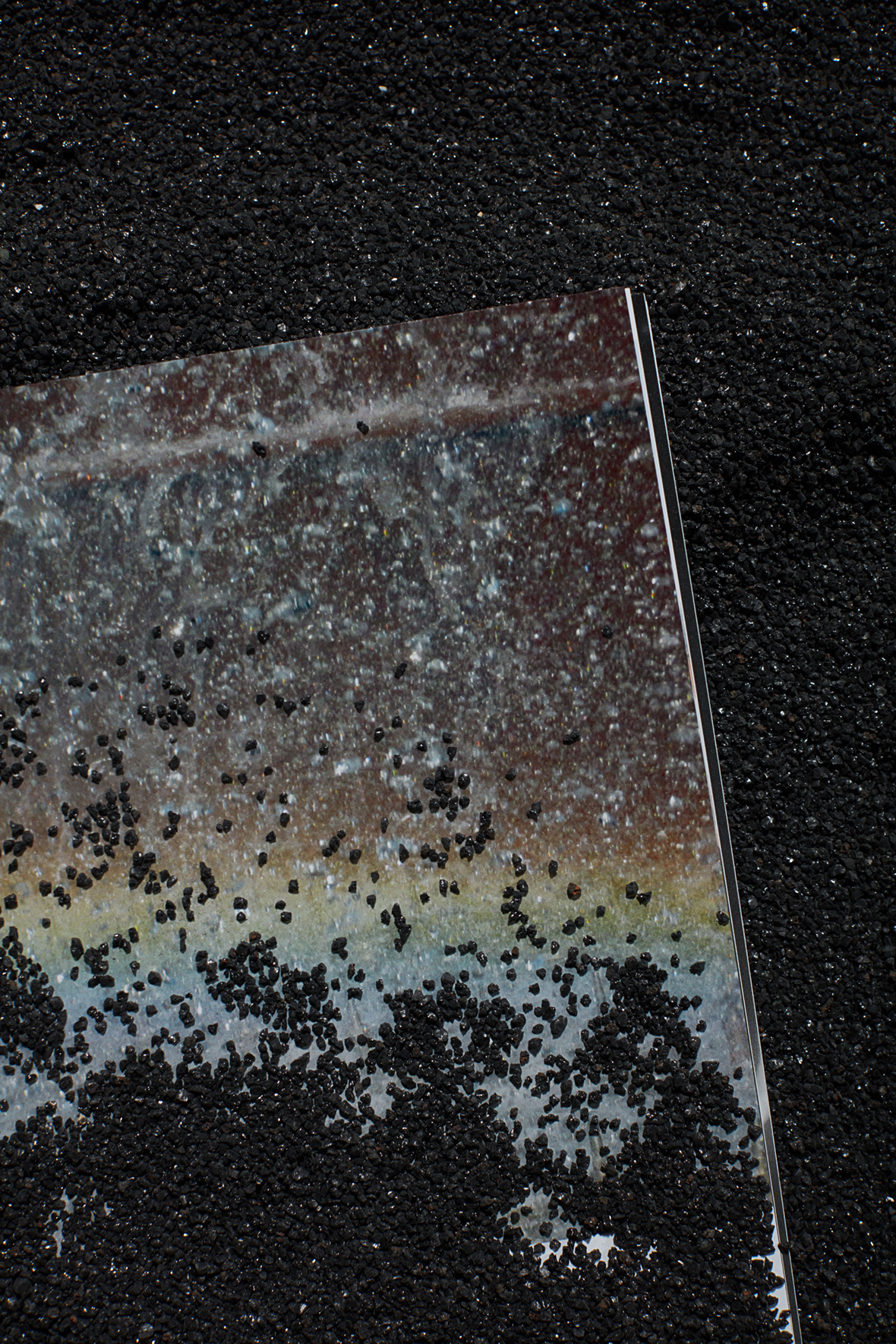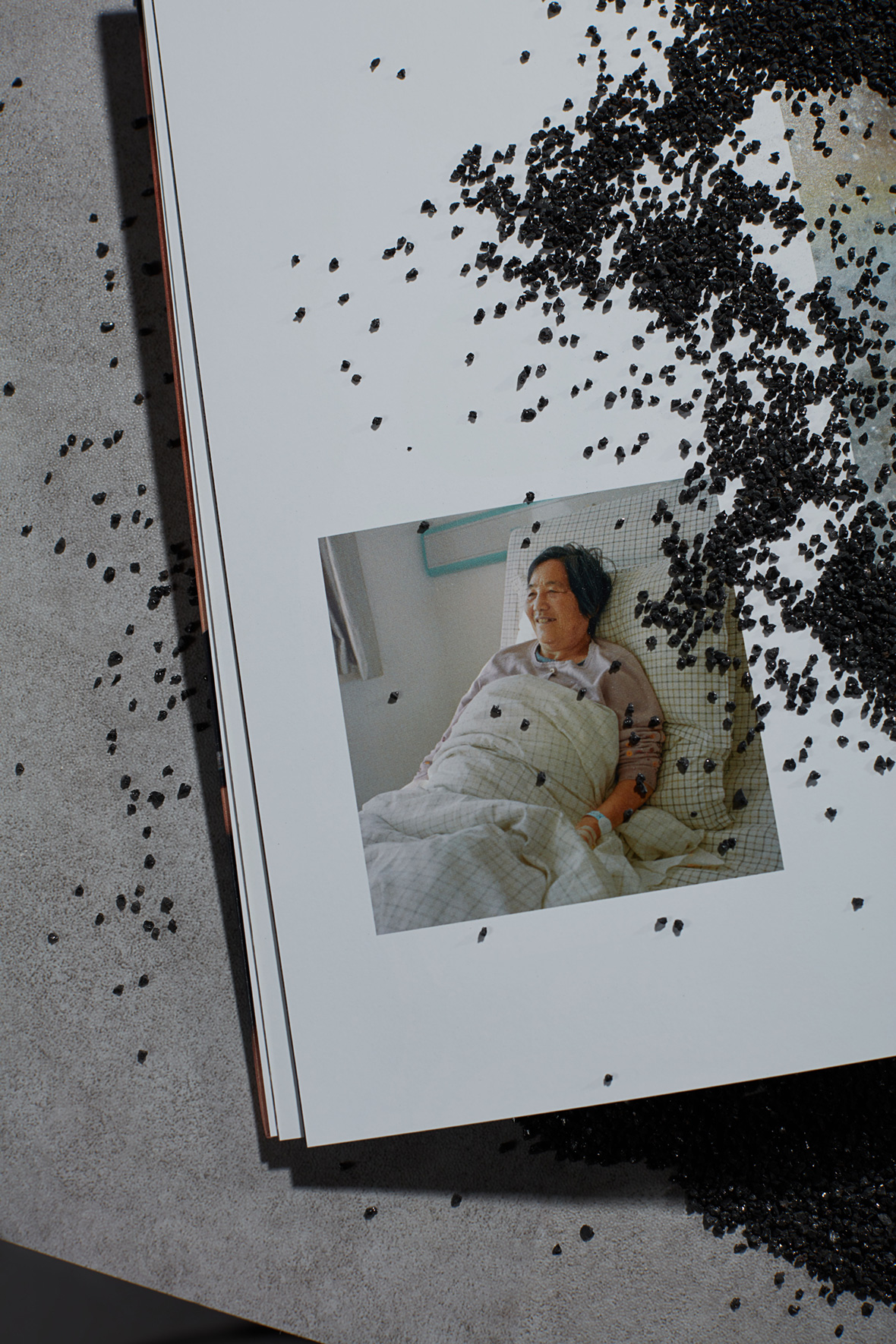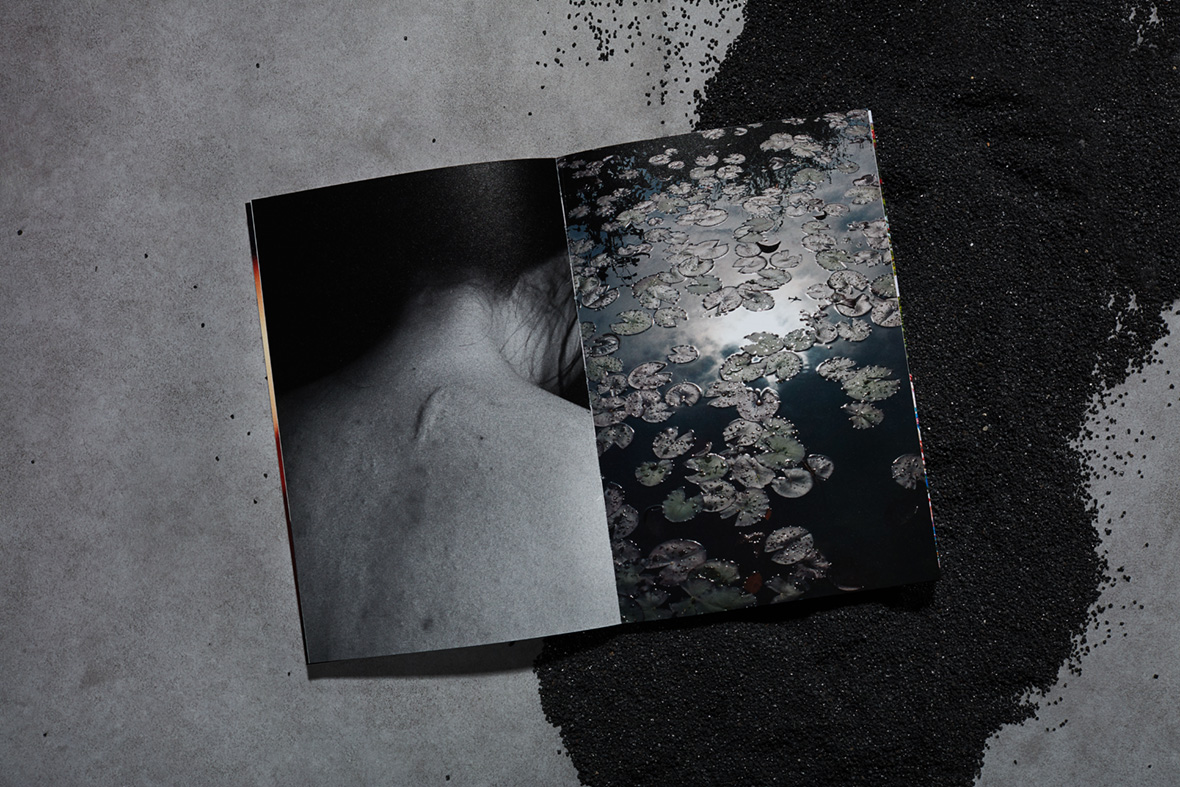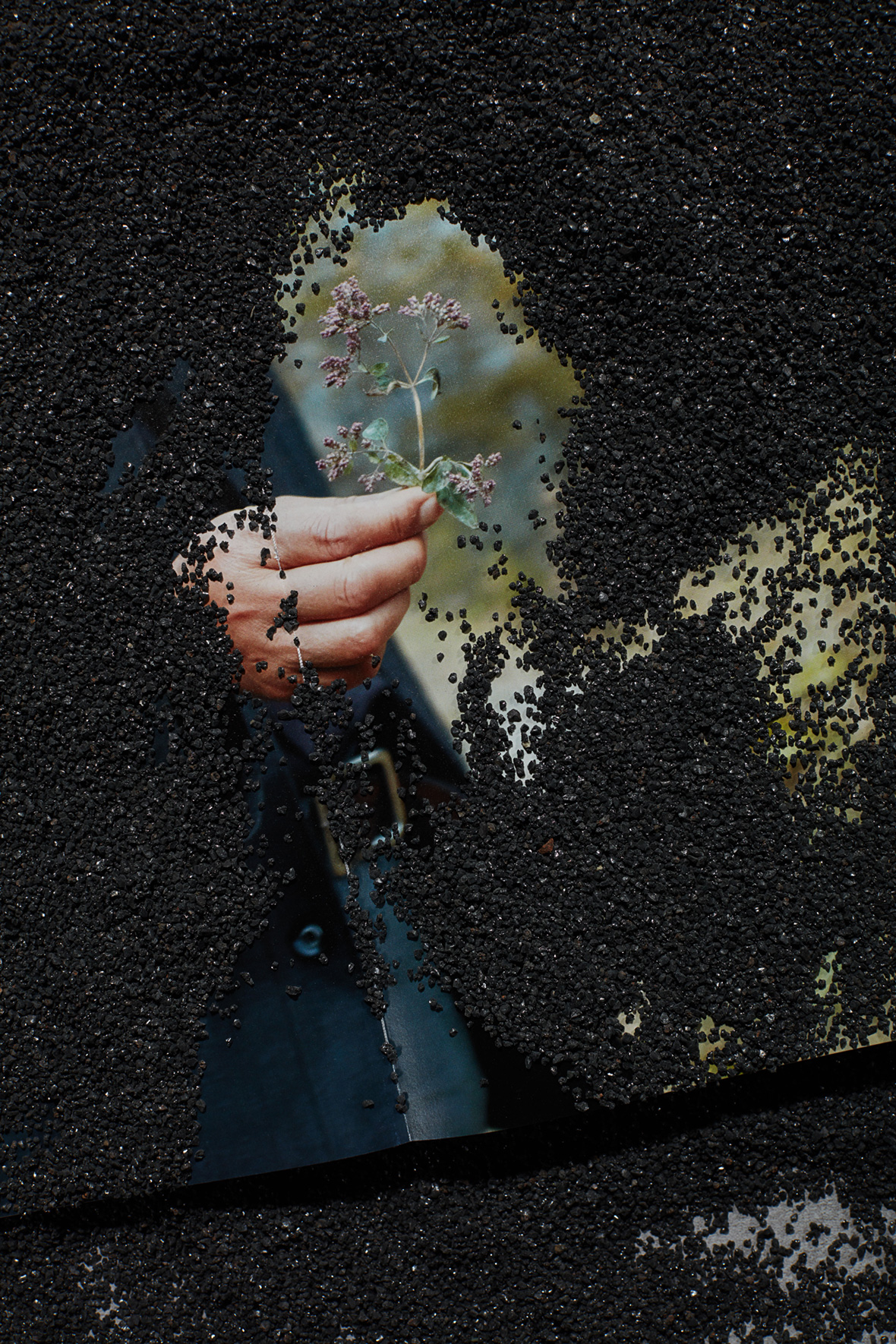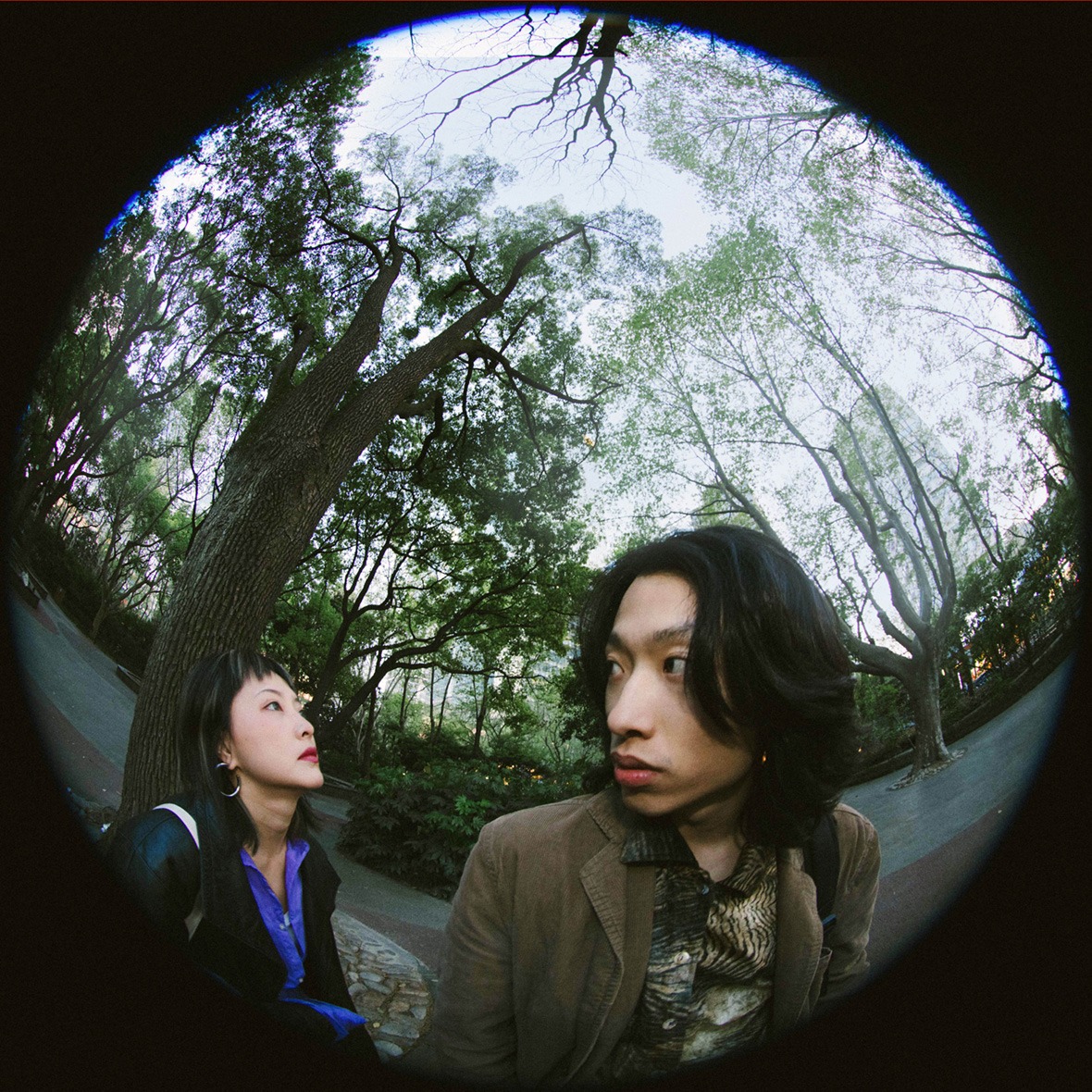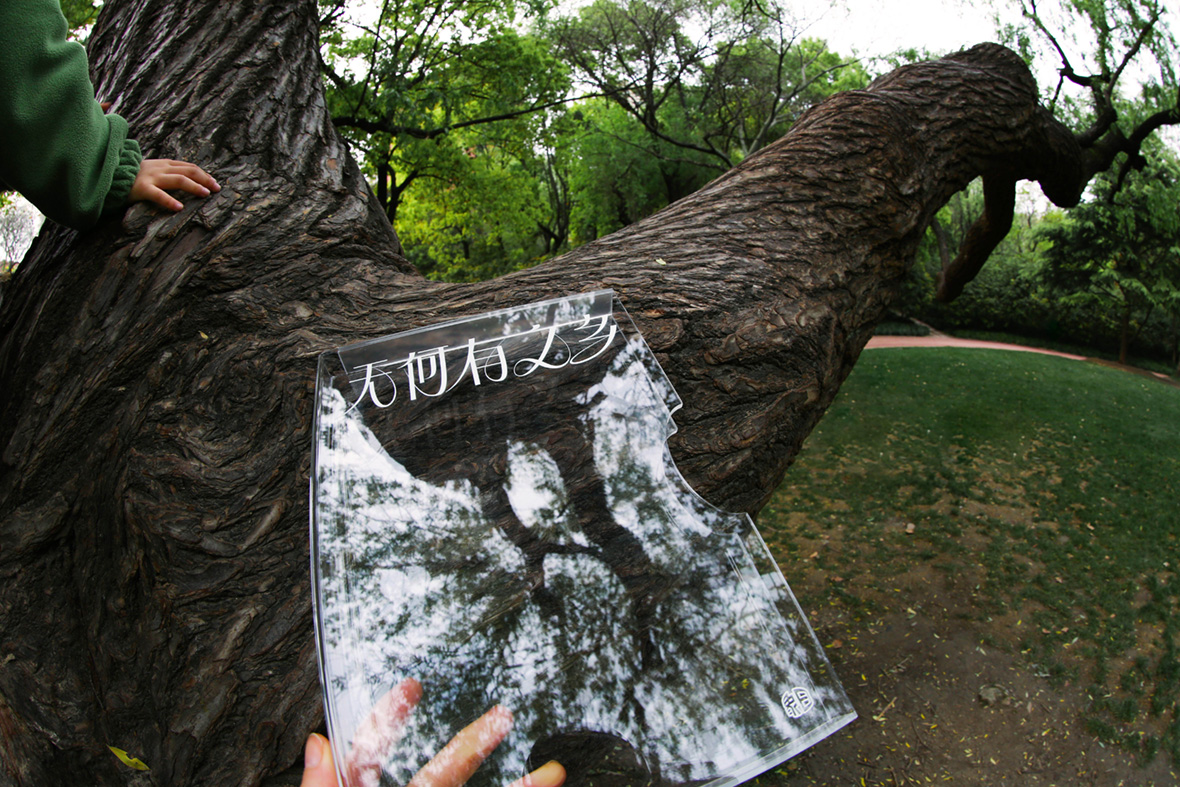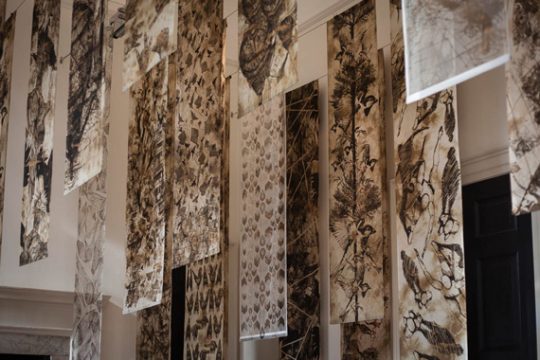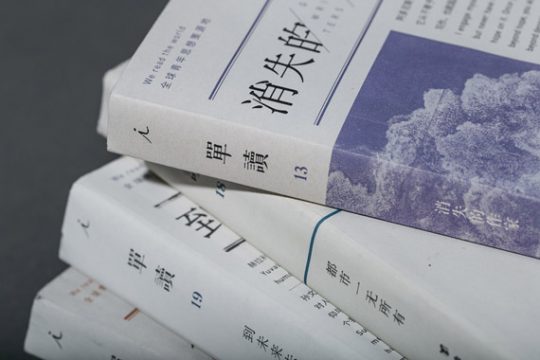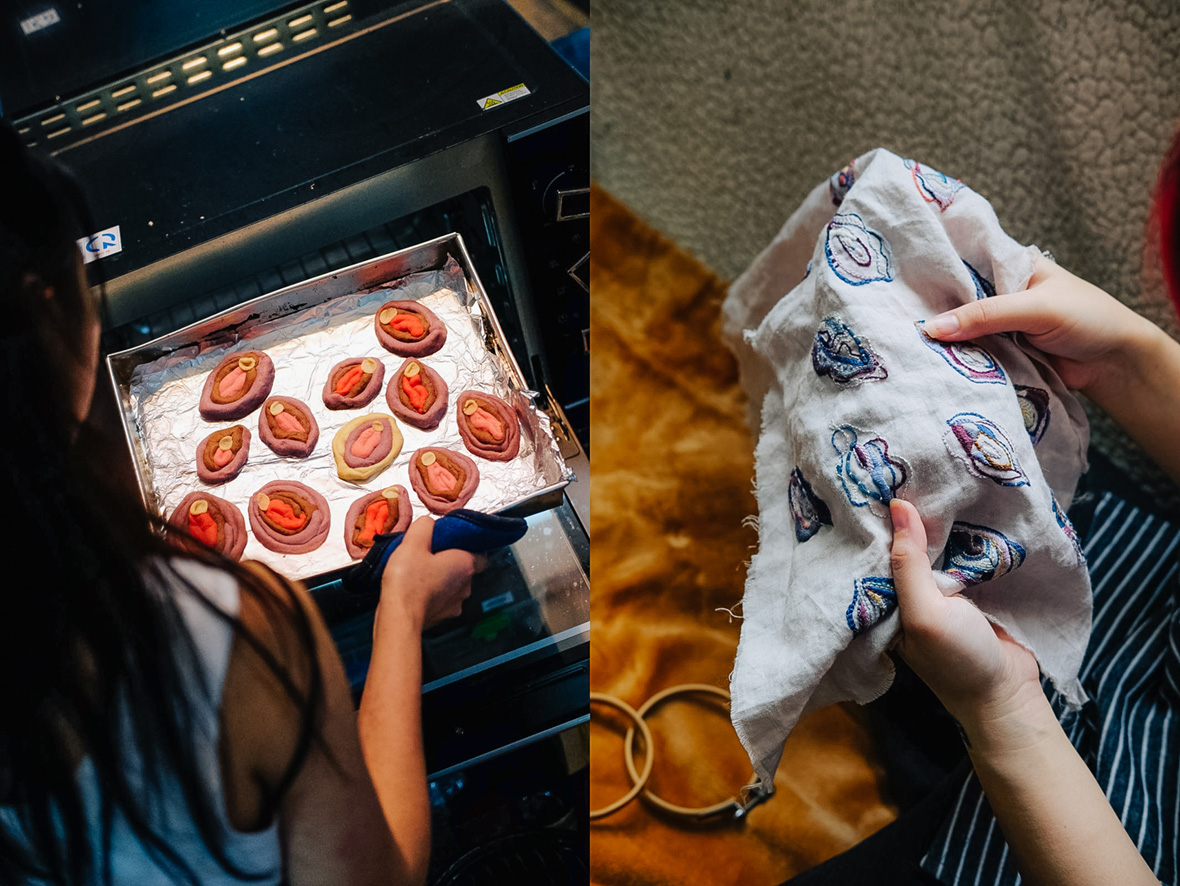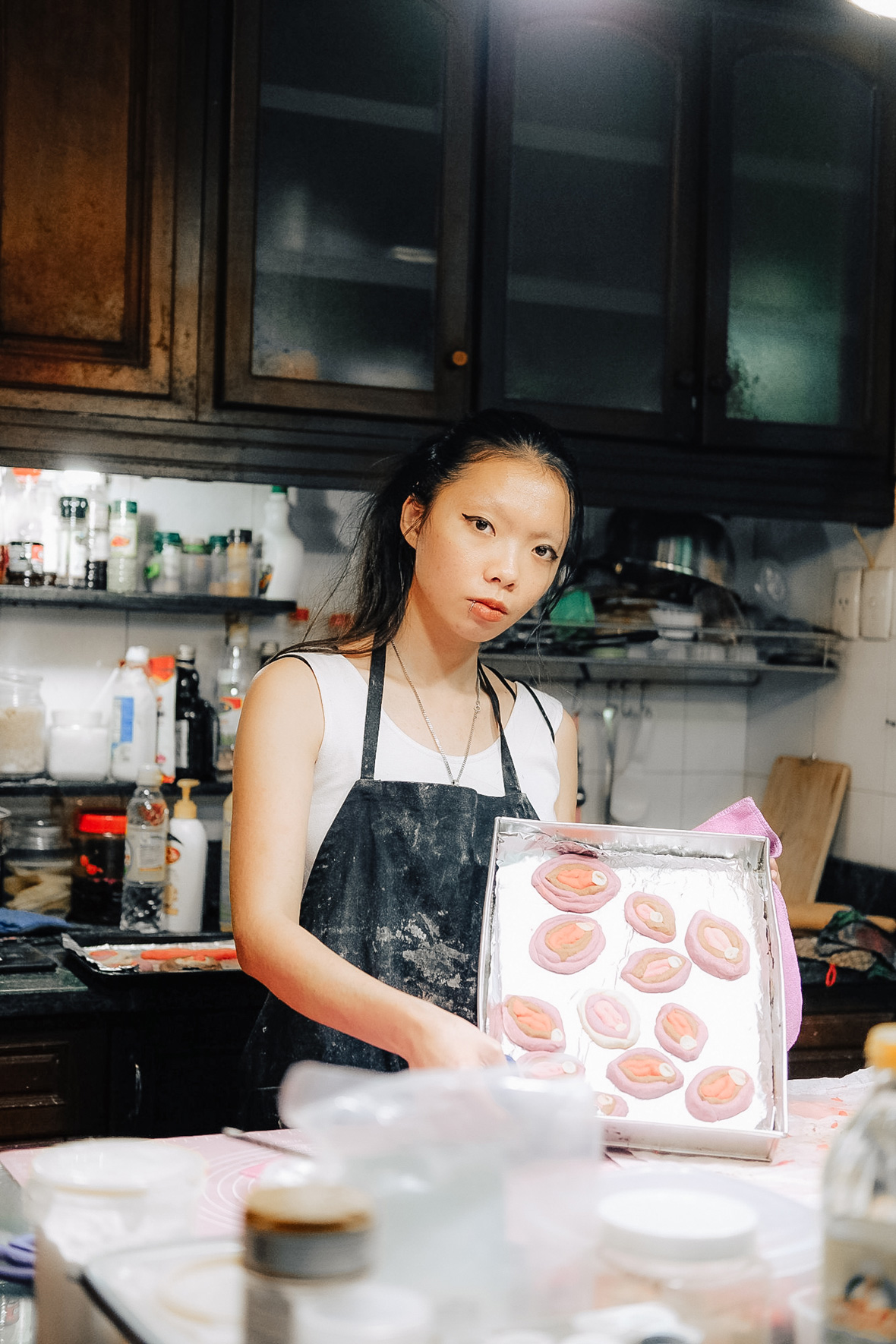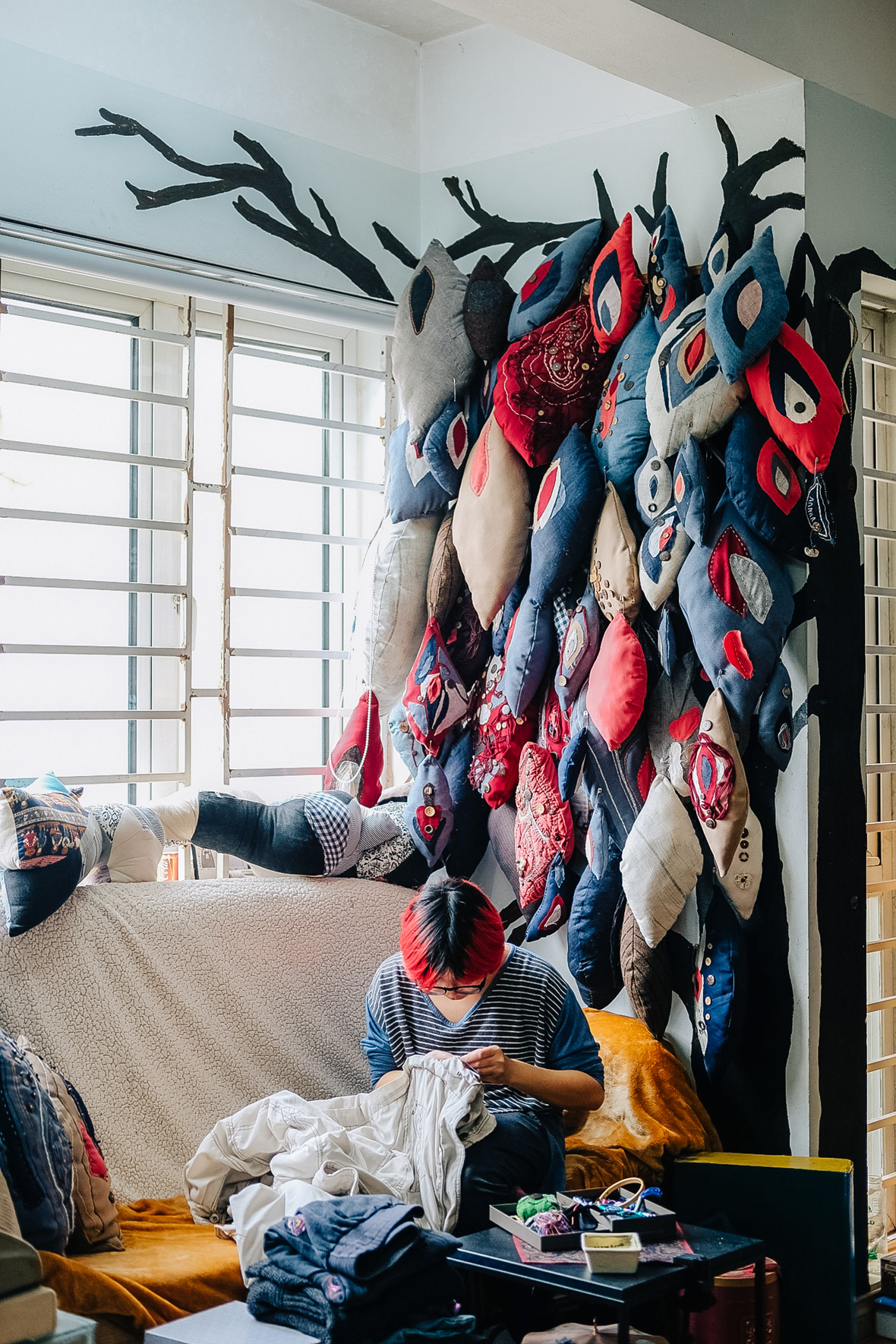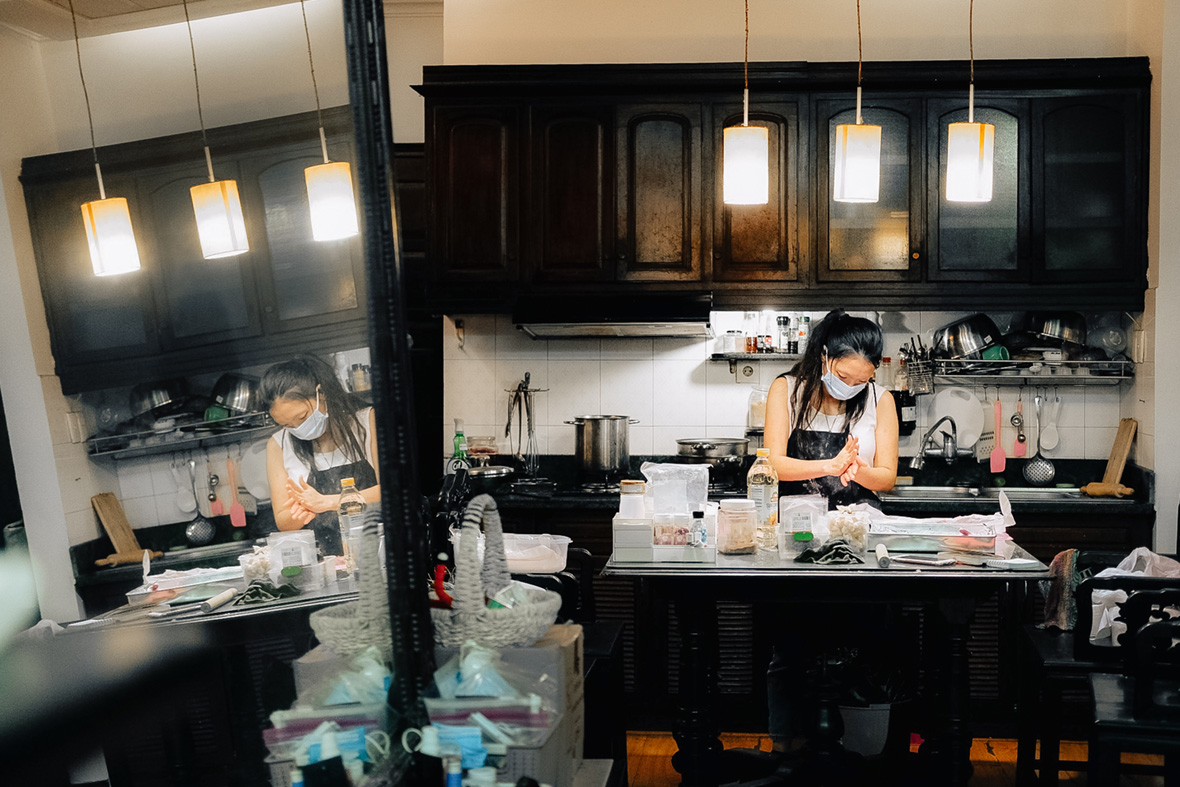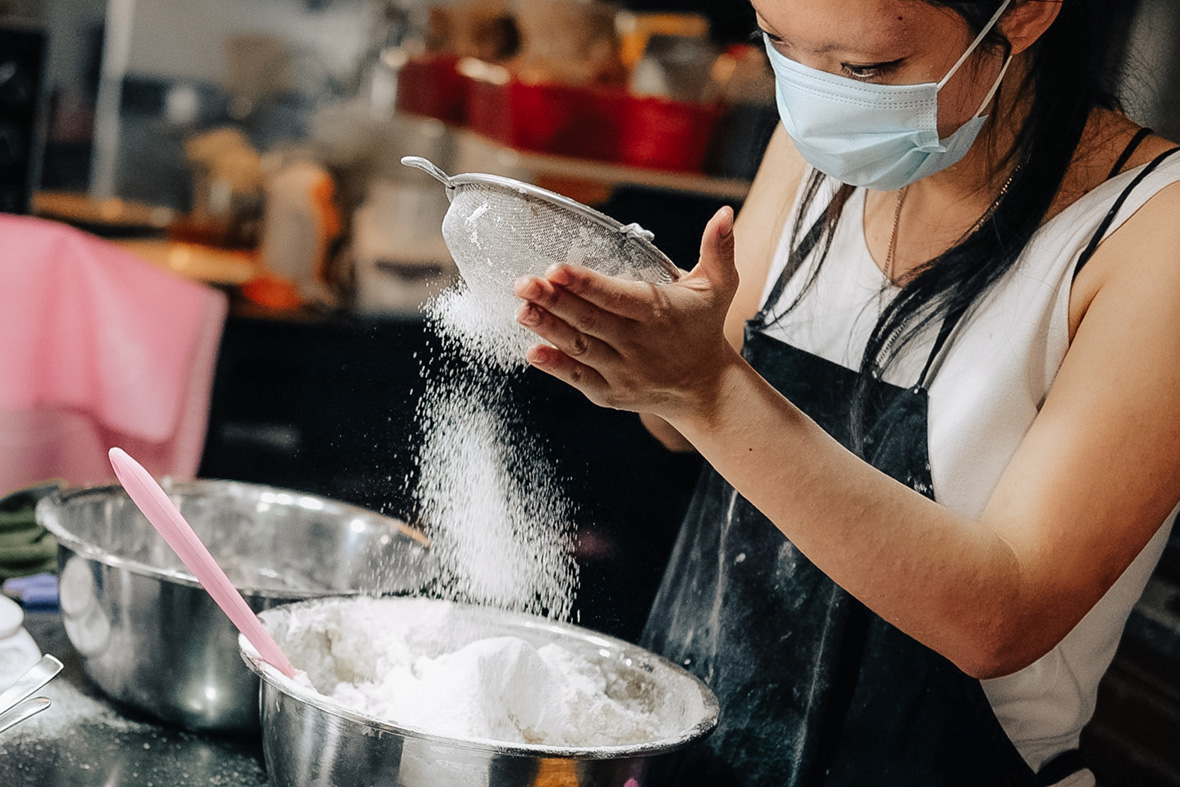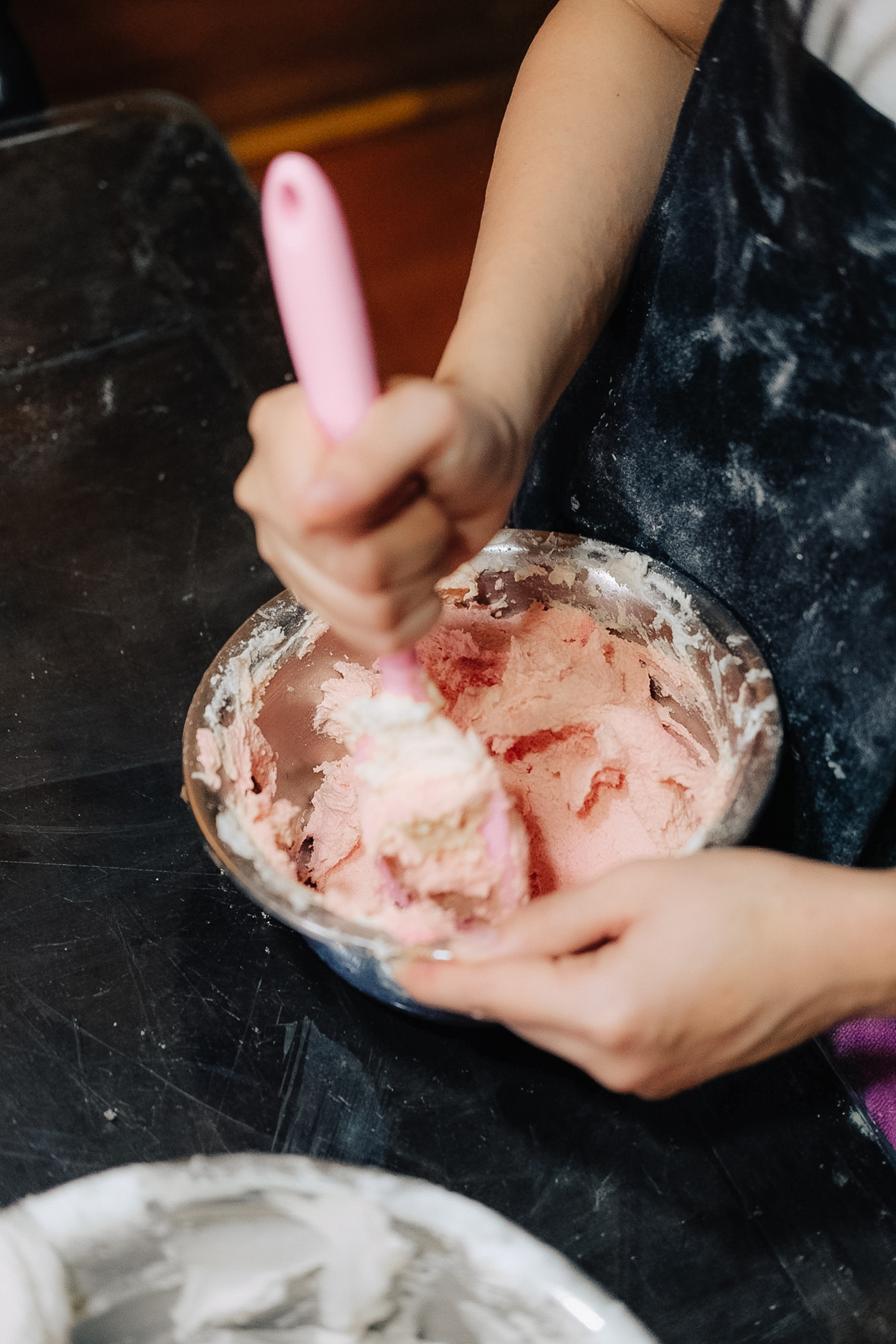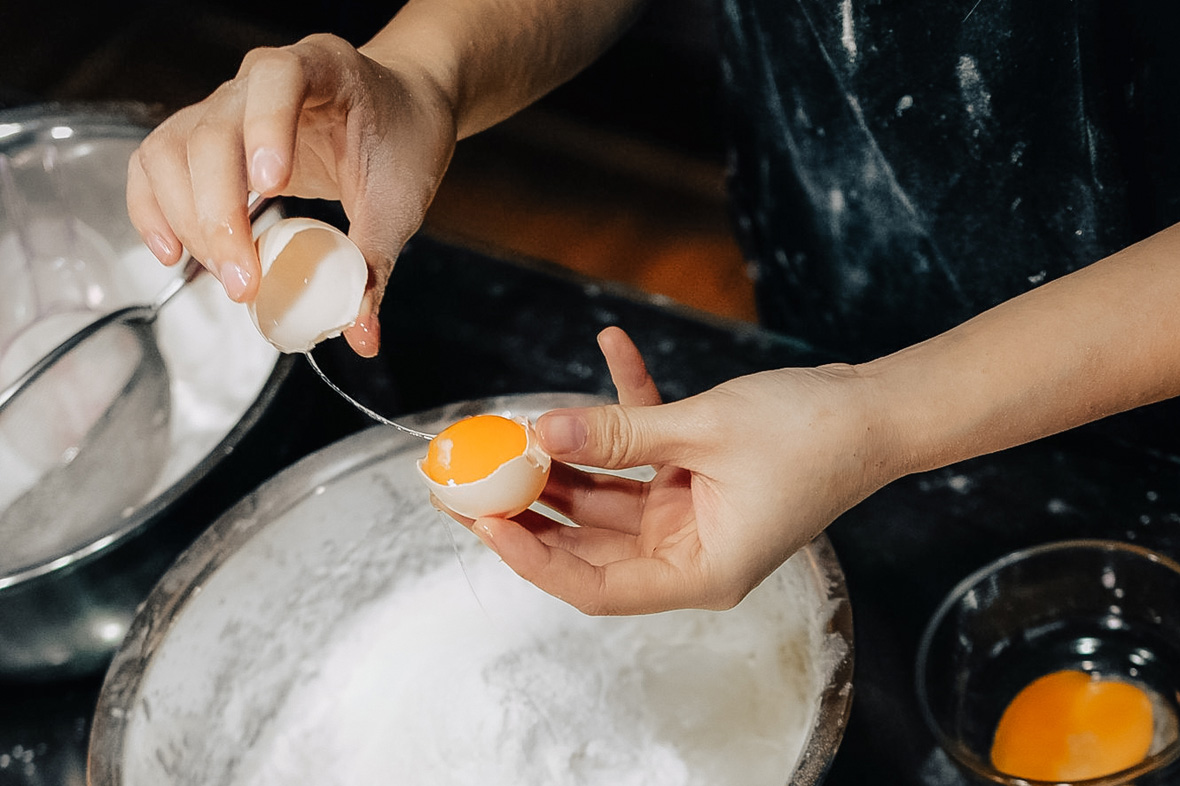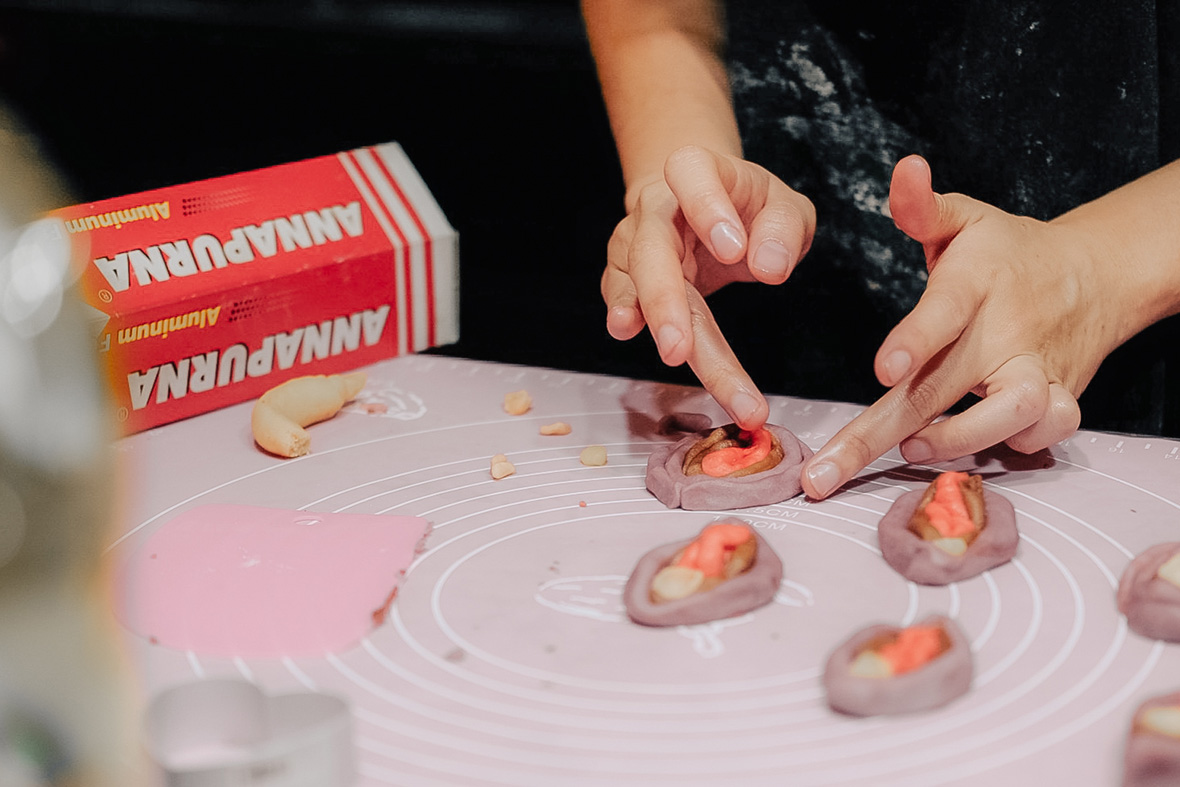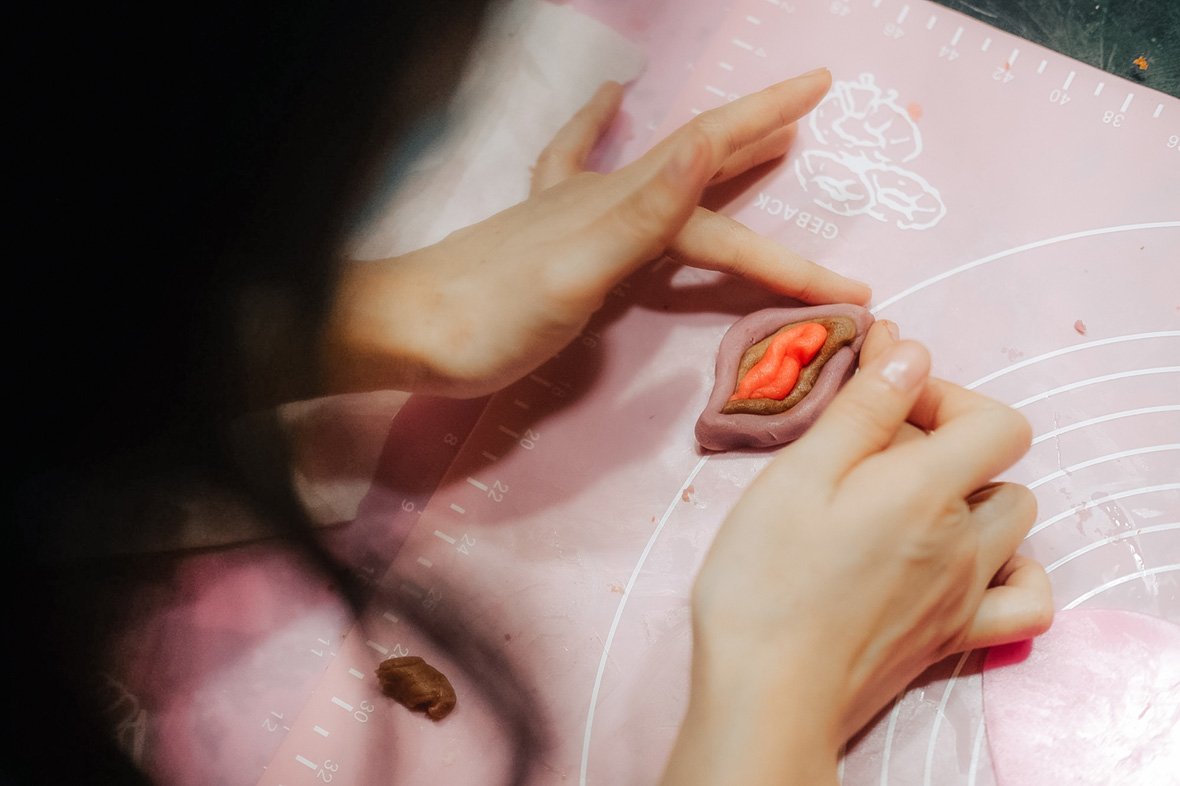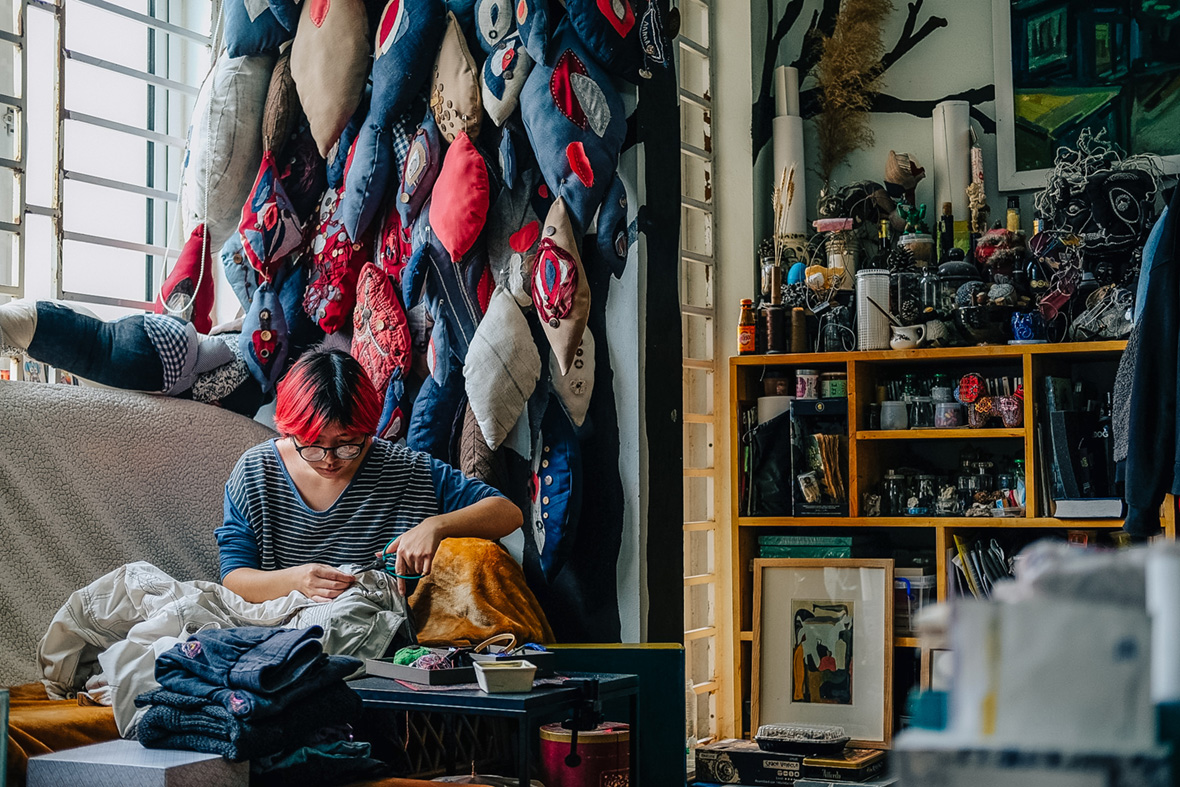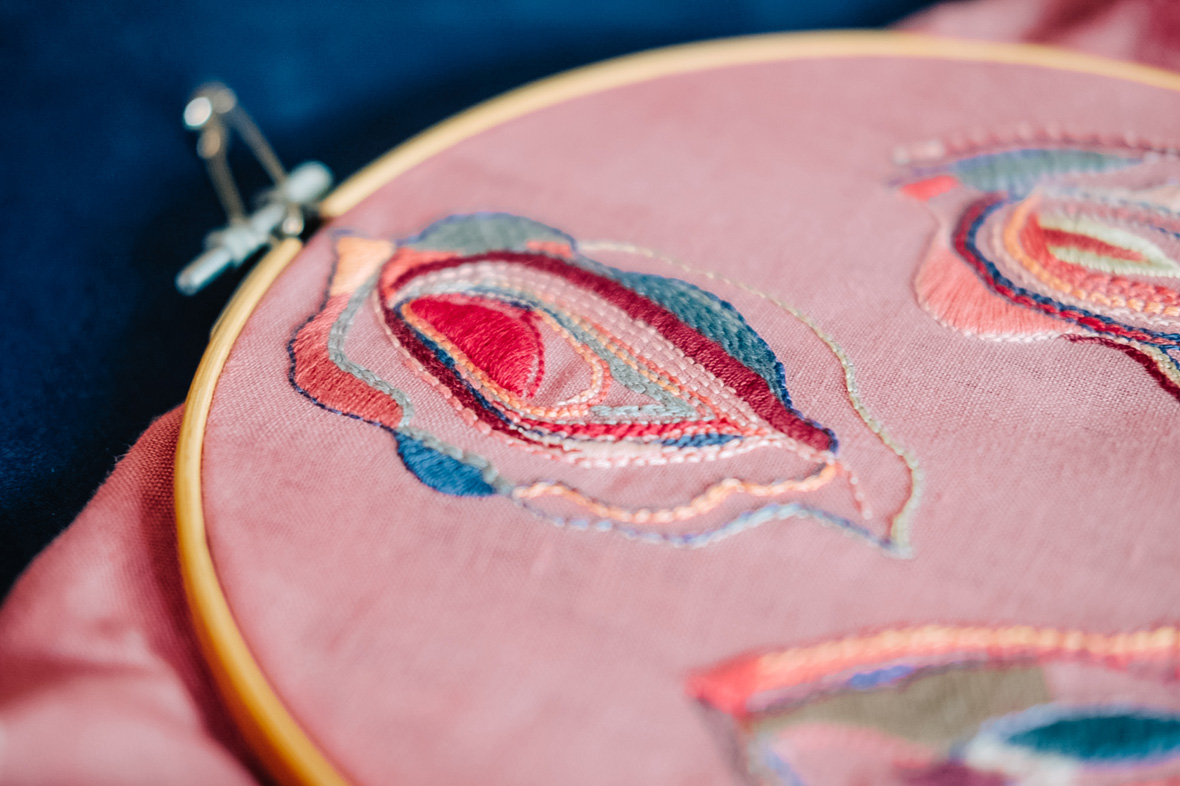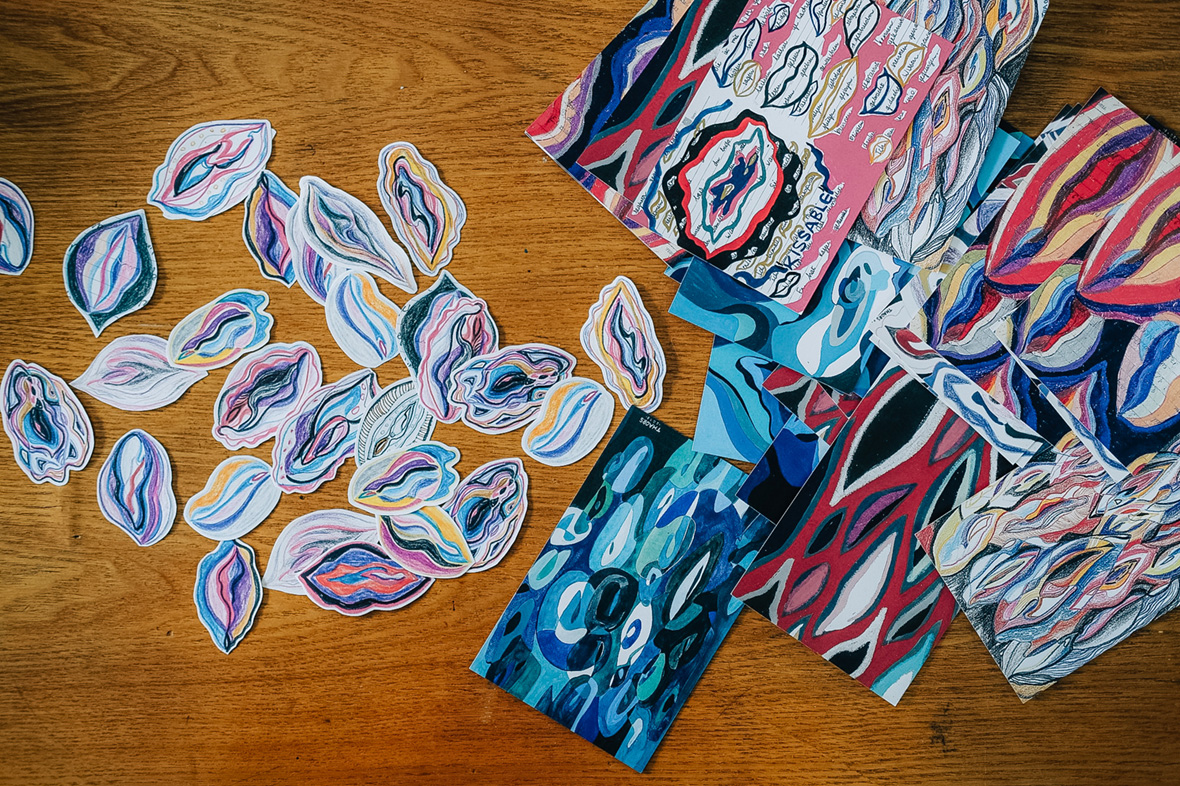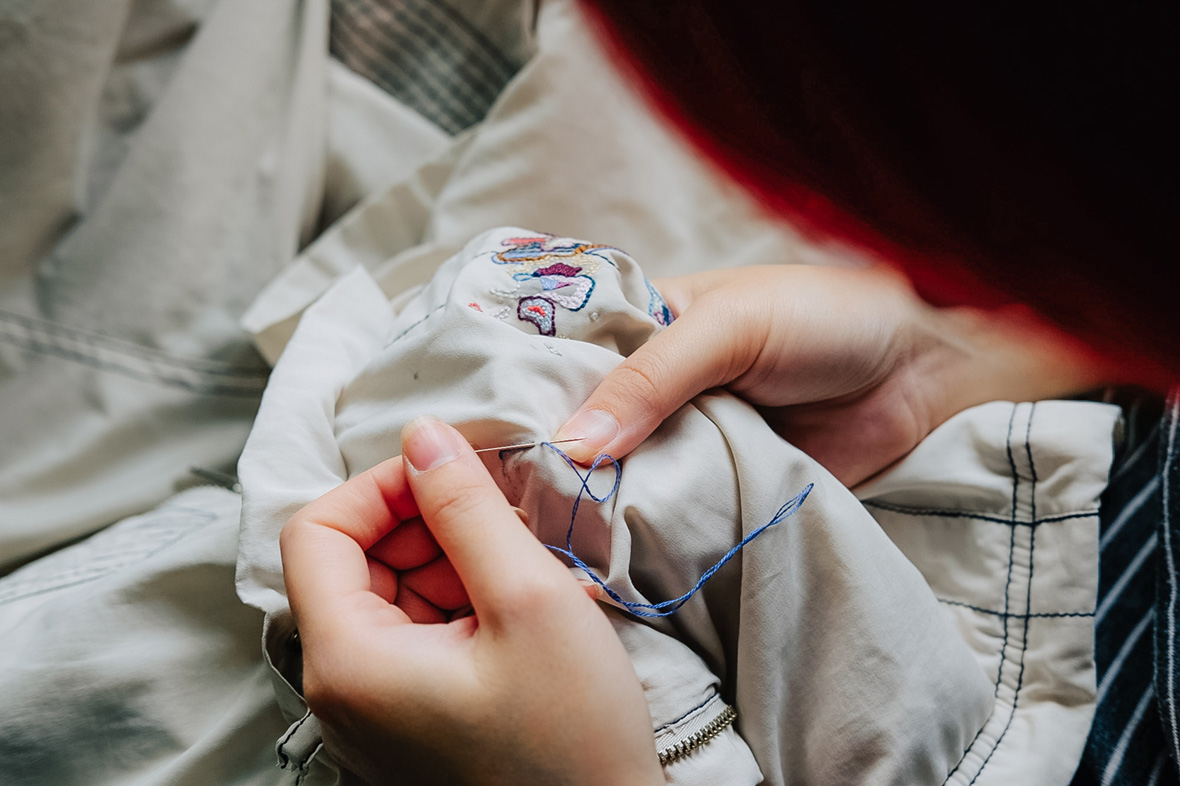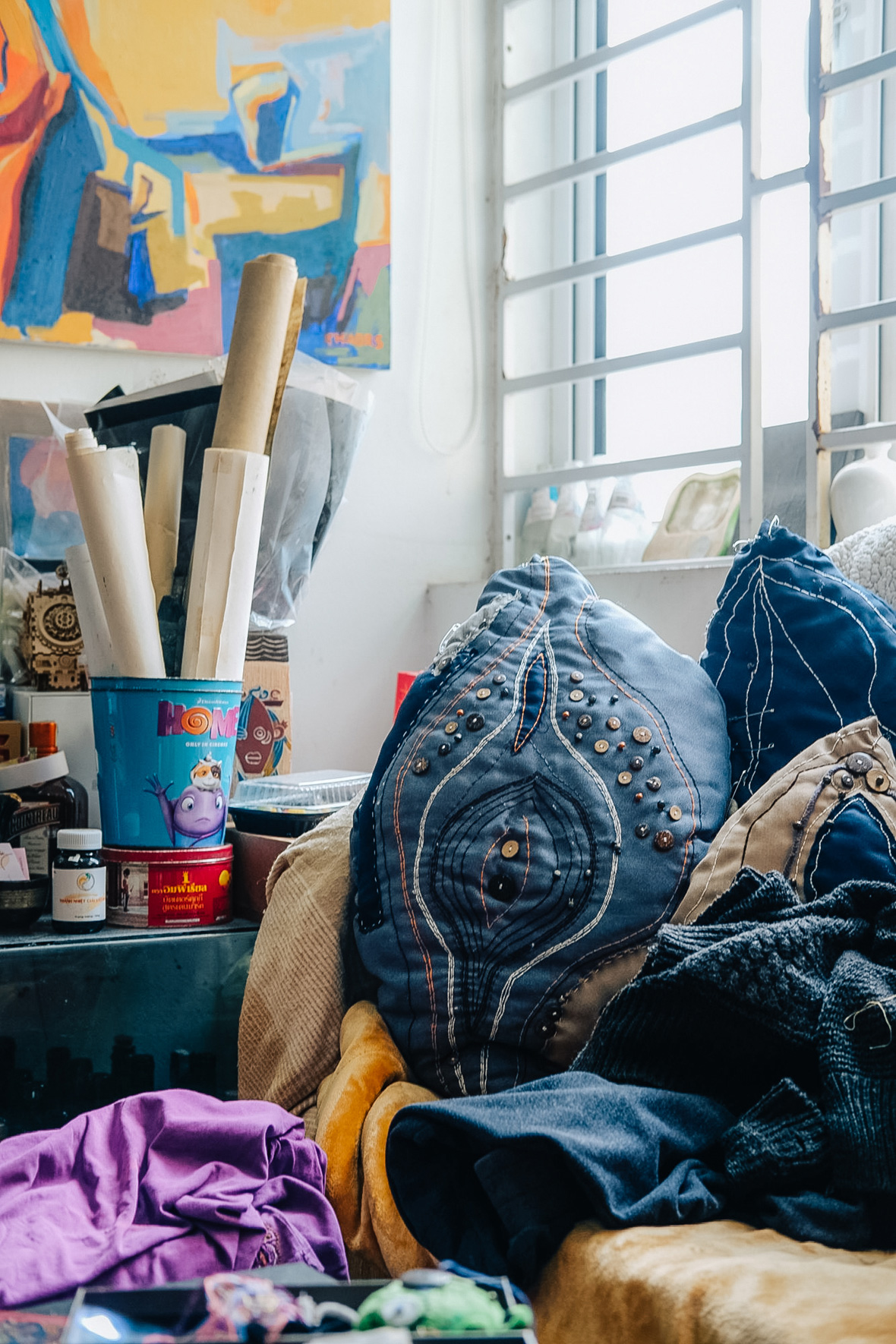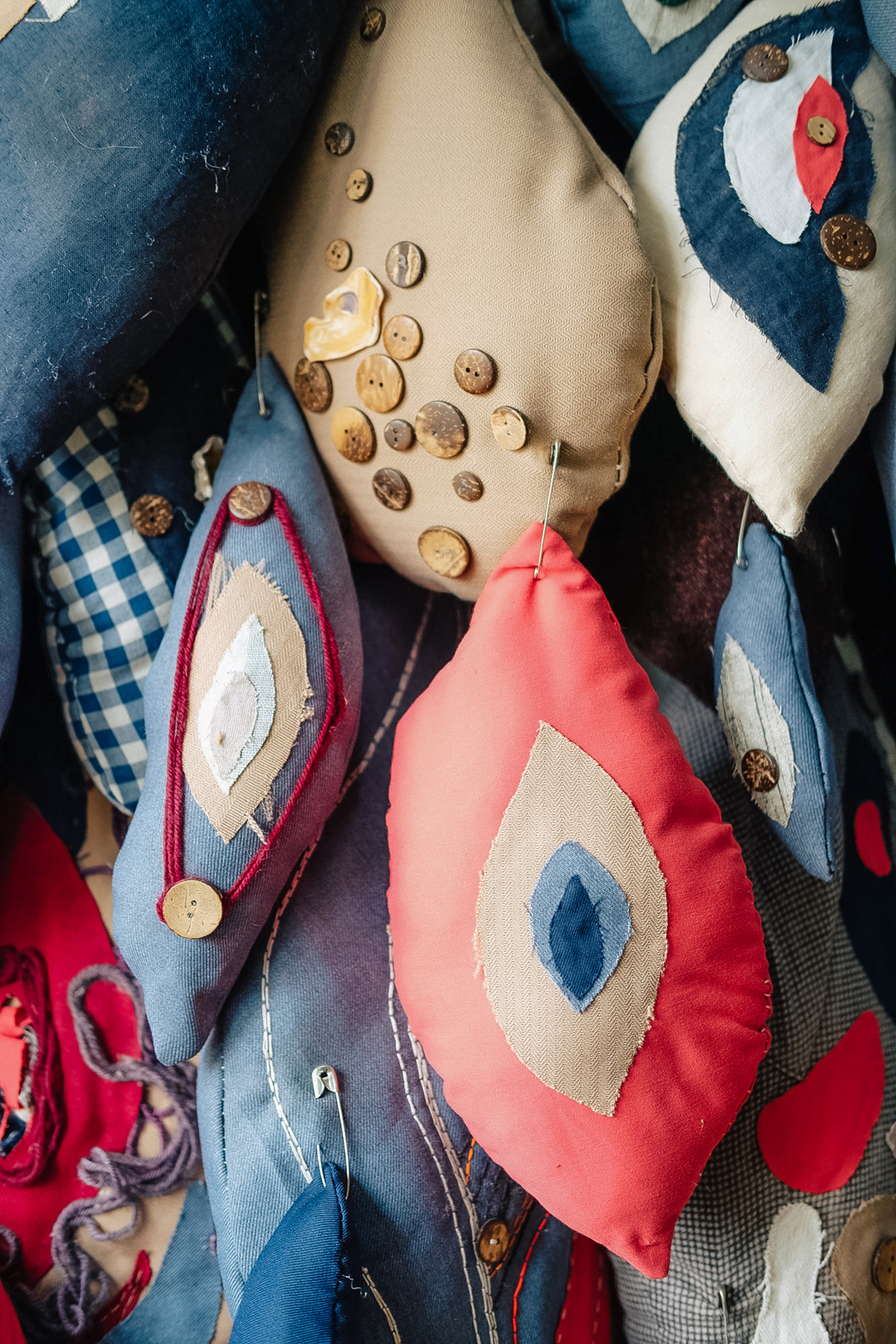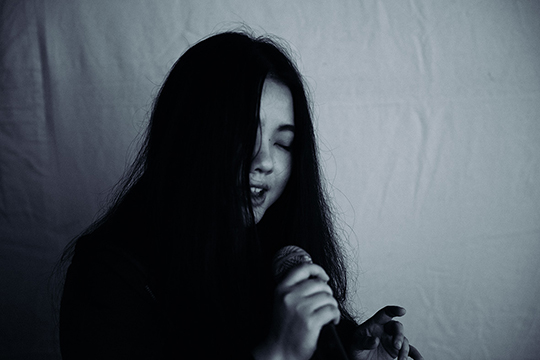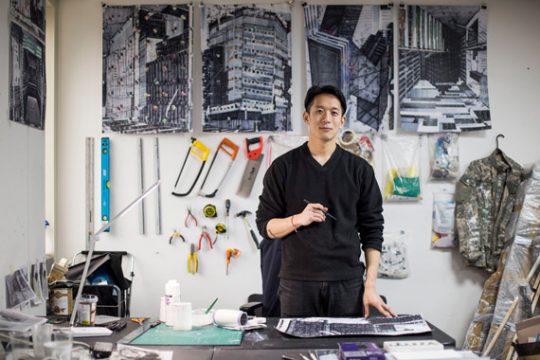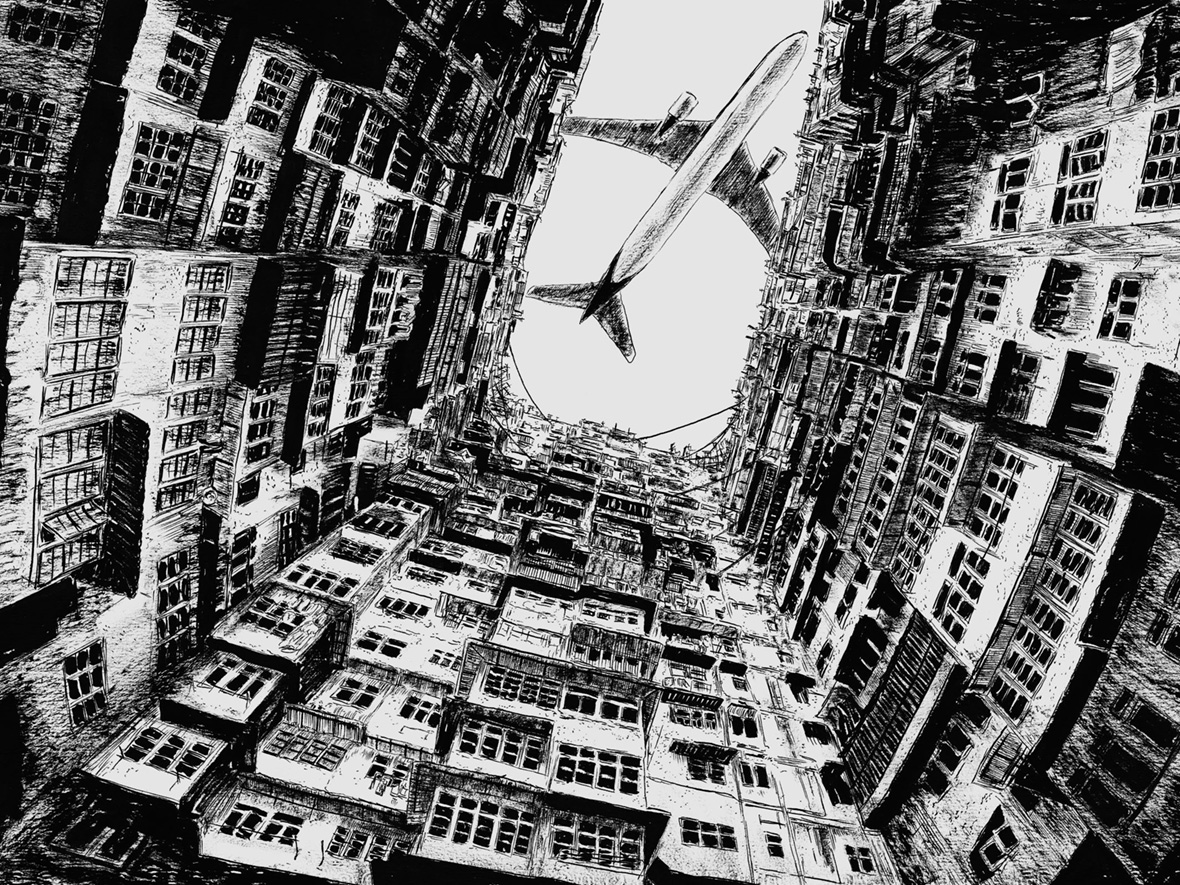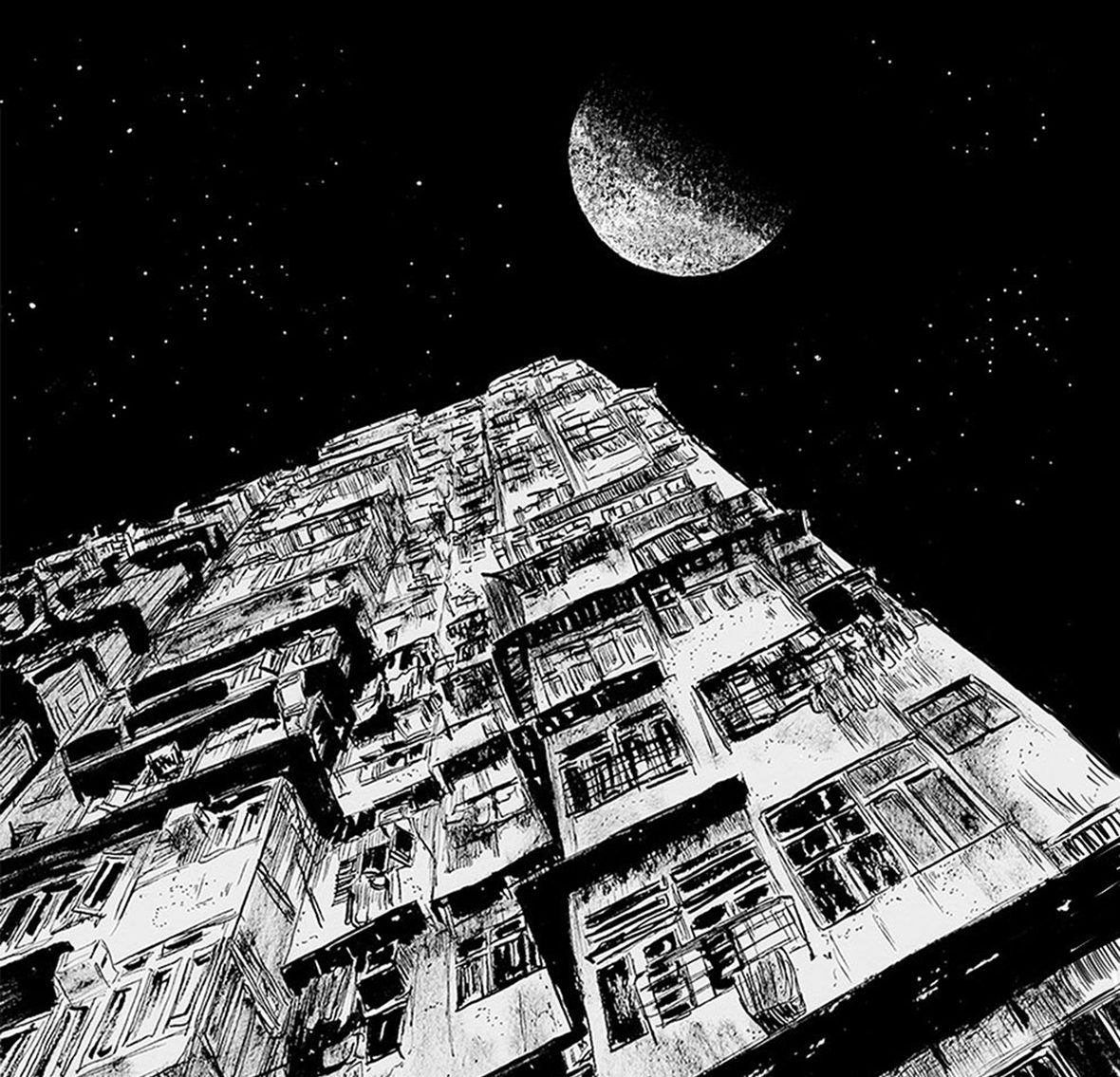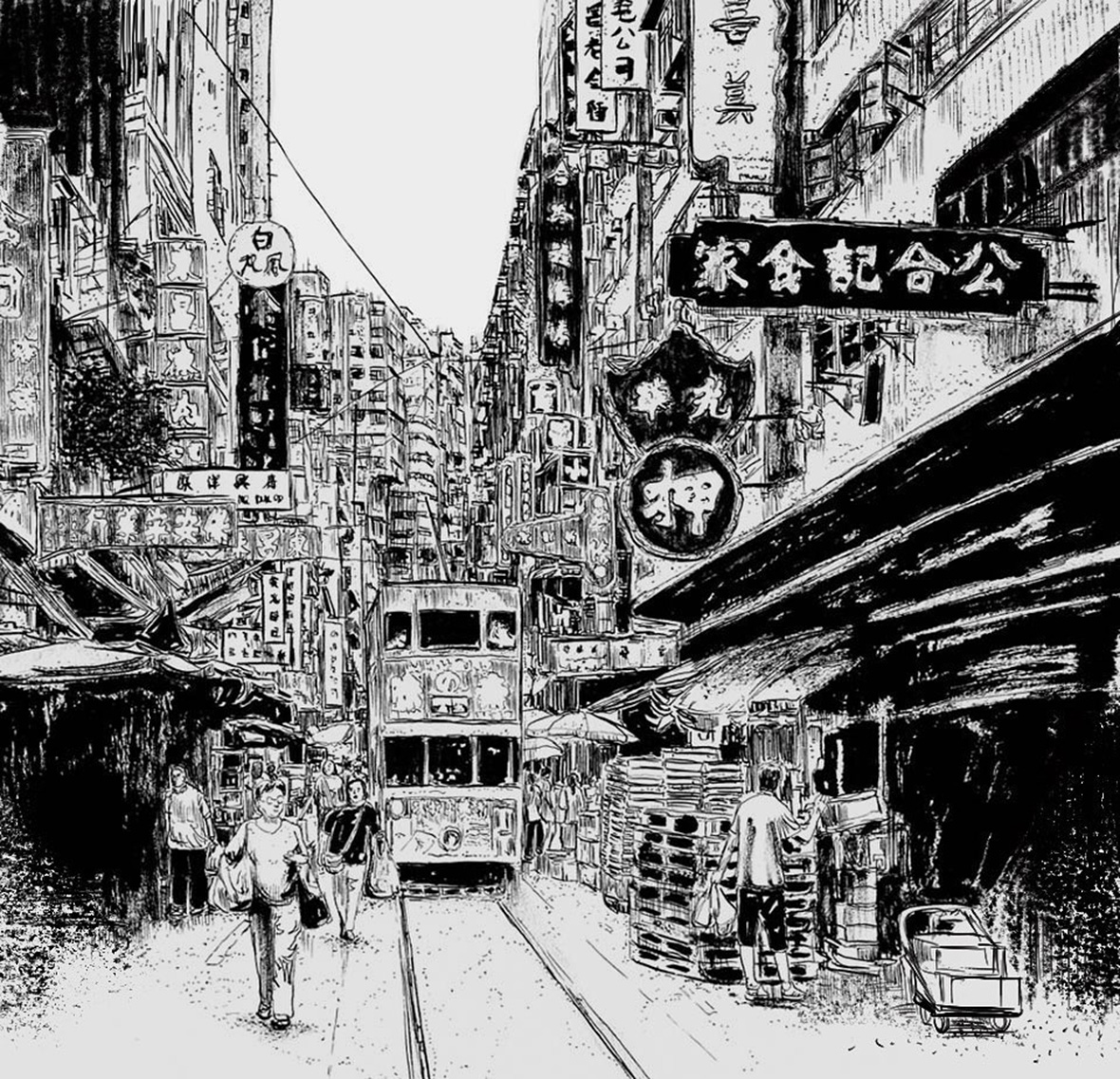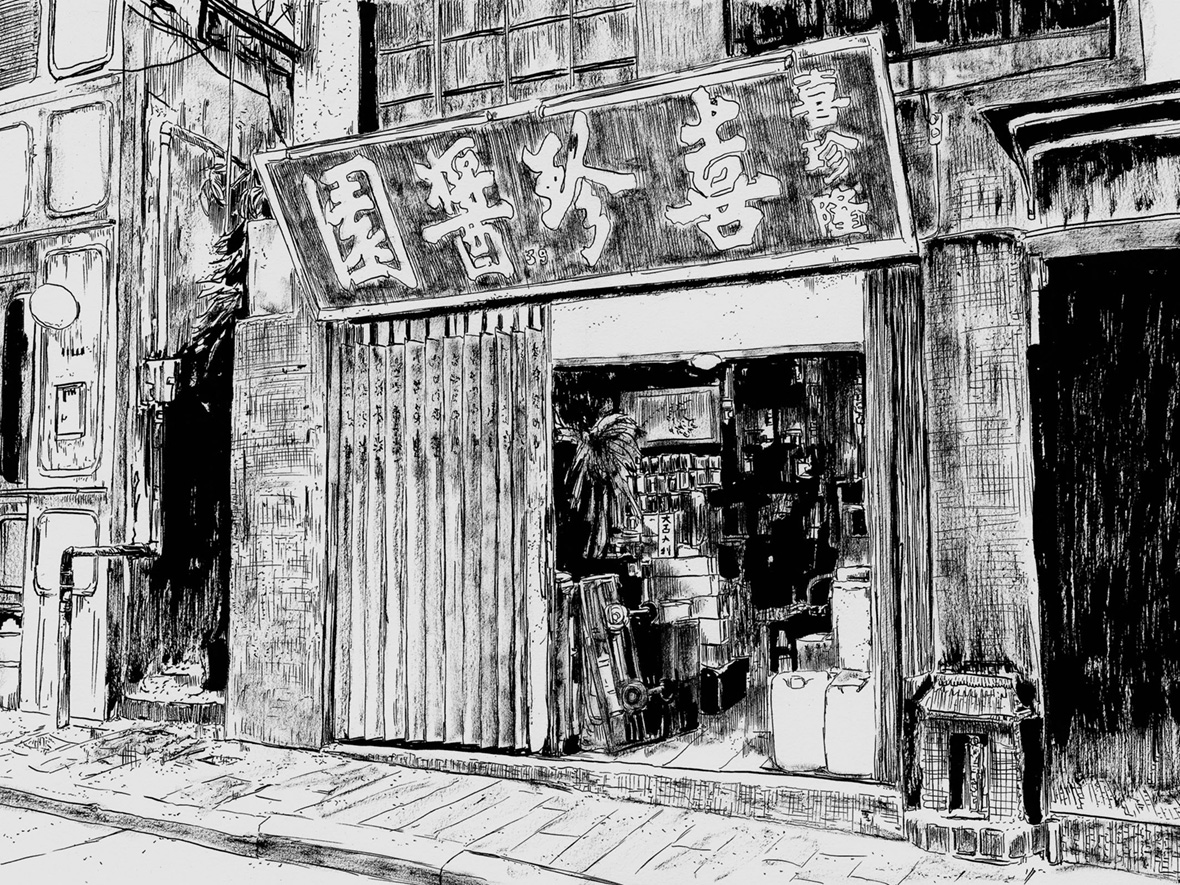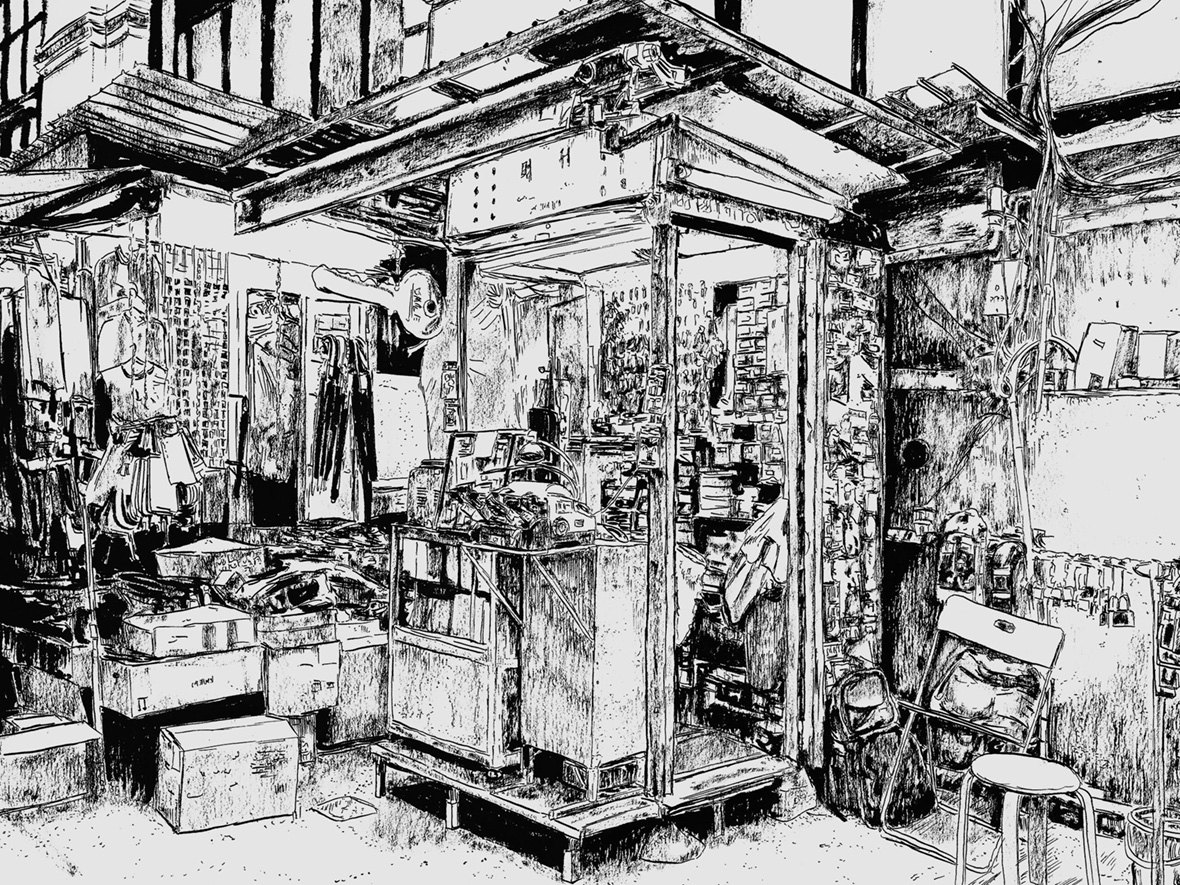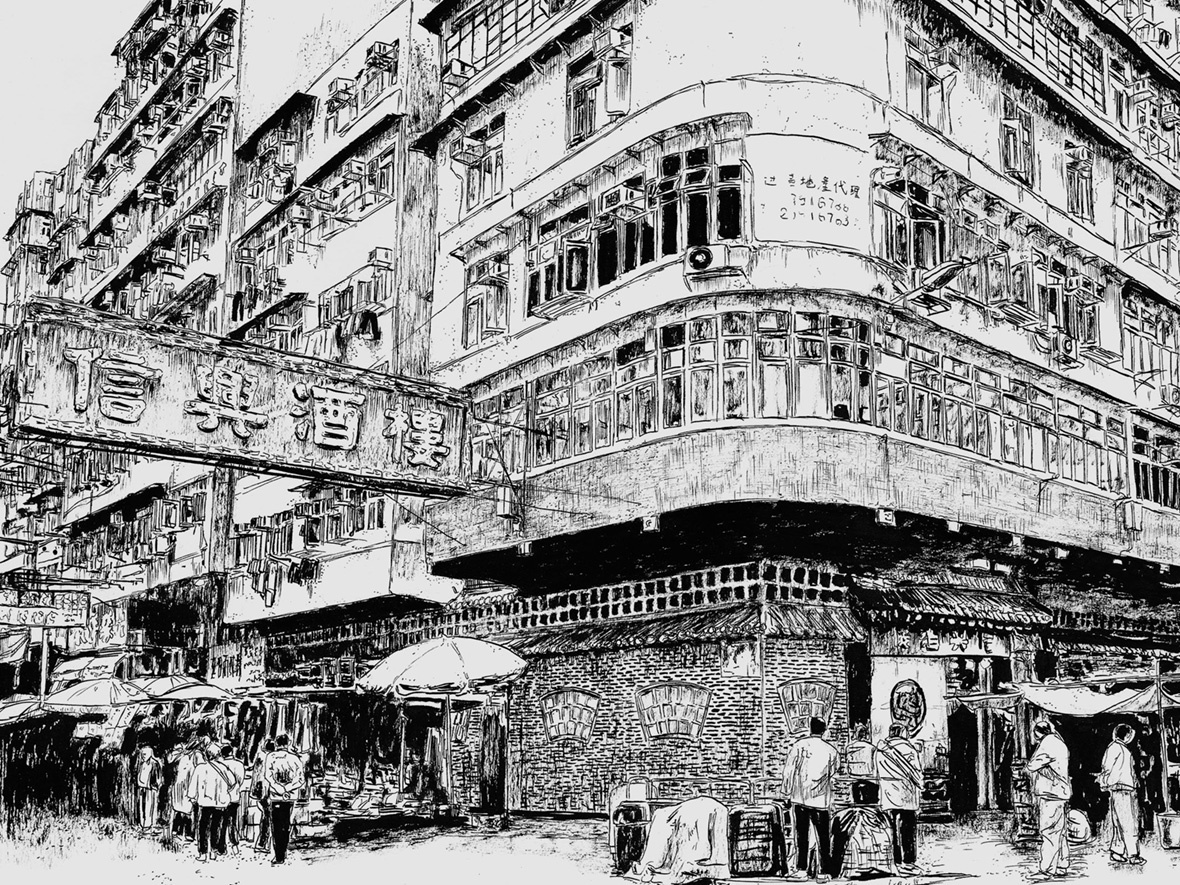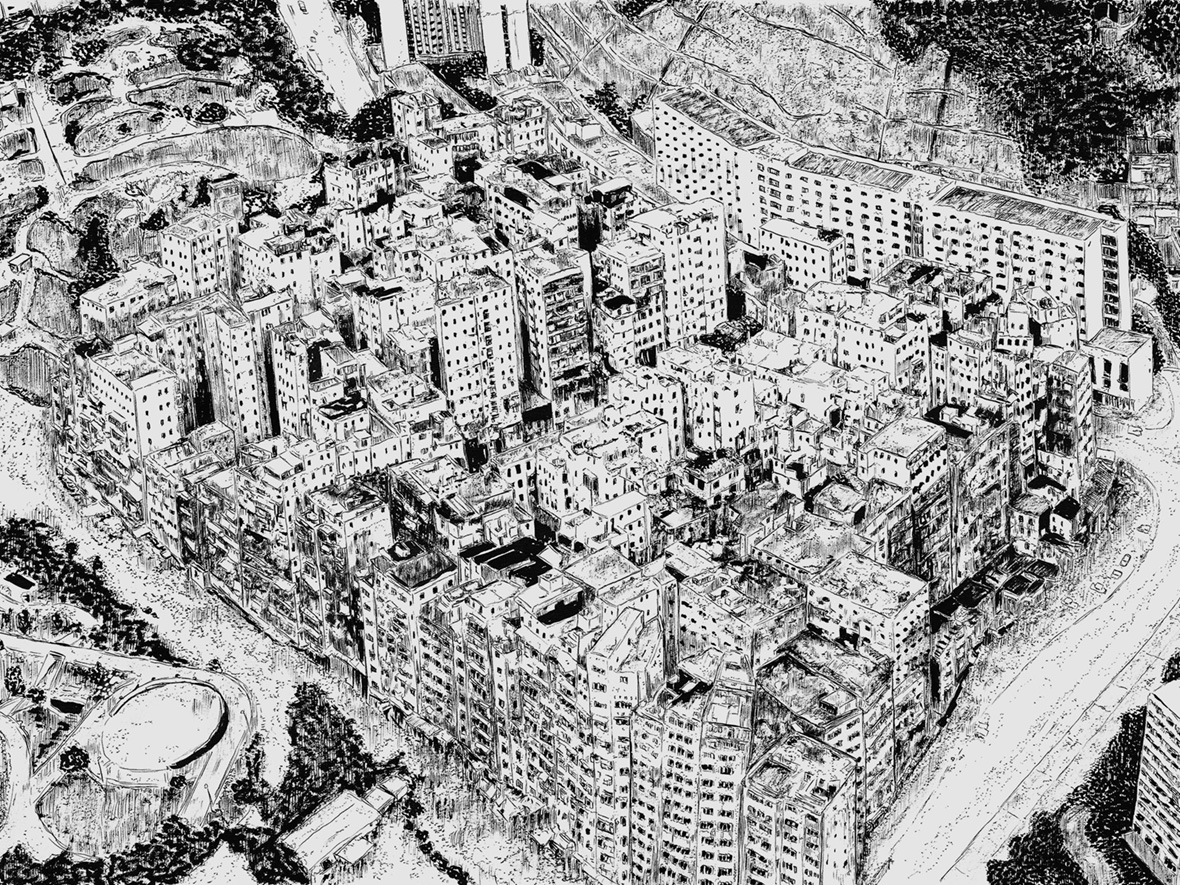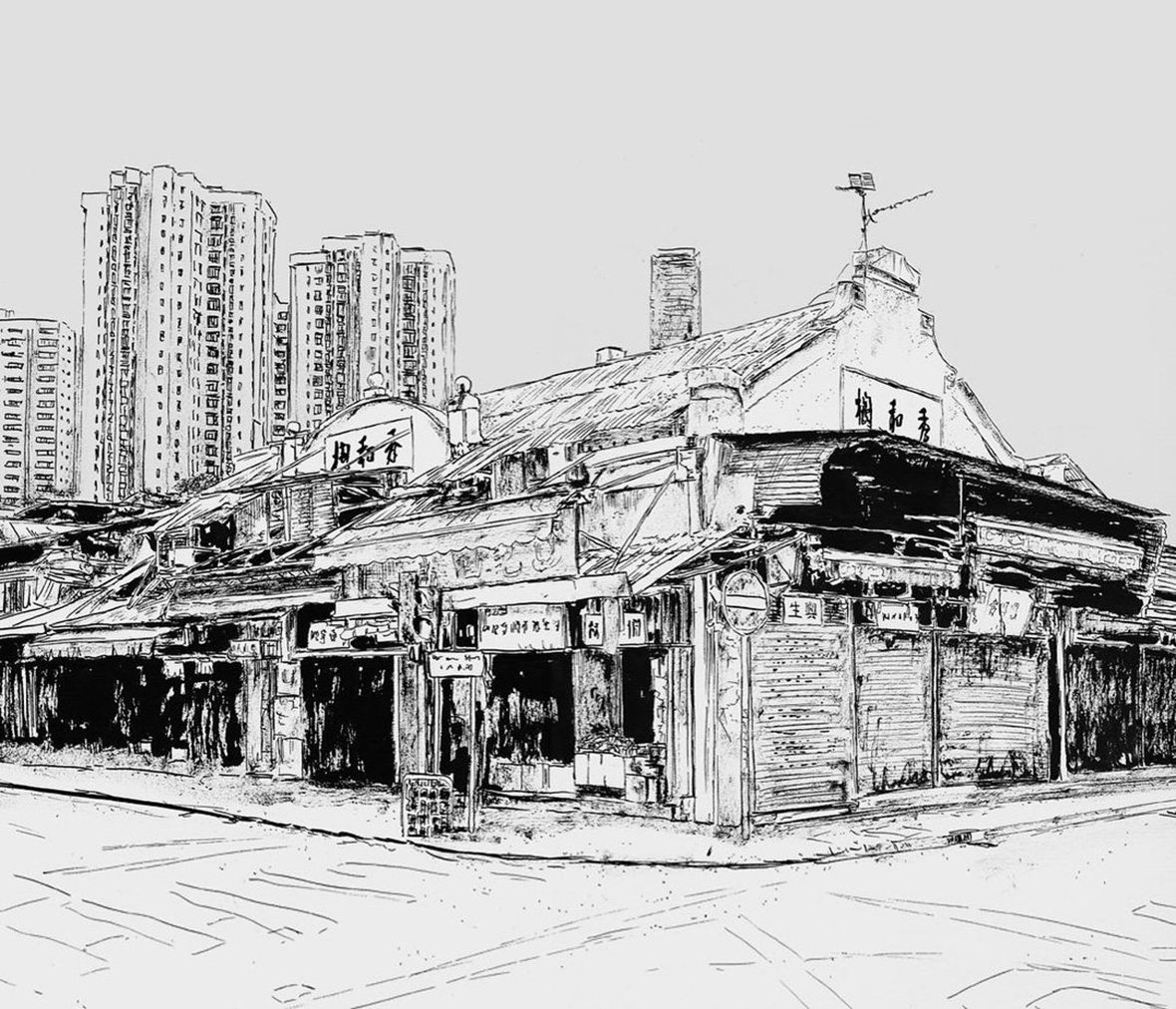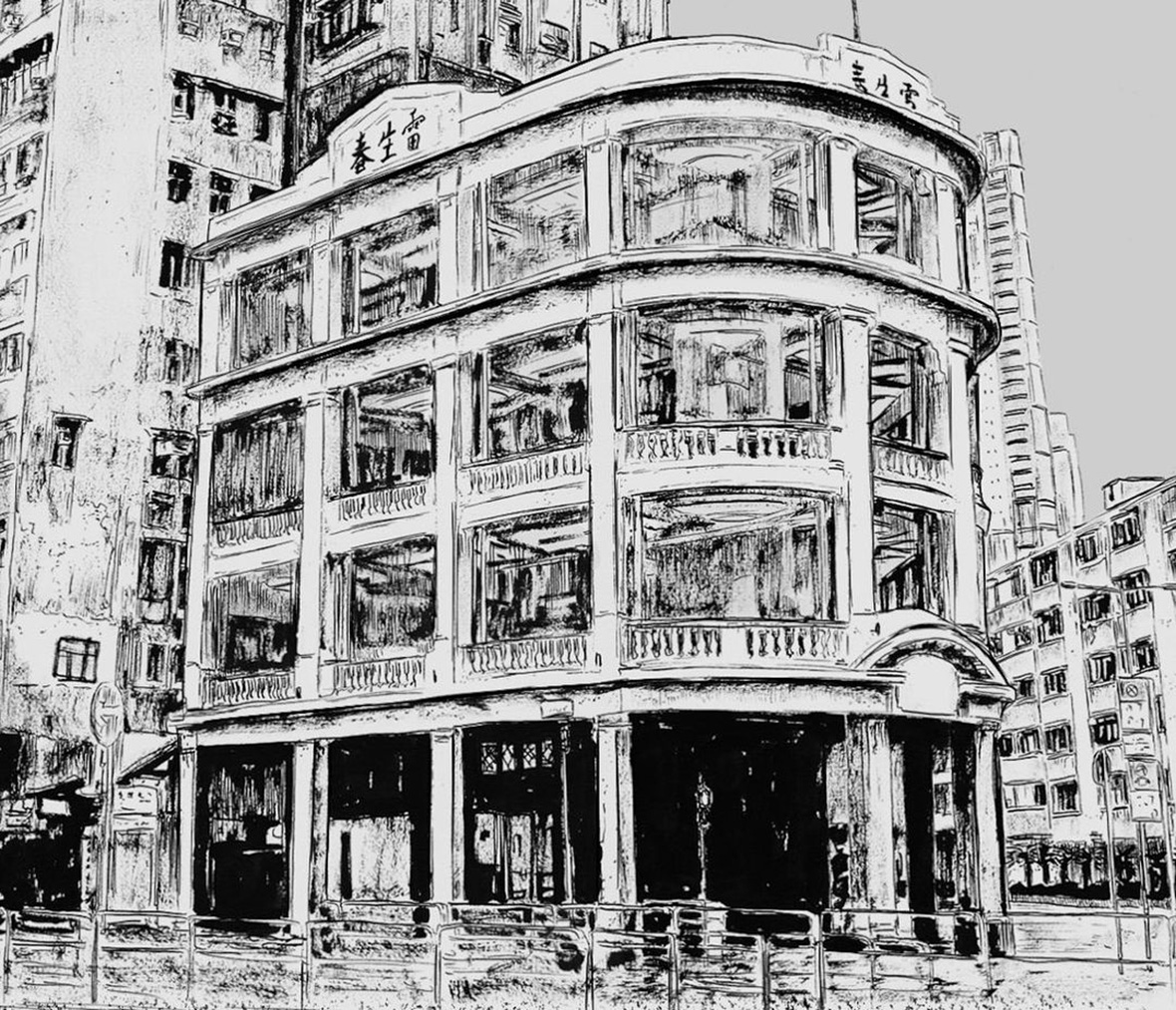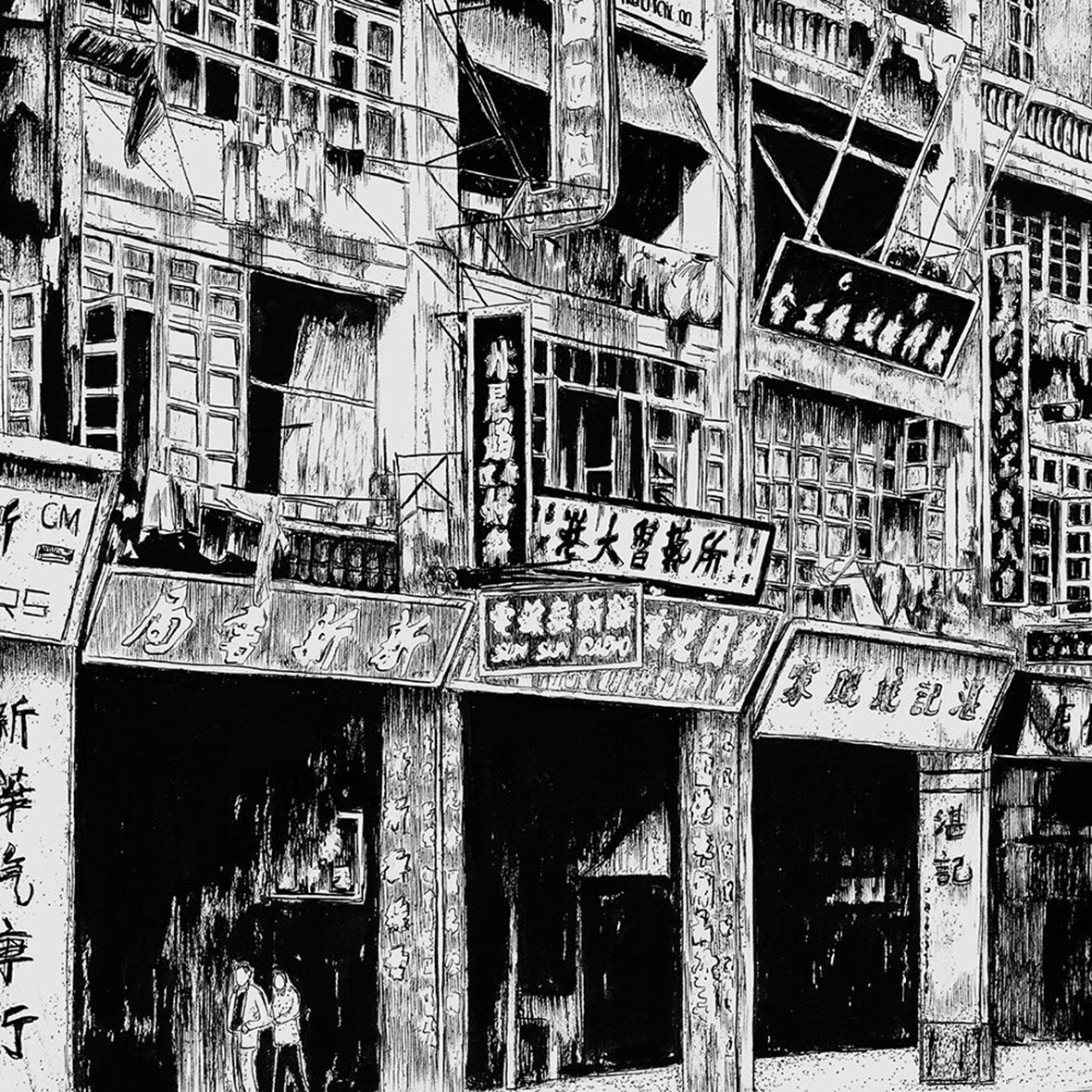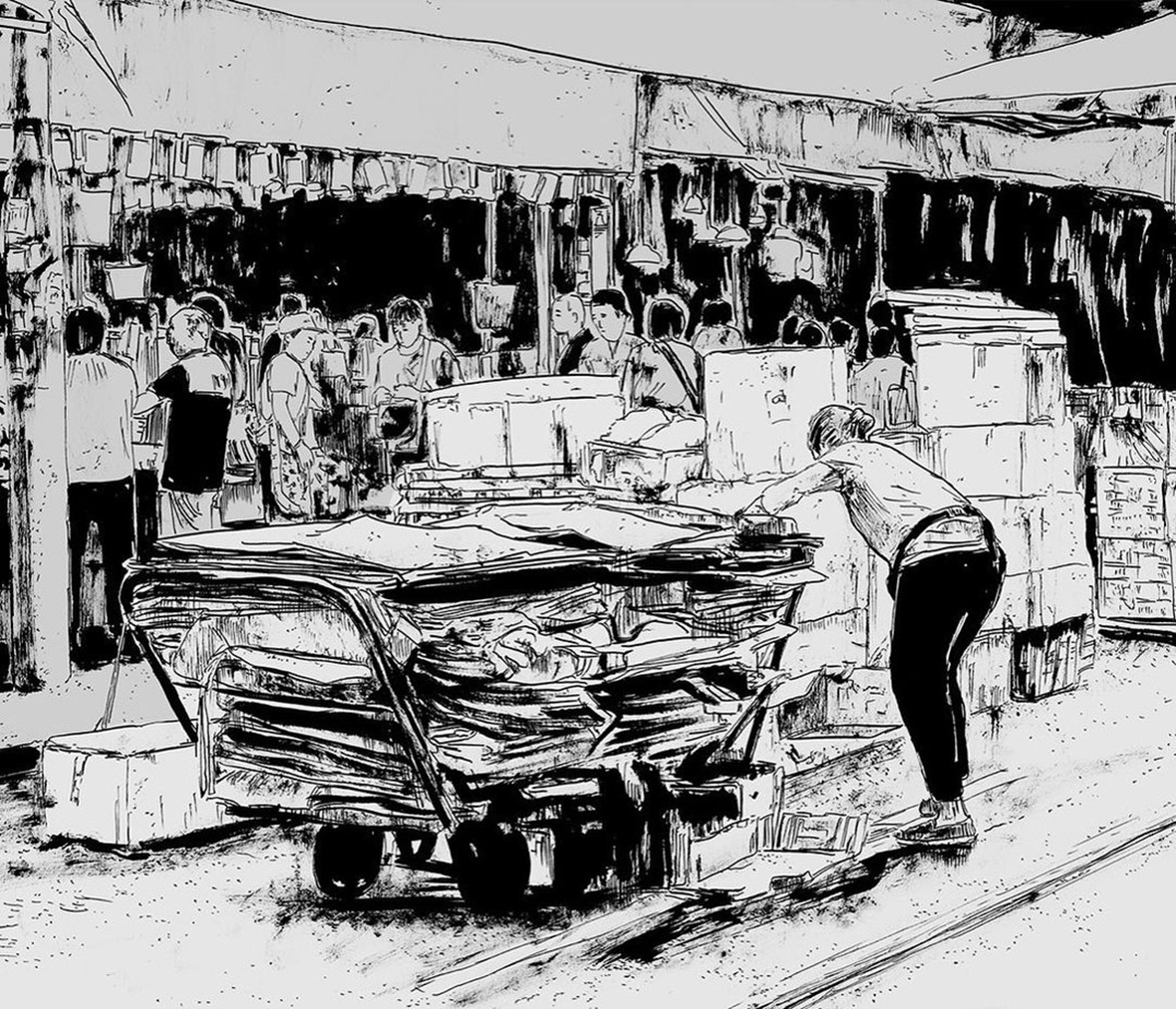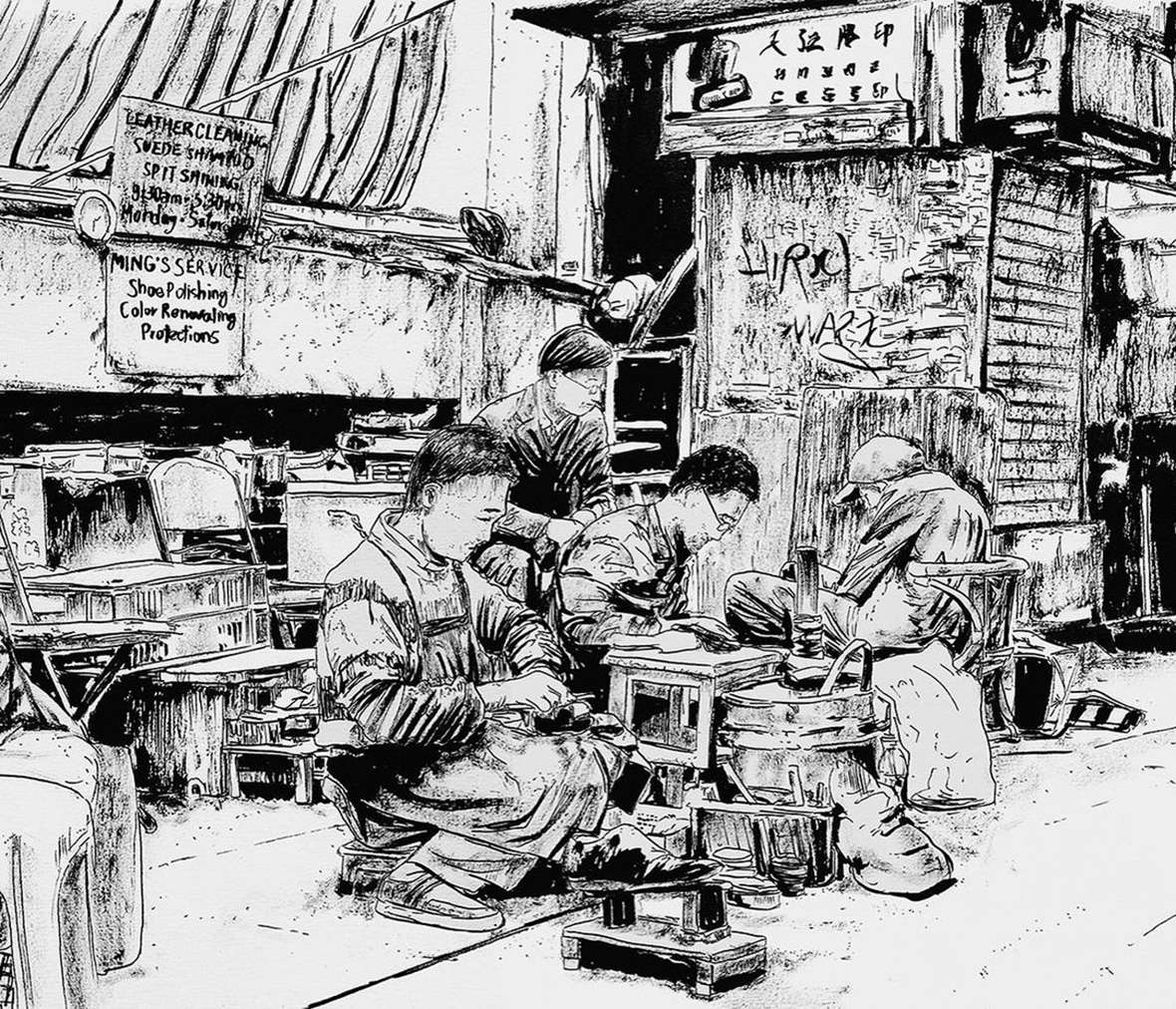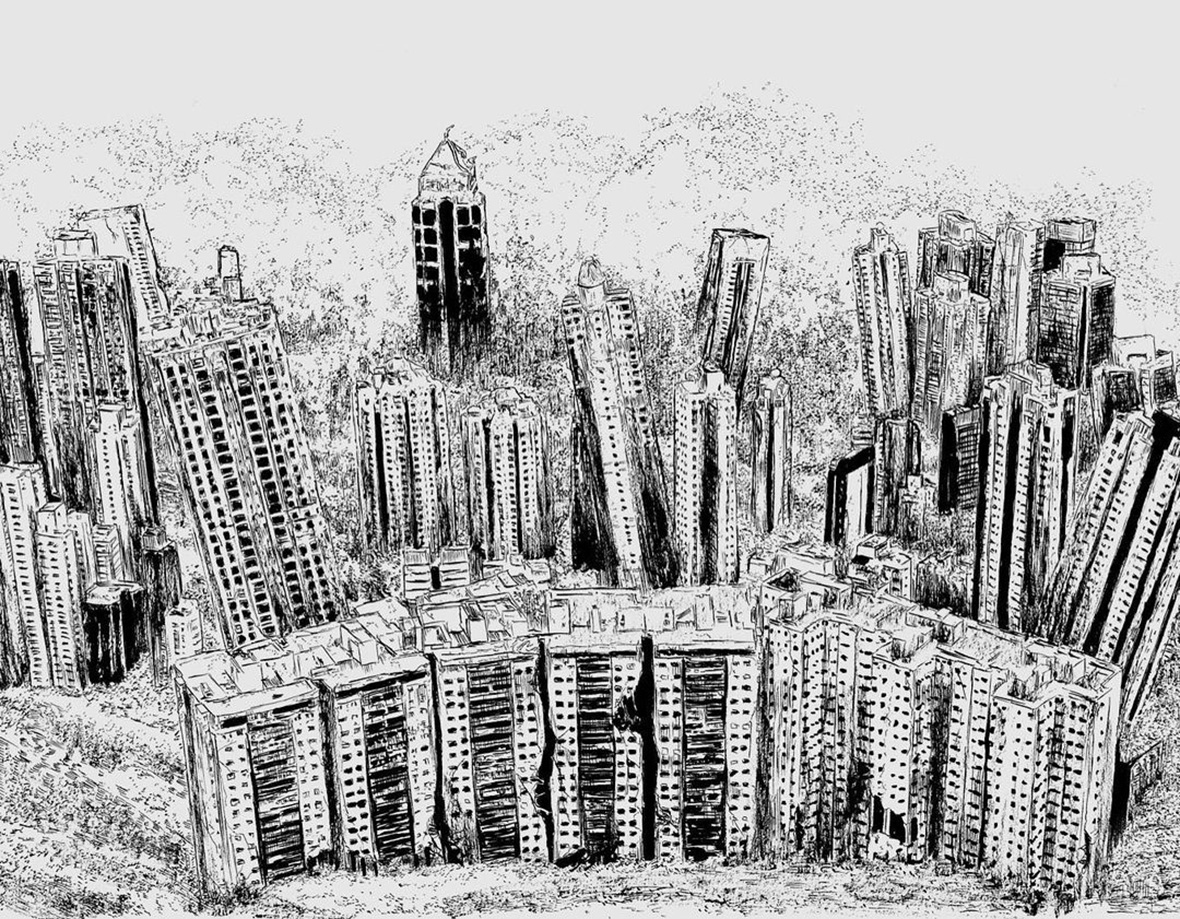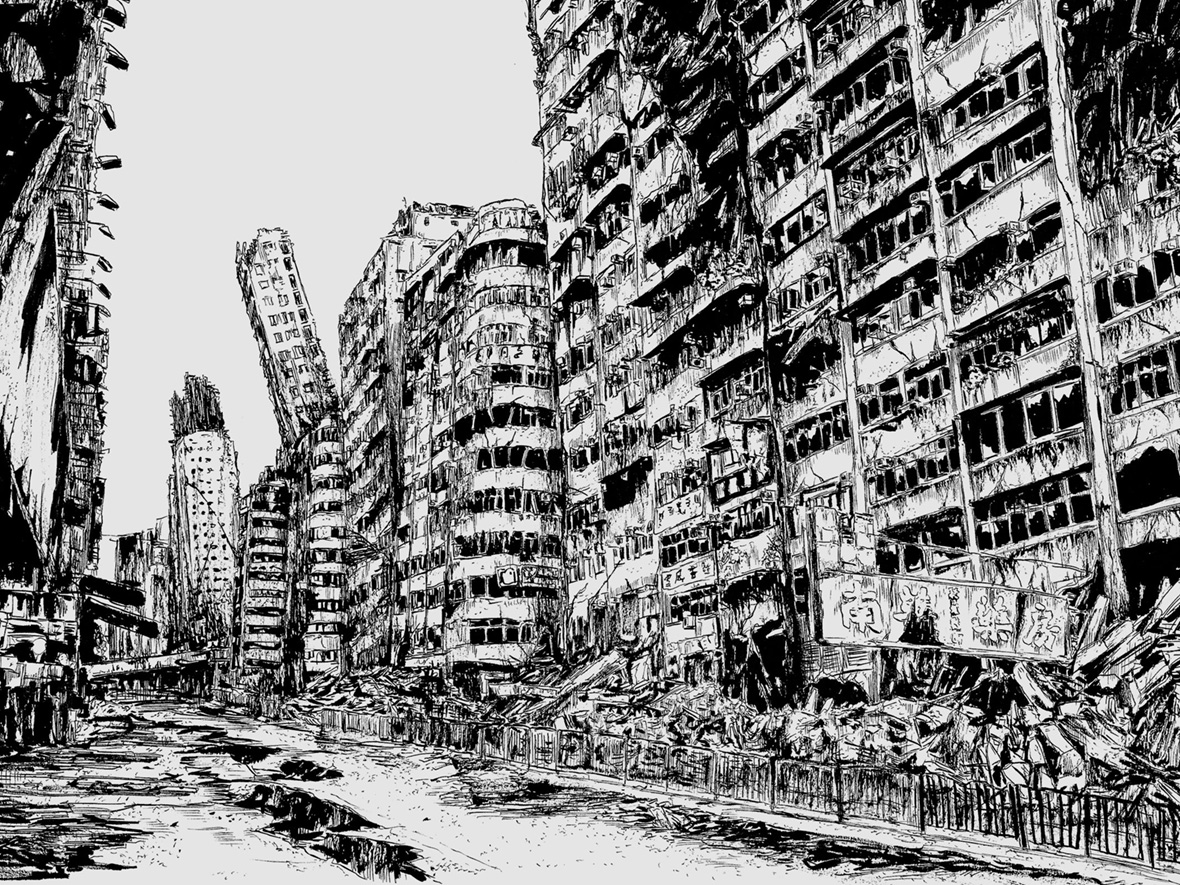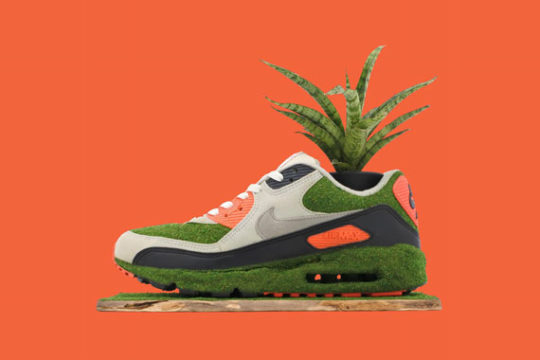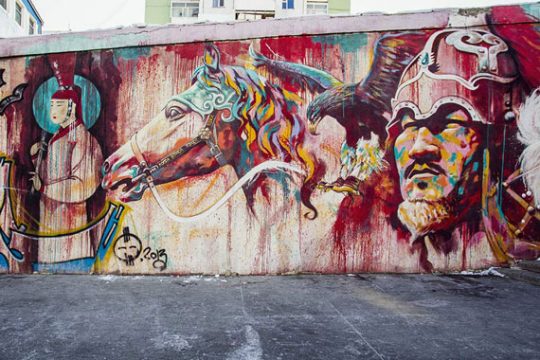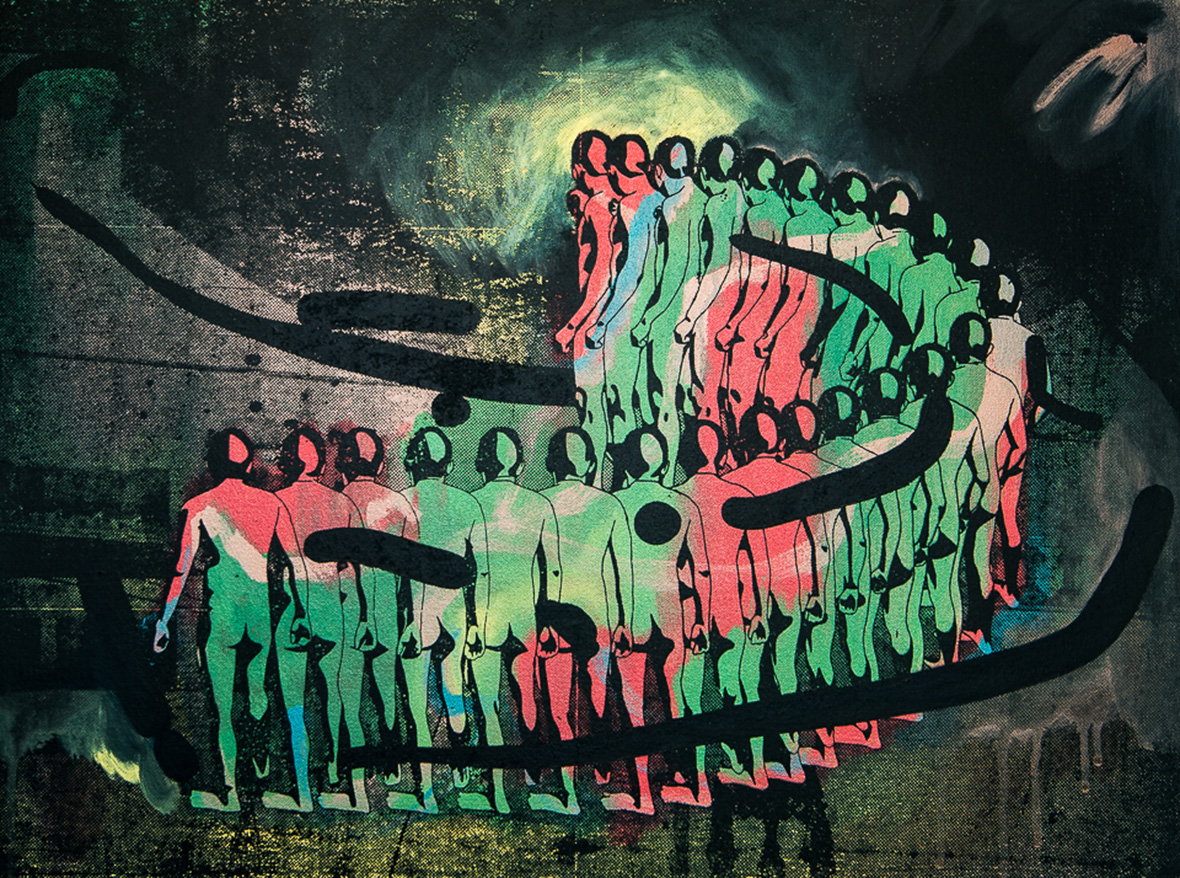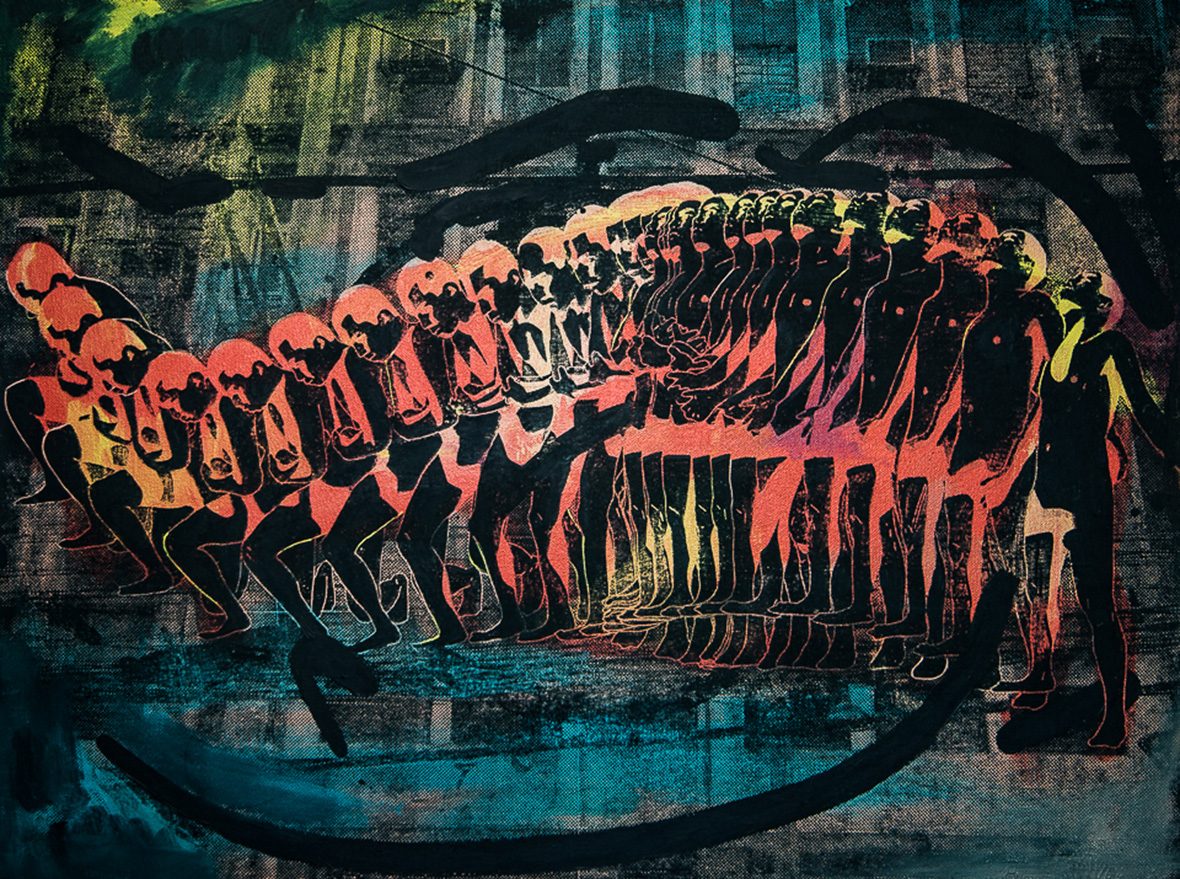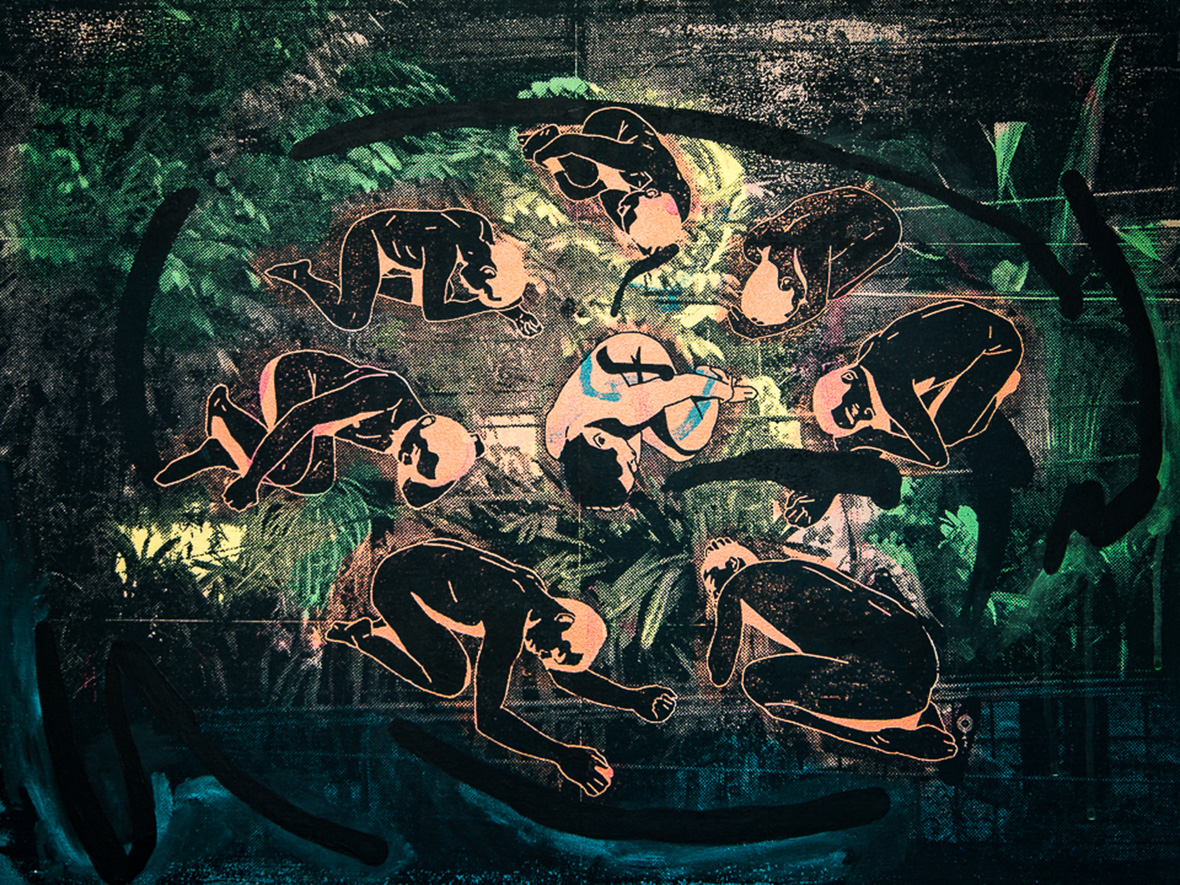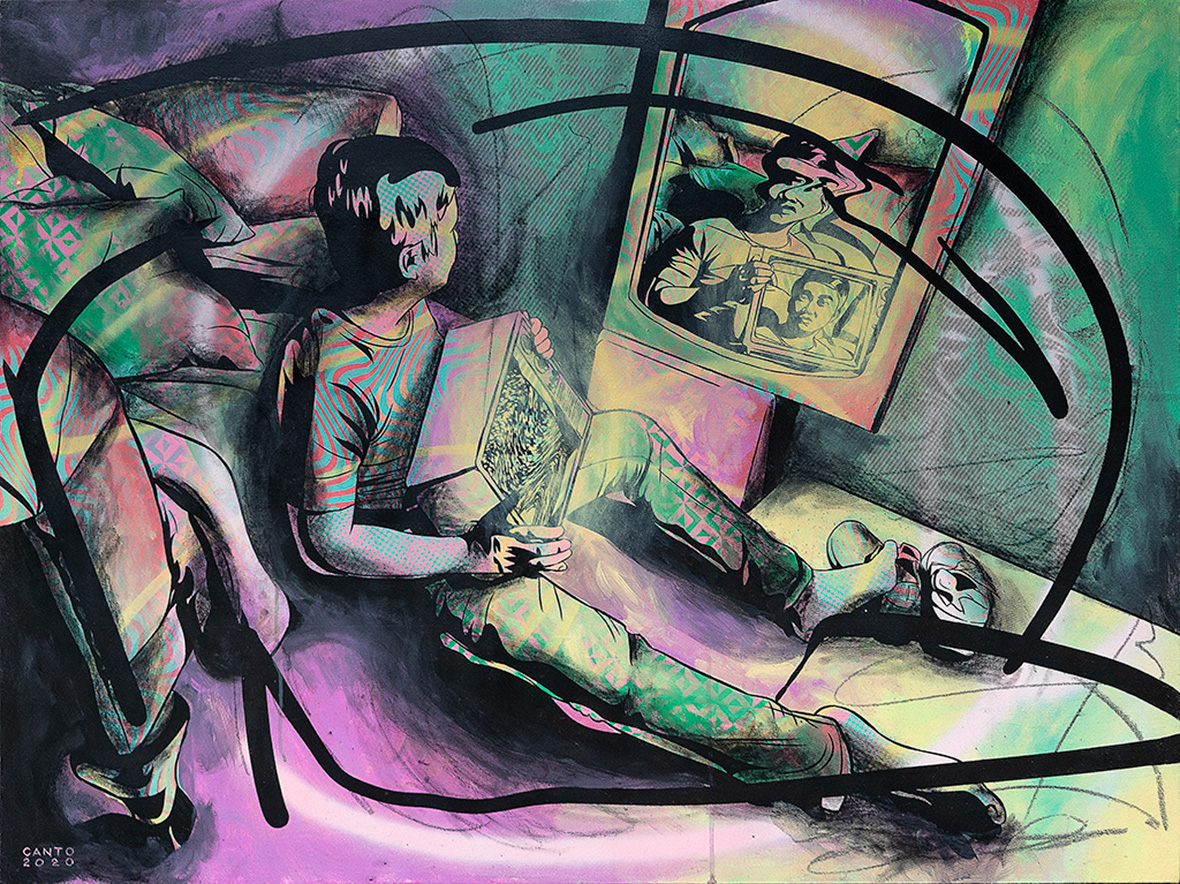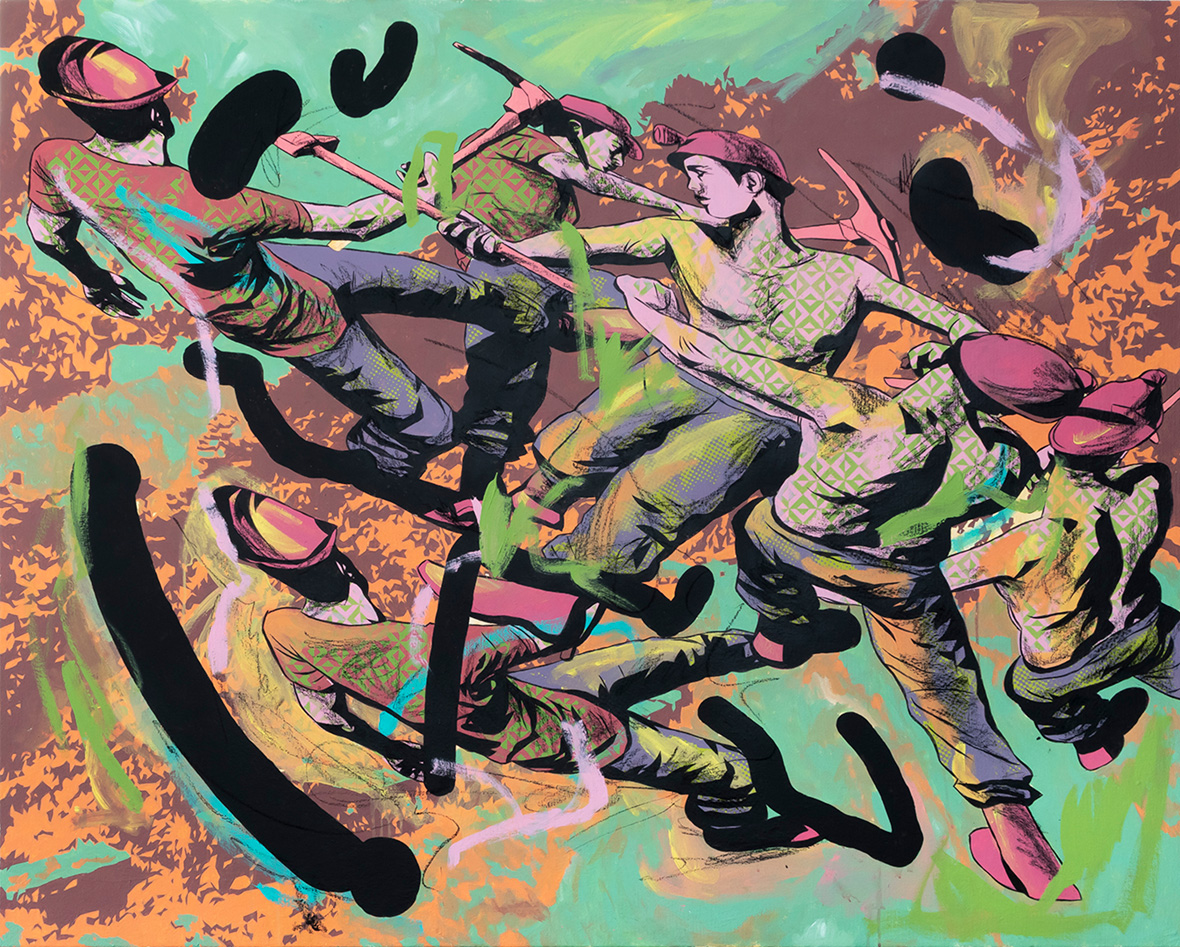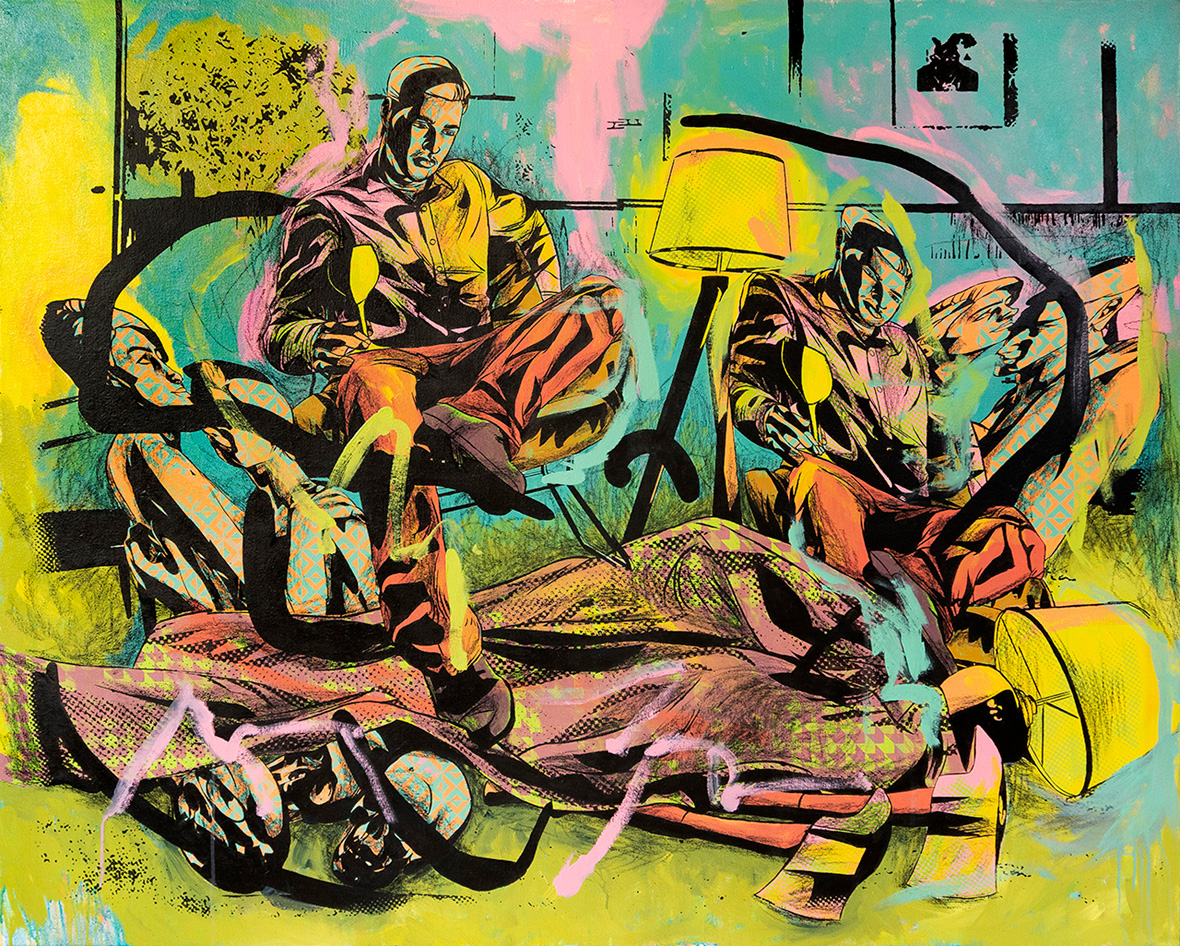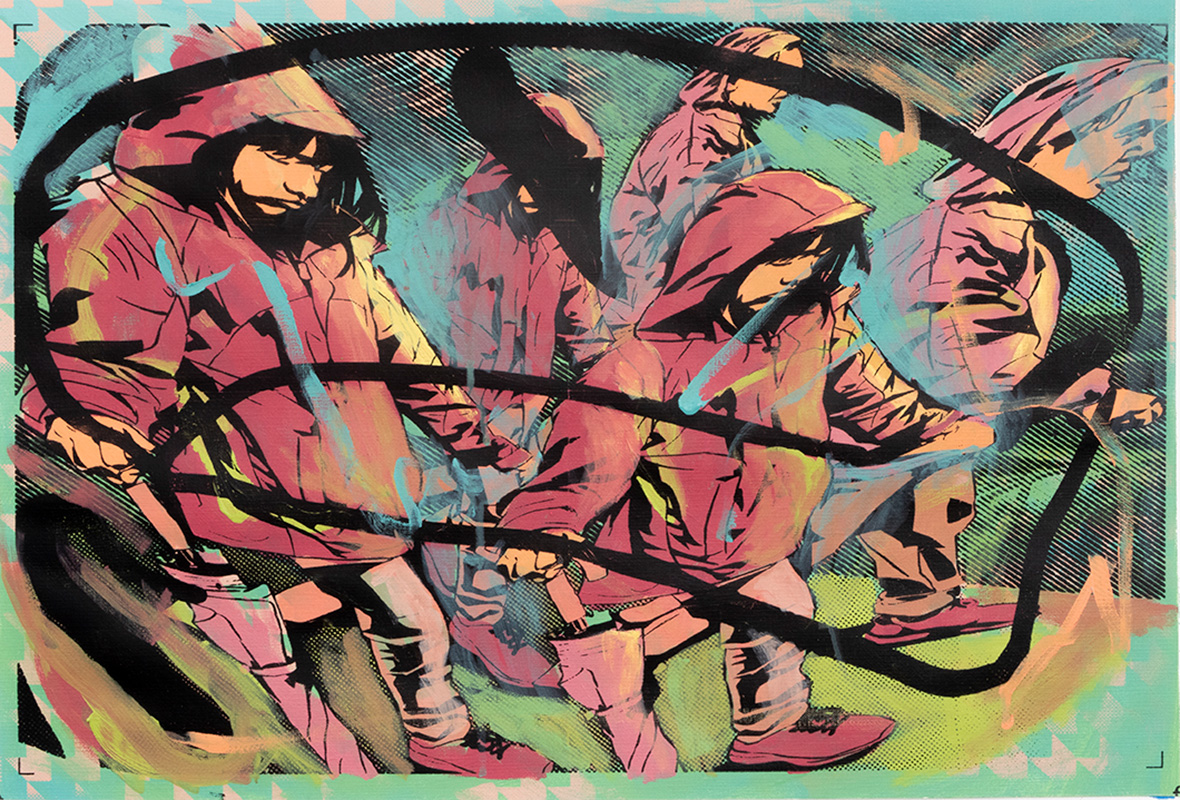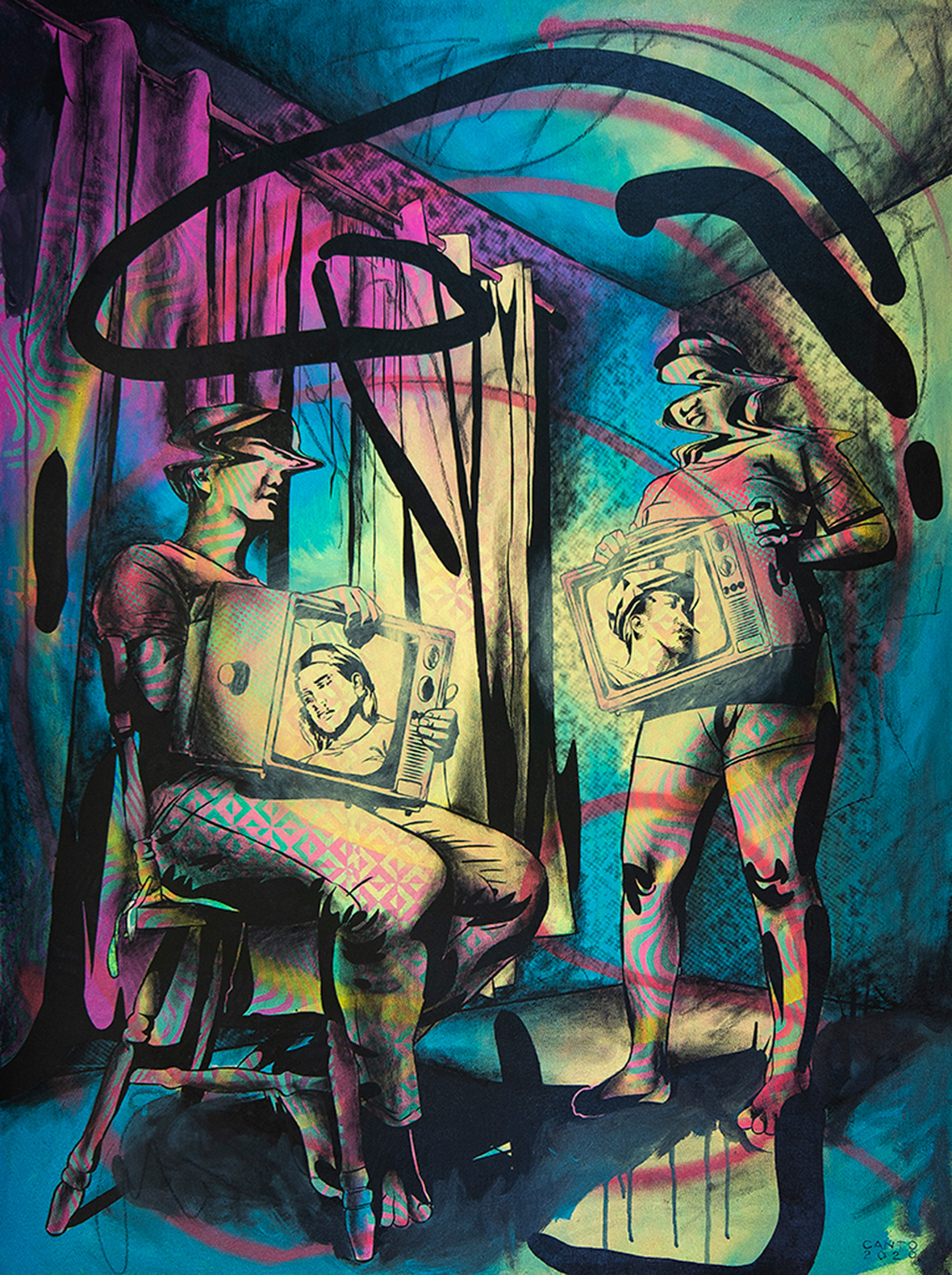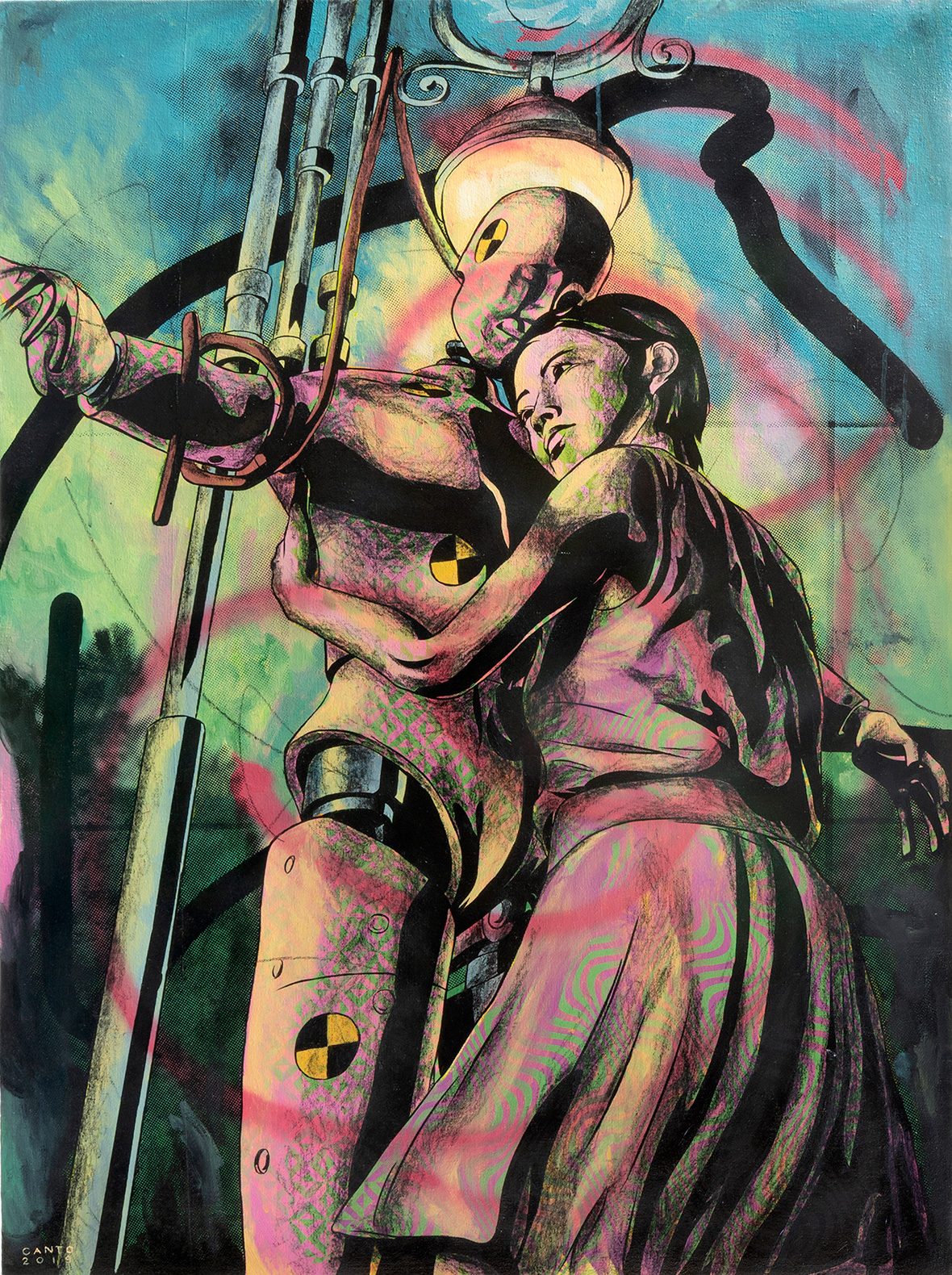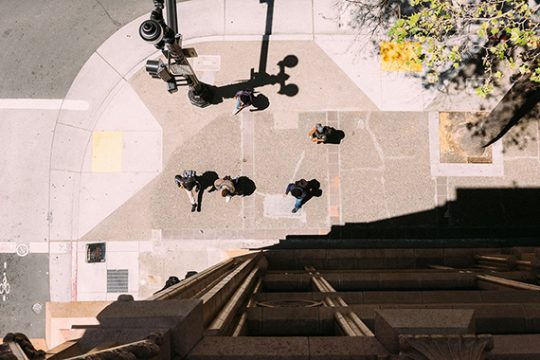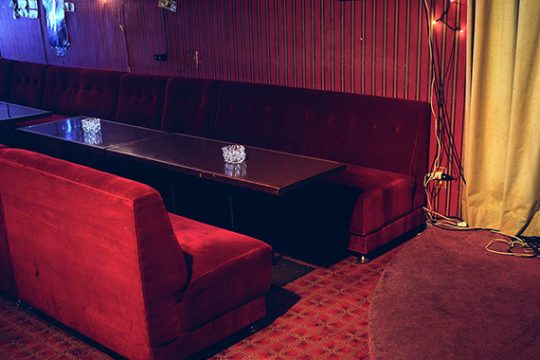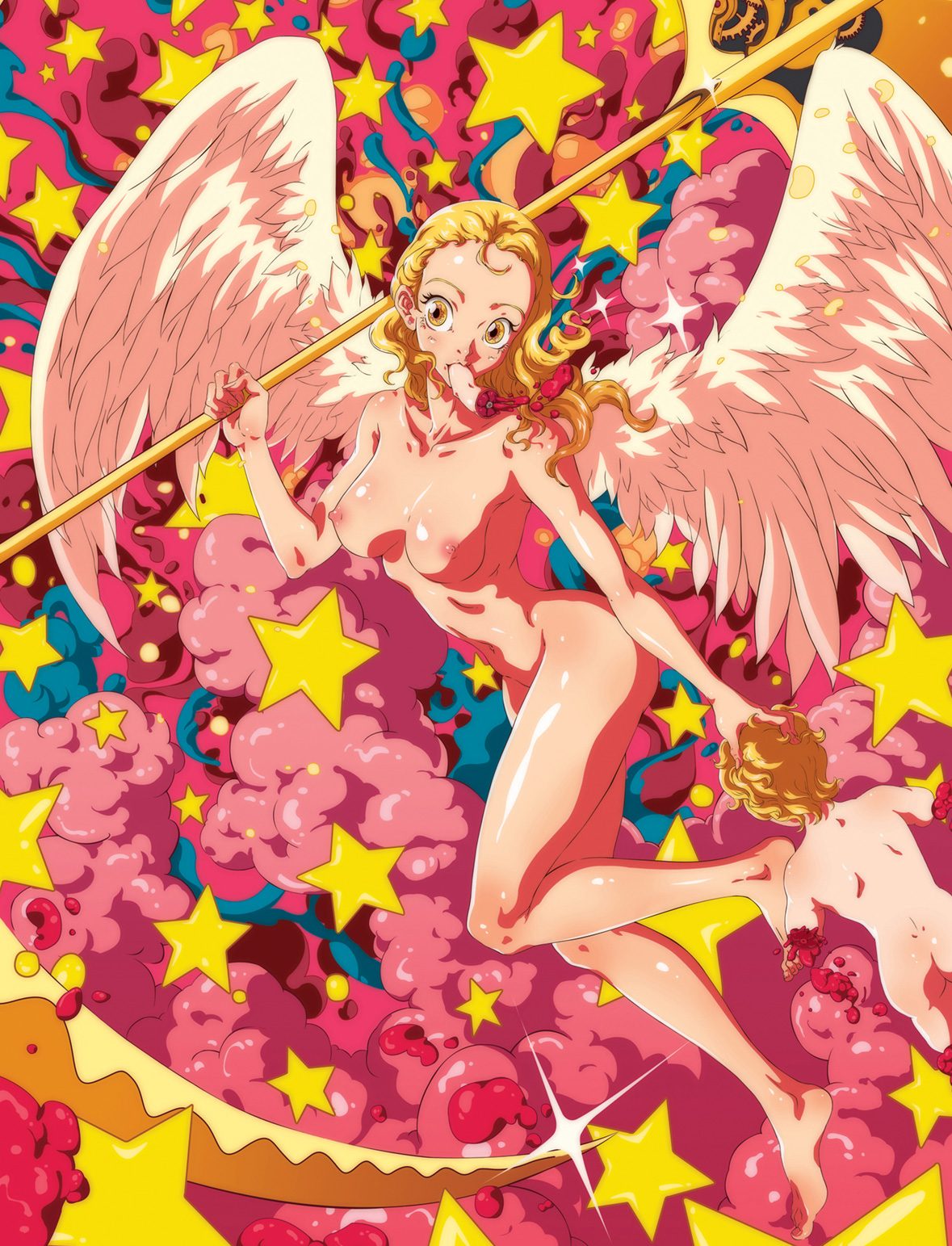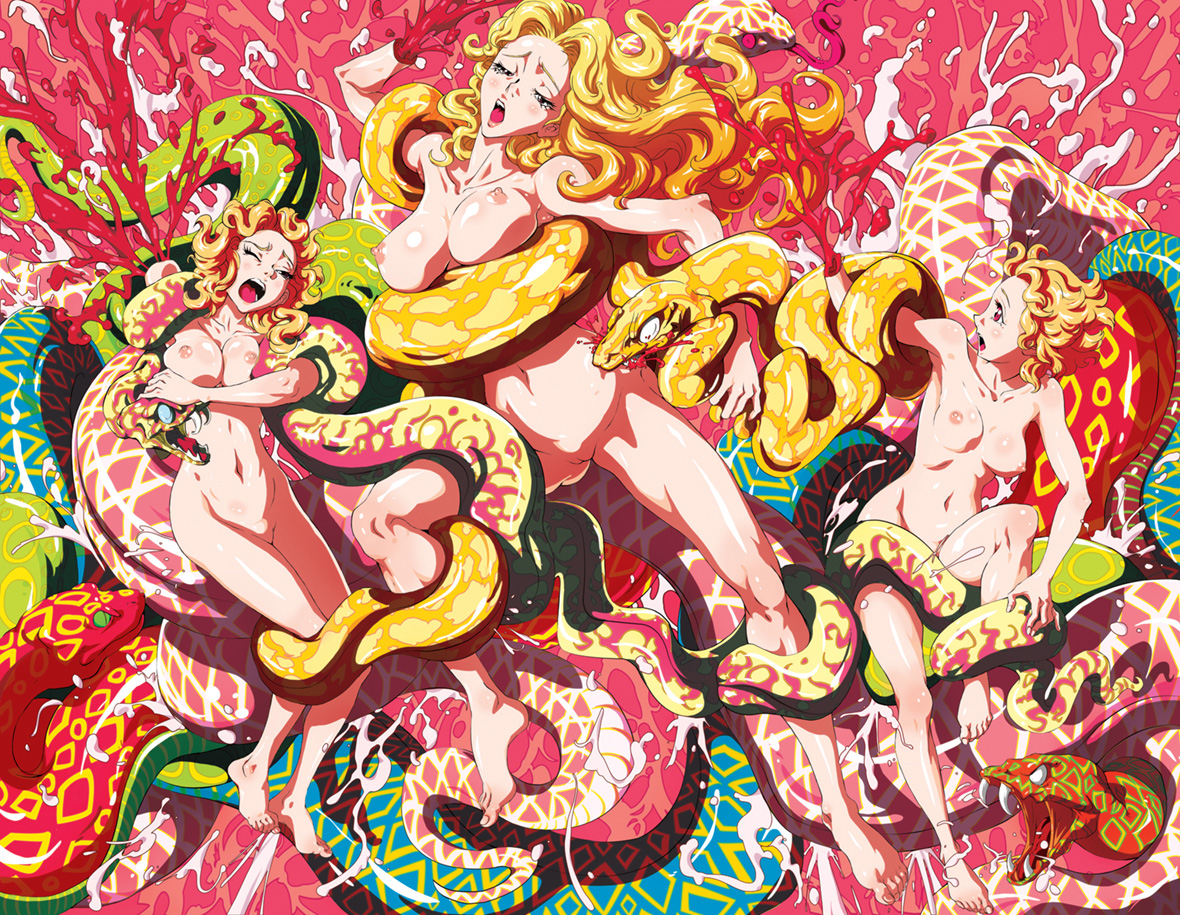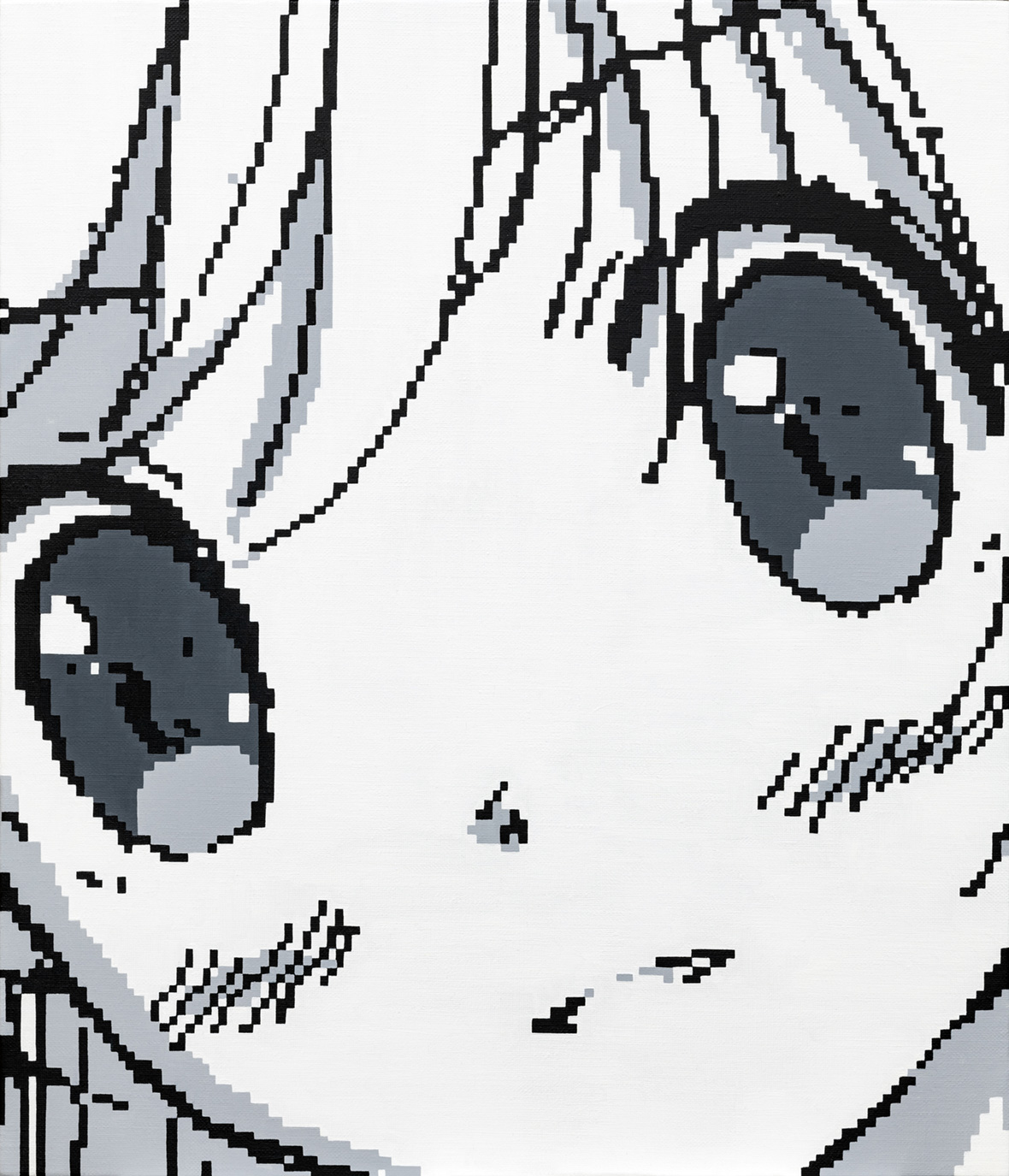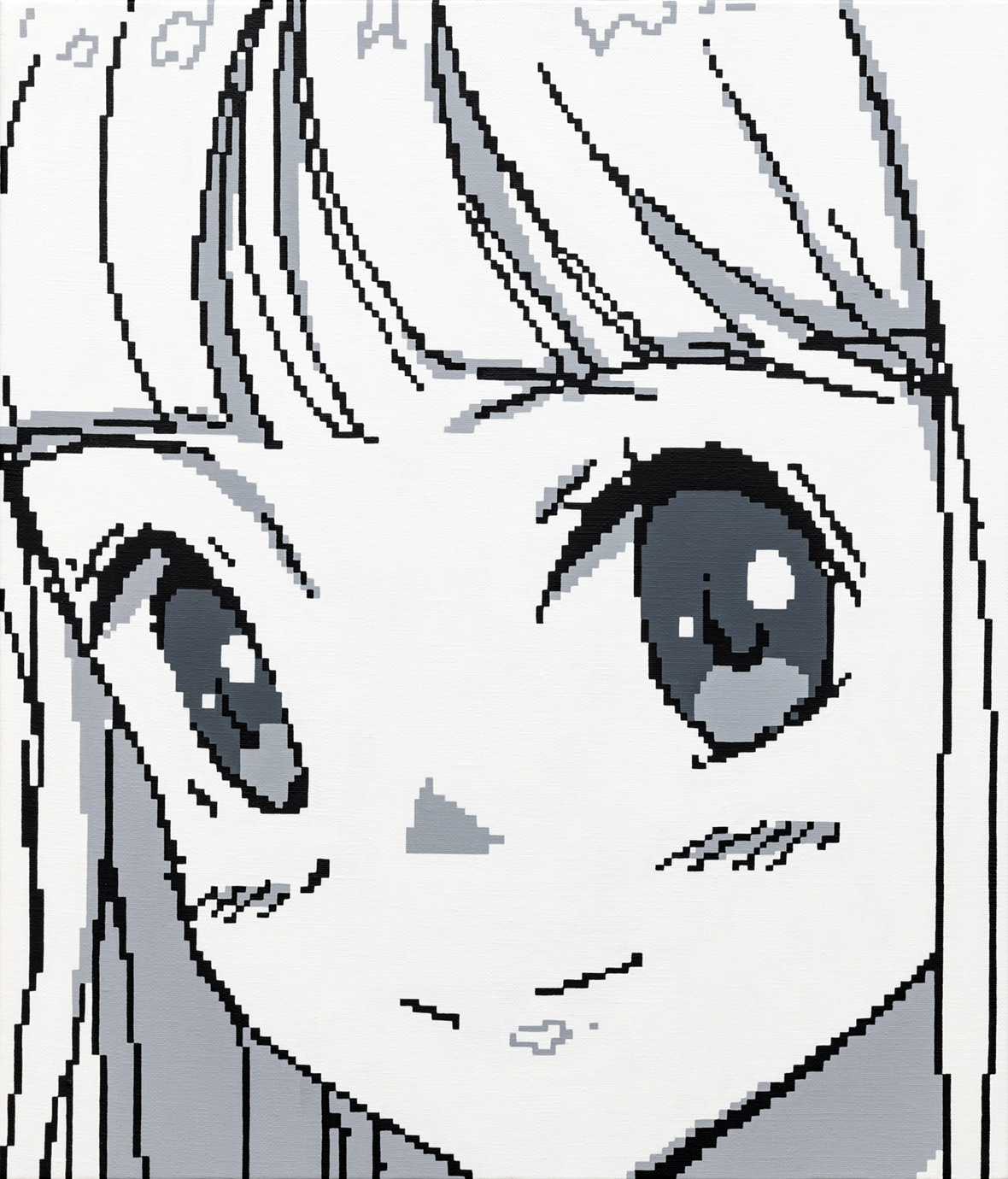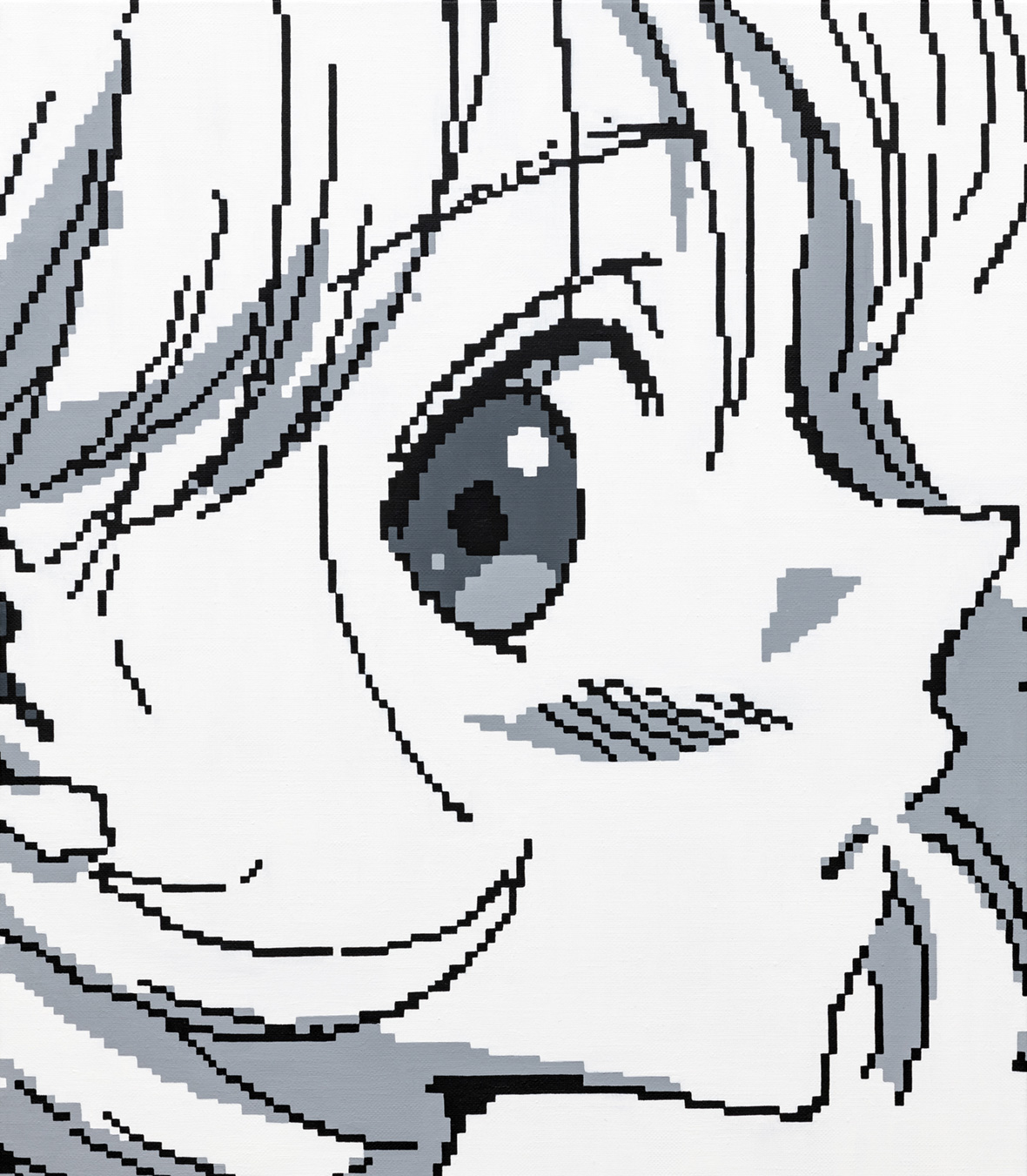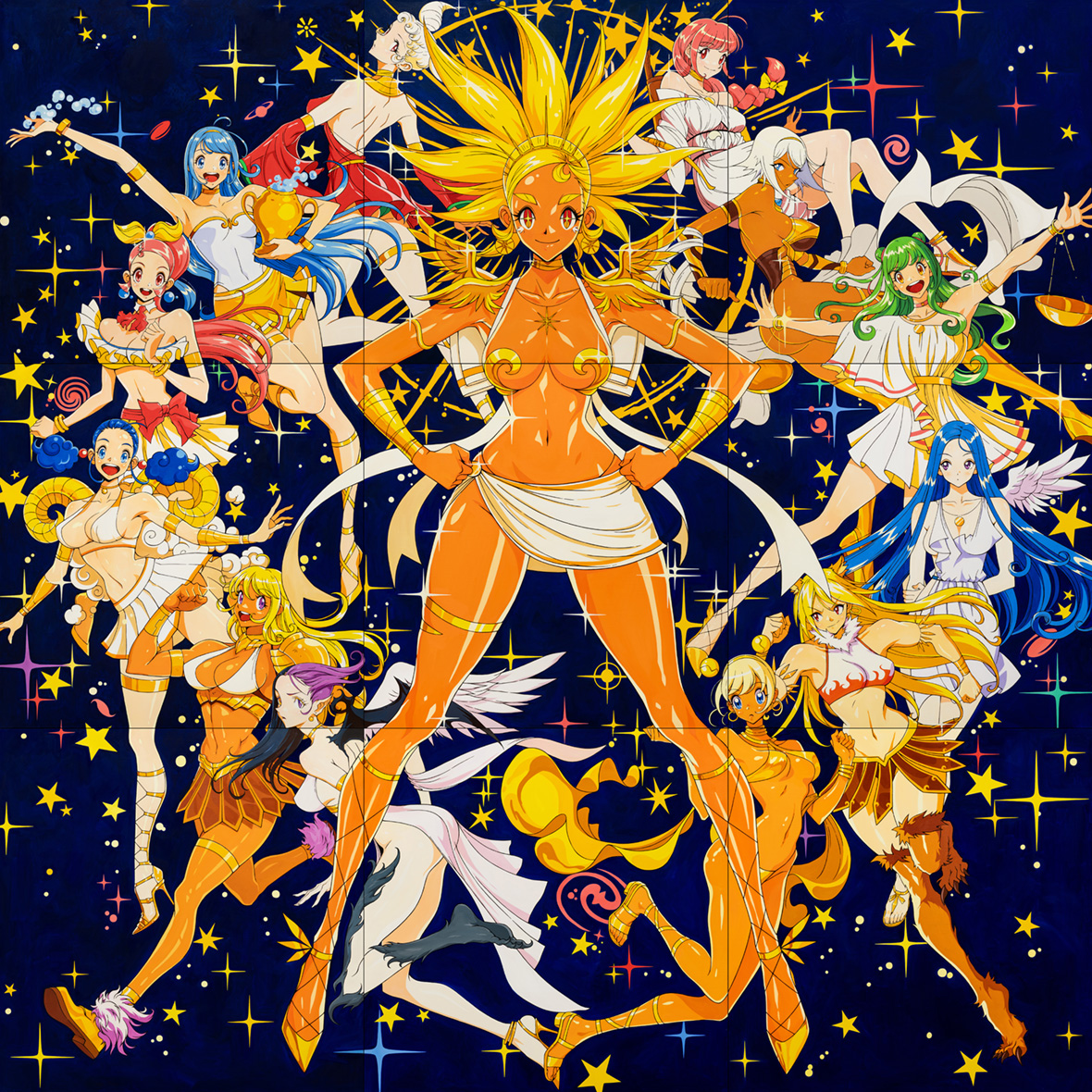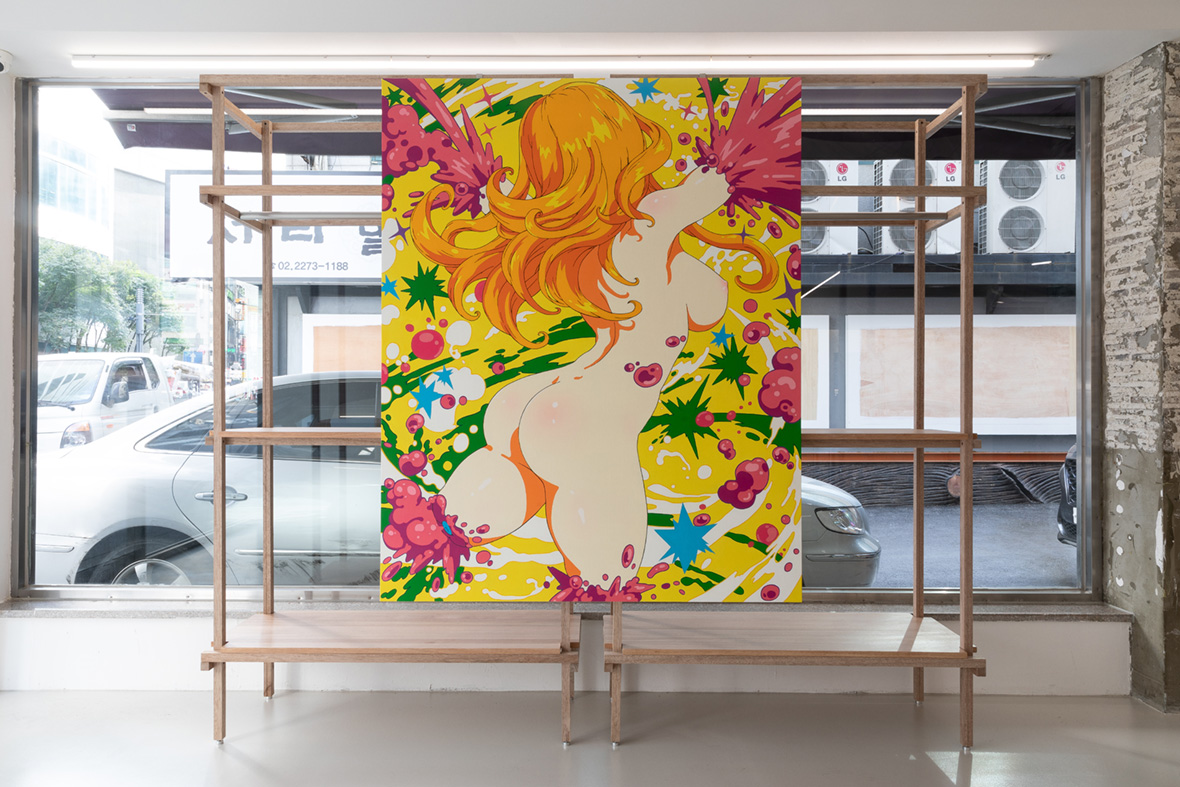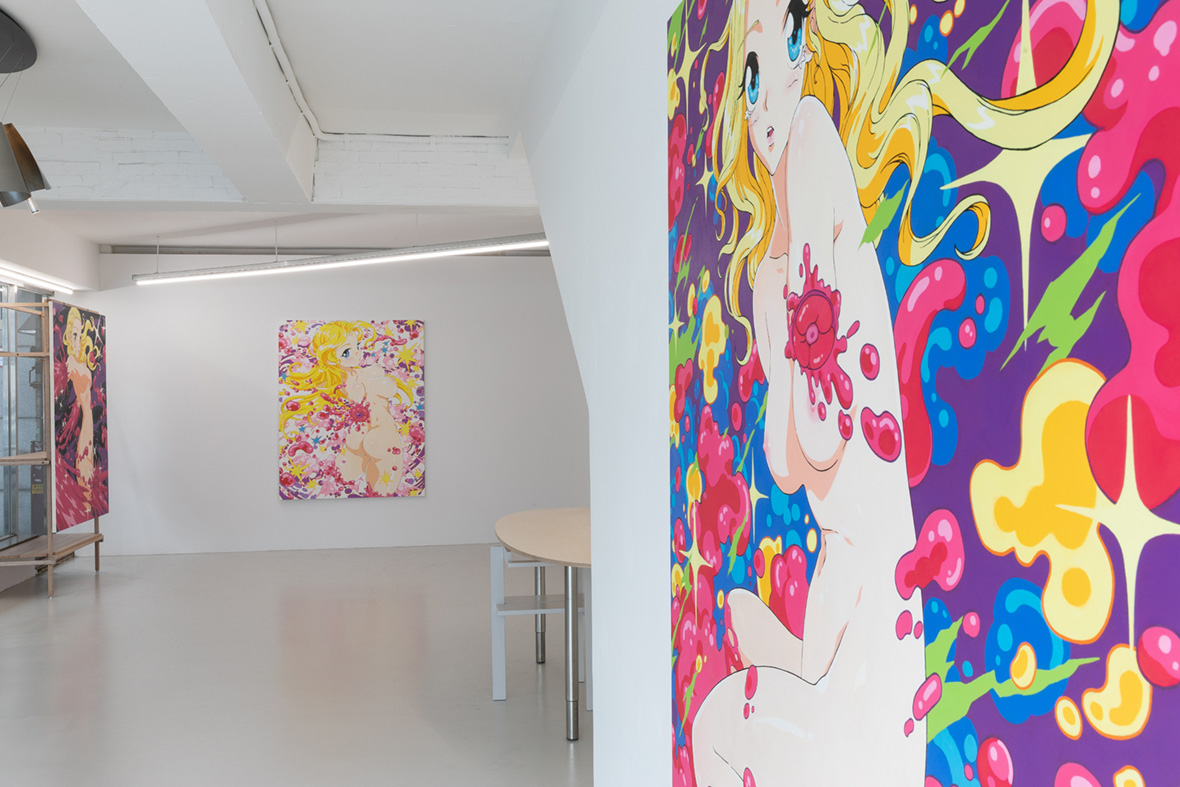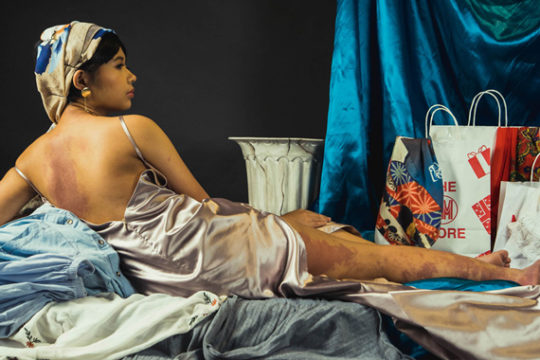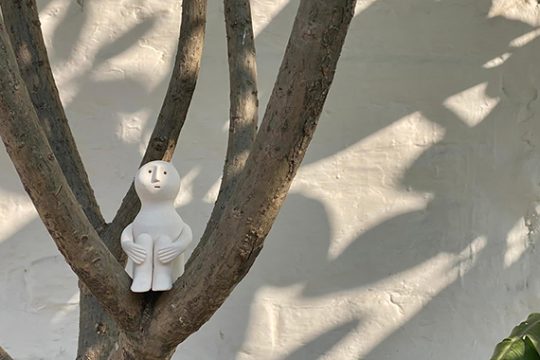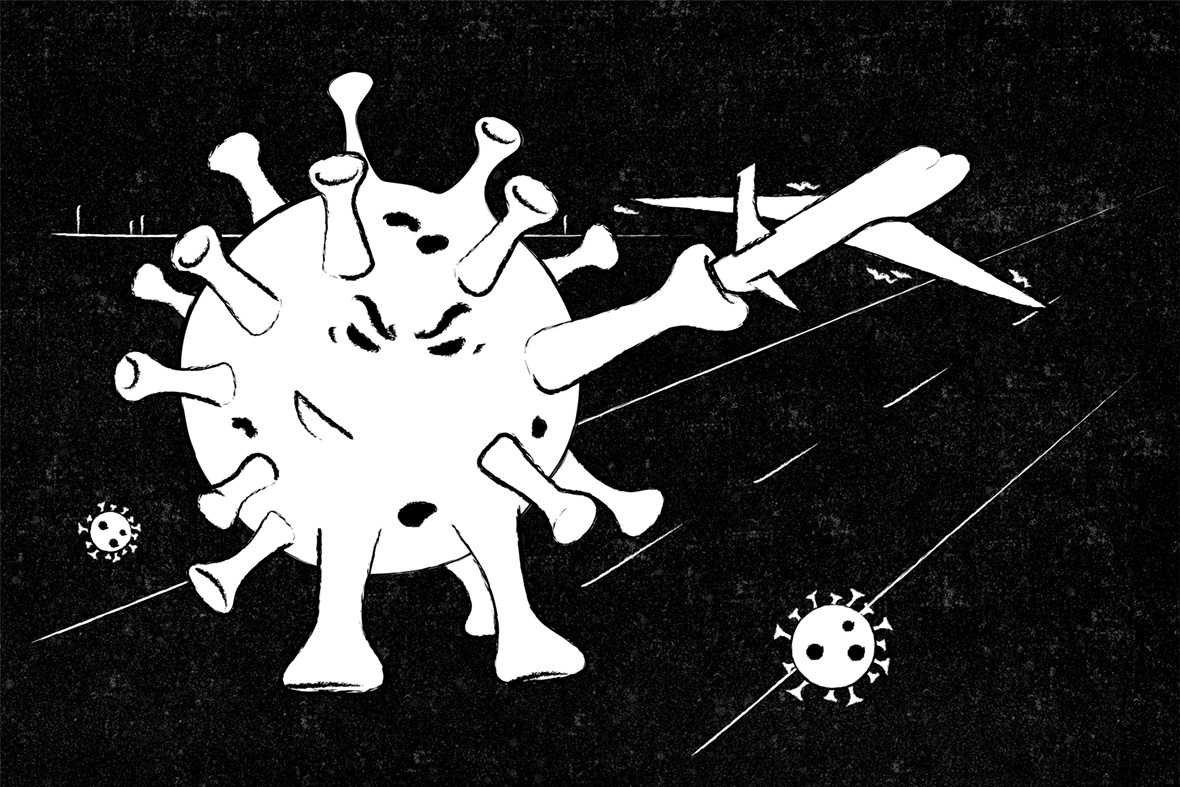
Shi Yuewei hasn’t been home for 19 months. She’s stuck overseas.
This unexpectedly extended stay in New York has forced her to bear witness to an America under siege by an unchecked pandemic: months of stay-at-home mandates; store aisles swept clean of masks, hand sanitizer, and toilet paper; and the bustling streets of Manhattan abandoned. Her classes at the School of Visual Arts were canceled or rescheduled to be held online.
Covid-19 has had a far-reaching impact, the brunt of which has been felt by everyone to varying degrees. International students are just one of many affected by the outbreak, and others face similar predicaments as Shi Yuewei—those already overseas can’t return home due to limited flights and exorbitant ticket prices, and those preparing to study abroad had to cancel their plans entirely.
In this new normal, is studying overseas still worth the risk and stress? In an unfamiliar country, what happens in these times of unforeseen emergency? For those already overseas, is the high cost of tuition and renting an apartment worth it when only online classes are available? If the online courses offered are the same, why even travel abroad? We caught up with a few students with aspirations to join the creative industry to get their take.
施悦玮 还没有回国,这是她待在纽约的第 19 个月了。
19 个月没回家的日子里,她见到了美国应对大规模传染病而展露出来的、罕见的另一面:长达两个月的居家隔离,医疗防护设备抢购一空,往日人来人往的街道上几近无人……作为一名纽约视觉艺术学院(SVA)的学生,本应需要准备设计制作丝网印刷的教学课程,也全部停摆,改成了上网课。
疫情几乎让全球各行各业都面临停摆。随之而来的,是国内留学市场持续半年的低迷期,在外的学子回不了国,国际航班机票价比天高,还将面临各国不同的自费隔离政策,而于此同时,在国内的“准留学生们”计划又全被打乱……
疫情尚未完全宣告结束的当下,出国留学是否必要成为了不少人内心悬而未决的疑问——国外人生地不熟,如果碰到健康安全问题怎么办?学费生活费居高不下,但换来的却是几个学期的网课?一样是提升自己,留在国内读研好像也可以?
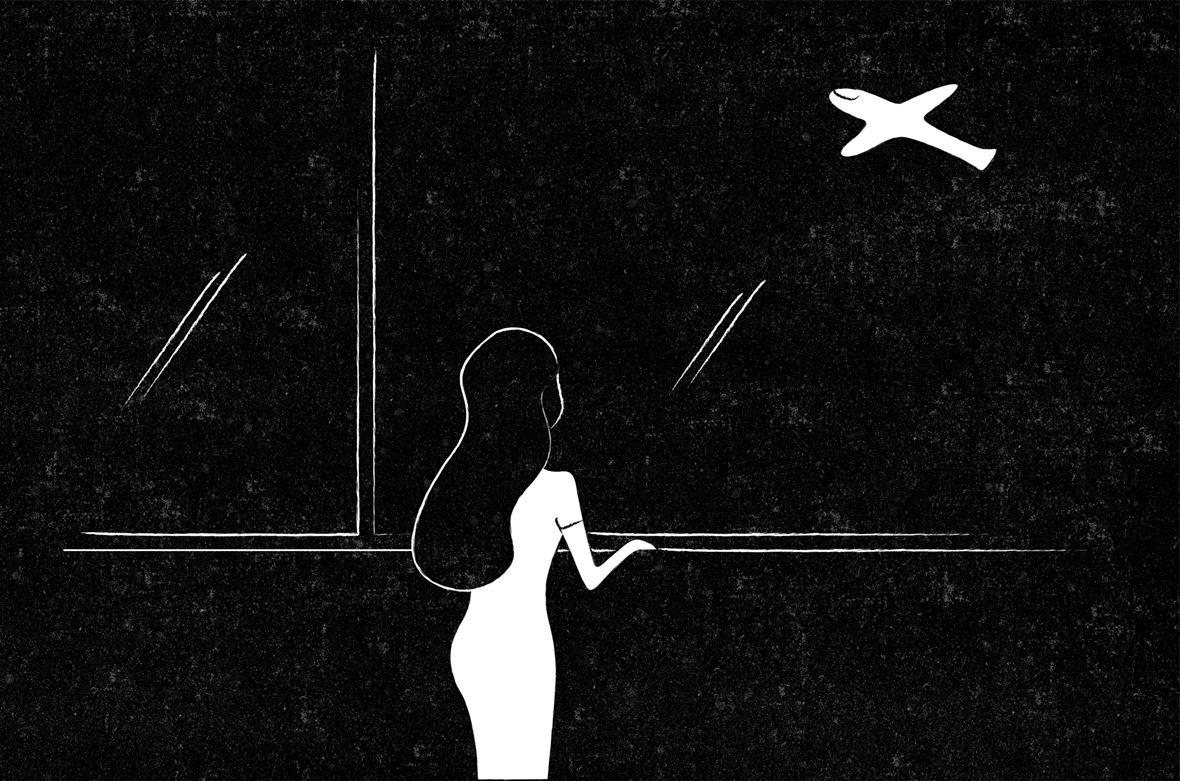
A Turn of Events
Chinese nationals are a sizable majority of the international student population. According to China’s Ministry of Education, over 25 million Chinese students studied abroad between 2016 — 2019. In 2019 alone, over 7 million students studied abroad. The appeal is obvious: earning a degree overseas will help them land better jobs after graduation, they can learn a new language, and it’s an opportunity to broaden their worldview. Of course, aside from purely academic goals, there are also those who see a student visa as the first step toward foreign citizenship. For those with strictly academic ambitions, universities abroad seem to have stronger reputations. Chinese higher education is often ranked low against international counterparts. In the 2020 Quacguarelli Symonds World University Rankings, only 12 Chinese universities made it into the list of 100, and none made it into the top ten.
But now, with the Black Swan event that is COVID-19, many Chinese students are second-guessing their decision to leave the country. Concerned with the virus handling overseas, they’re delaying or completely scrapping their plans of going abroad. Universities around the world have also tightened their visa restrictions, which has added a layer of difficulty for Chinese students who are planning on studying abroad.
Shi Yuewei enrolled at SVA in 2017 for a degree in illustration. In the summer of 2019, she flew back to China like she does every year, spent quality time with friends and family, and headed back to New York to complete her studies. Little did she know that she wouldn’t be seeing them again for the foreseeable future.
For Handowin He, who finished a degree in visual communication at SVA and returned to China in 2020, her plans were equally disrupted. Right before the pandemic surged, she was preparing to participate in several illustration exhibitions and book fairs in New York. These plans have all been abandoned.
Some Chinese students haven’t even been able to leave the country. Before the pandemic restrictions set in, Fang Yuanli spent all her waking hours building her photography portfolio, with the hopes of getting into one of the two England universities she applied to: the Royal College of Art and the Ruskin School of Fine Art. She was ecstatic when she was accepted into the former, but that excitement was short-lived. “All of a sudden, I couldn’t go anywhere,” she says.
Currently living in Shanghai, Hunan-native Song Yang is another student whose plans of studying outside of mainland China have been put on the backburner. At the end of 2019, he quit his job and planned on studying art history. He intended on enrolling at the City University of Hong Kong for Fall 2020 classes, but that plan went out the window.
“Everything happened so fast,” he recalls. “I followed the news early on. I was skeptical of the rumors on Douban saying that it may be a mutated variation of SARS, but then, all of a sudden, I found out I couldn’t return home to Hunan for the Chinese New Year. Hubei, our neighbor providence, was on lockdown.”
1/ “太突然了吧”
来自中国的学生构成了全球最大的国际学生群体。根据中国教育部的数据,2016 至 2019 年,中国学生出国留学人员总数 251.8 万人,单 2019 年度就有 70.35 万人。出于许多原因,留学对中国学生来说具有相当的吸引力。许多人认为获得国际学位有助于他们毕业后获得更好的工作,同时也获得了学习外语和拓宽视野的机会。当然,也有不乏一部分人觉得出国留学是移民的途径之一。根据高等教育分析公司 Quacquarelli Symonds 在 2020 年的全球前 100 名大学中,仅有 12 所中国高校在排名中——中国缺少一流的大学,也导致了有些人由于对国内教育体系的不满而来国外学习。
但 2020 年成了留学市场上的一只“黑天鹅”,许多留学生和他们的家庭出于对健康的担忧而推迟了原本的学习计划,国内外的高校则也限制了签证和入学。这一来,就拦住了许许多多中国留学生们的步伐——已经出国的,即将赴读的,刚刚毕业的。
施悦玮是四年前申请上的纽约视觉艺术学院插画系,在疫情来前的一个暑假,她和往常一样回国旅游、探亲、访友,然后登上了飞往纽约的班机,一切好像和往年没有任何不同。
无独有偶,Handowin He 上的也是在几年前申上的纽约视觉艺术学院,念的是视觉传达。在疫情来临前,她刚毕业不久,正在筹备去纽约参加插画书展等活动。
而方苑郦和宋扬的留学之旅就不是那么顺利了。疫情开始前,方苑郦精心准备了自己的作品集,包含三个相互关联的摄影项目。她同时申请了两所学校,英国皇家艺术学院和牛津大学的 Ruskin 美术学院,然后不负众望地被皇艺 MA Photography 项目录取了。得知这个消息后的她还挺高兴,万万没想到的是,“之后,我就出不去了。”
宋扬没能如期出国。住在上海的他是湖南人,19 年底,他辞掉工作想去追寻自己想学艺术史的梦想,准备“出去看看”。如果顺利的话,他原本打算在 2020 秋季前往香港城市大学入学。但事情的发展有点出人意料,用他的话来说是:“太突然了吧。”
“我从疫情开始在国内爆发就一直关注着,一开始有人在豆瓣网传是‘变异版的 SARS’,我还将信将疑。一直到春节前吧,我忽然发现我不能回老家了——隔壁省(湖北)封城了!”宋扬意识到,这场疫情好像比大家预想的要更严重。
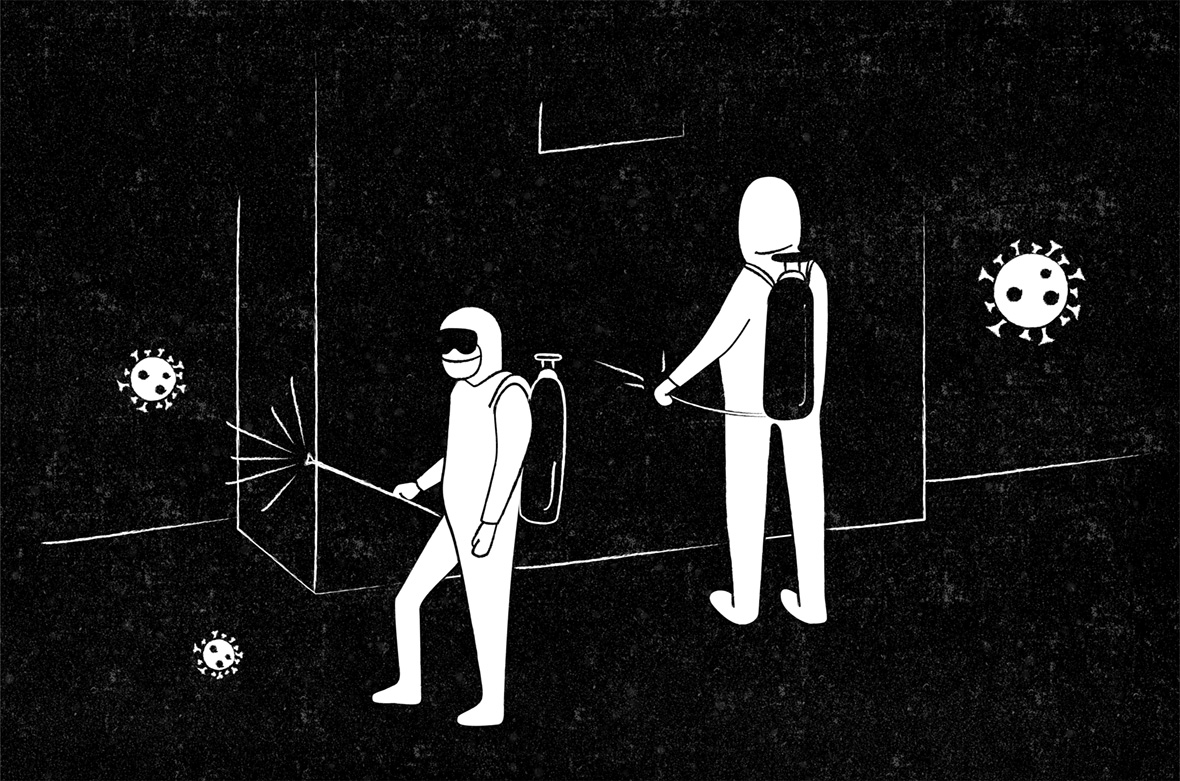
From Offline to Online
In WeChat groups organized by overseas students, lively chatter broke out at the onset of the pandemic. Typically, these chatrooms are quiet, but as news of the virus spread, they came alive with anxiety. Students turned to these groups for answers. Bunker down overseas or fly back to China? Take a hiatus next semester? Is enduring the time-zone difference to finish out the next semester of online courses an option? When do tuition refunds get processed? Can student visas be extended? Can rent be reimbursed?
As more information about the disease became known and quarantine policies were established, universities around the world quickly adapted. Online courses were announced, new campus protocols rolled out, and students affected by the pandemic were offered counseling services. Tuition refunds were also quickly issued and deferred enrollments were allowed. The lenience of these new policies gave Song some peace of mind.
Being that Song had hopes of enrolling in a Hong Kong university, the start date was about the same as mainland universities. This meant he needed to submit his application by February. “But the virus didn’t ease off, and after the lockdown, my family didn’t want me to risk it,” he says. He decided to play it safe, and with the savings he had, there wasn’t much downside to staying in place. “It’s not a bad idea to keep preparing for the IELTS and try to score higher.”
Fang Yuanli is someone else who chose to delay her enrollment to the Academy of Royal Arts in London. Even though online courses are available, the tuition is no less expensive. For now, she’s decided to join the workforce until the pandemic subsides. She began freelancing for Sanlian Lifeweek, a Chinese publication, and has recently joined their team full-time as a staff photographer. Although this was different than her original plans for the year, she believes she’s still on track with her future goals. “I plan on applying for the Magnum Photography and Social Justice Fellowship this year,” she smiles.
For Shi, the internet has become her only means of connecting with the outside world. “It’s not that different with online lectures,” she shrugs. “Most of the classes still feel the same. It’s not unlike listening to a lecture in person, and there are still one-on-one reviews. There are advantages, in that exhibitions are now often held online, so I don’t have to go out—which is great for an introvert like me.”
But there are also plenty of drawbacks. Two of her designs for a project in spring required the use of a screenprinting press, which was available for free at the school. The project was ultimately scrapped.
Shi also planned on participating in two exhibitions, which were both moved online. As opposed to viewing them in person, she found that digital exhibitions had far more limitations. “It’s different to see your own work on screen than in person,” she says. “It’s a pity that exhibitions have had to move online. Despite the real size of your work, they’re reduced to the size of the viewer’s screen. The overall impact, the details on the work, and the work’s physical textures get lost in translation. Also, you’re forfeiting the opportunity to meet like-minded people who you can bounce ideas off of, which is one of the greatest perks of holding a normal exhibition.”
Similar sentiments are shared by He. “All the connections I’ve made offline feels like they’ve been severed,” she says. When she was still attending SVA, the school held a lot of offline events, which can no longer be done. “I attended a different event every week when I was in New York. It allowed me to meet so many talented artists from different fields, but that’s no longer possible, even if the events are still around in a digital format. The interactive element of it is gone. Face-to-face communication is still the best way to build relationships.”
2/ “线下所有资源和体验都没了”
与此同时,大家在微信上看到留学生群里开始了热烈讨论,一些平时往往只在毕业季会有的讨论,此刻却炸翻了锅:回国还是留校?索性 gap 一学期还是忍着时差上网课?学费退款何时审批?签证和房租是不是能及时续补? 随着疫情逐渐蔓延和人们对其的认知逐步扩大,国外的高校陆续开始响应隔离政策,推广线上网课、安排防疫护具、安抚留学生心理,相应的退学与延期入学政策也逐渐放开,这让宋扬少许安了一些心。
宋扬想申请的是香港院校,遵循和内地差不多的开学时间,他本需要在 2 月前递交学校所需的申请资料。“但疫情没稳定,回老家后又遭遇了封城,家里人其实也不放心让我离开。”几经考虑,他最终选择放弃当年入学,已经有了一些储蓄的他觉得,“再准备准备,把雅思再考高一点也未尝不可。”
方苑郦也同样选择了不入学。她半开玩笑地说“皇艺的学费是真贵”,虽然学校开设网课,但并不能减免多少。权衡之下,她选择先工作起来,疫情渐渐得到控制之后,她开始跟着三联周刊记者进行一个外拍任务,之后也开始面试摄影师的职位。虽然和最开始的打算有所不同,但方苑郦对这样的改变并没有很失落,“今年我也会尝试申请下马格南社会公正奖学金。”
对于在疫情爆发前就已经到纽约的施悦玮来说,她享受了一系列“云端服务”:“就线上授课而言,其实大部分的课影响不大,基本还是像在学校一样老师讲 Lecture,之后再一对一点评。而线上展览相对于实体展览而言唯一的好处可能就是不用出门,对我这种阿宅很友好吧。”她如此说道。但因为学校完全关闭了,所以有一些需要用到学校设施、模特或者实验室的课程就会比较困难,“我春季学期就有一个 Junior Project 需要用到学校的丝网印刷室,但是因为疫情的原因最后有两幅作品没能来得及印出来。”
本来也要参加两个展出的施悦玮,对线上展览的弊端更有些体会:“从屏幕前看作品和在实地的感受是截然不同的。但都因为疫情变成了线上,还是觉得很遗憾的。首先线上展出所有的作品都变成了屏幕的大小,整体的震撼力,细节,质感都大打折扣。其次参加展览有时候可以遇到一些有趣的人,可以和他们介绍一下你的作品或者交流一下大家的想法,而线上展出就没有这个机会了。”
Handowin 也这样觉得,“线下所有资源和体验都没了”。她往年在纽约读书时, SVA 会拥有很多活动的机会,“同样去年我几乎在纽约周周会去参加活动,能够认识到各界的艺术家。现在这些都没了吧。即使有些变成线上,但是参与感明显下降。”原本应该在纽约参加插画书展等活动的 Handowin 说道,“人与人的沟通最直接有效的仍然是面对面。”
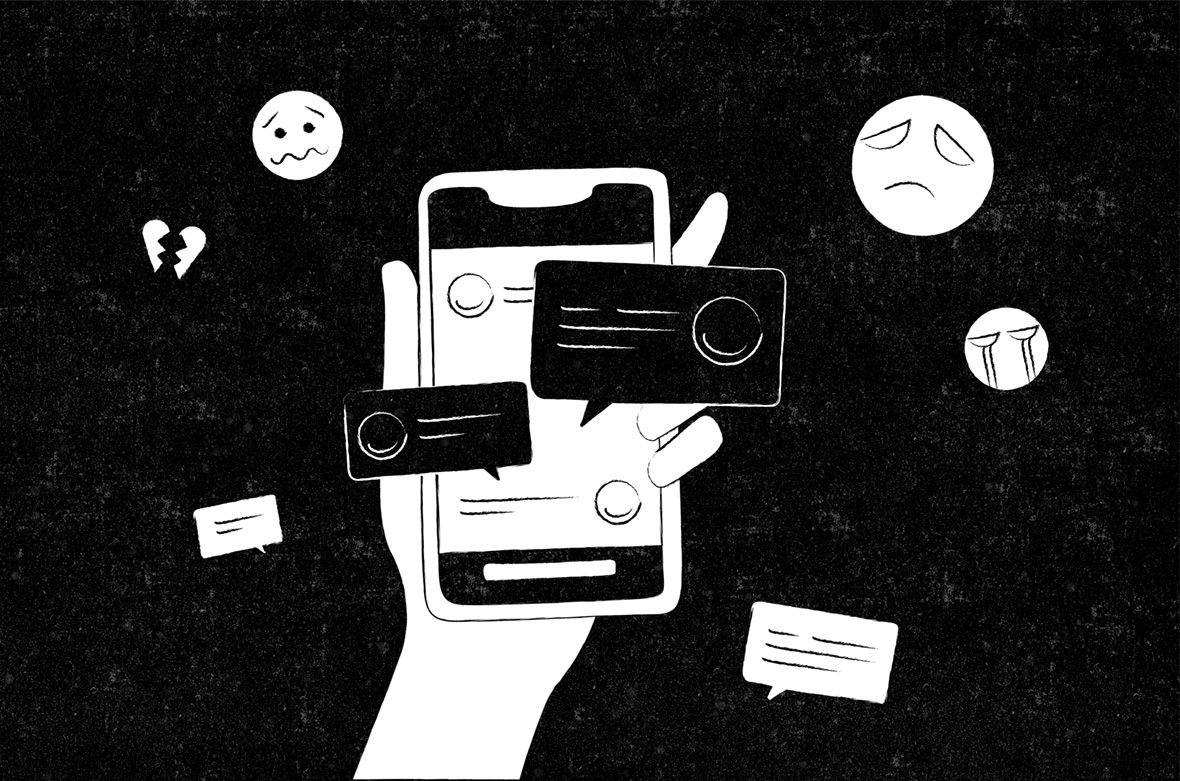
A Time For Reflection
Even though COVID-19 has hampered the plans of students looking to study overseas, there are upsides to be found in the throes of adversity. Those homebound by the pandemic have been afforded the time to reconsider their priorities and goals. A lot of people believe that these reflections have offered them a lot more clarity about their future.
Shi was originally supposed to finish her degree earlier this year, but the delay isn’t a disappointment. She’s most disappointed with how she’s been unable to see her friends and parents this past year, outside of video calls. After graduating, her top priority is to head home. To her, family and friendship are the most important pillars of her life.
Song also believes the past year may have been a blessing in disguise. “Looking back, my decision might have been rushed,” he says. “I think I just didn’t want to be another cog in the nine-to-five machine, so I quit. But when my life trajectory switch and application to schools were a bit too hurried. 2020 gave me time to slow down and rethink things.”
Now, he’s looking further out and has his sights set on schools in England, which he believes will teach curriculums that better serve his academic aspirations. In the meantime though, he’s freelancing on the side for some income and studying by himself. “The pandemic may not have been all bad,” he says. “There will always be opportunities to study abroad, and I don’t mind waiting.”
For He, the pandemic has caused her to doubt her plans of returning to New York for a longer-term stay. “Originally, I wanted to work there after I graduated,” she says. “But now, I’m in an awkward dilemma. It’s not a huge problem though, I’ve always been good at adapting.”
She believes the only way to cope with the volatility of the past year is to just keep moving forward. For the time being, He will stay in Shanghai, and she’s begun working on a children’s book around themes of environmentalism. It’s a fitting time for such a book, she believes, as the pandemic has spotlighted just how much humans are at the whims of nature.
Fang has similarly adjusted her plans and is now interning at a Chinese company during this gap year. She also reveals plans of starting a new photography project that’s based on some of her introspection during this pandemic.
Despite how much the pandemic has upended the plans of many students looking to travel abroad, it’s only a temporary setback. Most still have plans of heading overseas once the virus eases. The opportunity to immerse themselves in another culture, brush up on their language skills, and experience an entirely different educational system is too good to pass up, but at a time when leaving isn’t possible, many have discovered that there are still plenty of ways they can better themselves right at home. Rather than admiring how green the grass may seem on the other side, perhaps tending to our own garden is the best course of action in these strange times.
3/“灾难会促使人去反思”
虽然疫情的阻碍使很多学生没有办法去实地参与课程,也错过了一些能够在国外社交和寻找实习的机会,但这让很多准留学生们得以有时间重新考虑他们的目标和追求,也让他们对未来有了更明晰的方向。
2021 年应该是施悦玮的毕业年,她觉得疫情给她带来最大的遗憾就是没办法回国与家人朋友见面。留在美国足足 19 个月,她和家人的见面的机会仅限于视频聊天。在毕业之后,她会考虑先回国和家人认认真真地团聚一次。
宋扬则是很坦然地表示自己没有什么遗憾的。“现在想想我本来的决定作得有些仓促,可能只是不想过一成不变的‘打工人’生活,所以要为了梦想辞职。但其实当时备考雅思、选择学校,都有些匆忙,2020 给了我重新思考的契机。”
宋扬把英国的大学纳入了考量范围,在静下心来了解过一系列留学国家之后,他觉得欧洲国家疫情相对趋缓,教育质量也更高。目前宋扬是自由职业状态,一边赚钱一边学习,目的是为了“想申更好的学校”。“对我来说,疫情真的算很善待我了。毕竟要留学,机会一直都在,我不怕等。”
而对 Handowin 说,过去这一年对她来讲最大改变就是对“是否长留纽约”这个问题有了新的认知。“原本的机会当然是毕业在那里工作,现在感觉有点尴尬,进退两难,但也不会是很大的问题,适应变化对于我来说也不是一次两次。”她说道,在谈到疫情对国外学习的影响时,她表示“这场大疫已经改变了世界改变了我们每一个人,无论是否能够尽快结束,我们都回不到过去了。”Handowin 最近在写关于北极和环保的童书故事,希望人类能一起努力让地球健康一点。这样的环保意识在疫情来临前,未必得以在众人面前曝光,但瘟疫给了人们思考和自省的机会。
同样,方苑郦也在短期内迅速调整了自己的规划,目前已经开始 gap year 并着手实习,并同时进行自己的个人项目。和她之前做过的摄影项目一样,她认为无论瘟疫、地震甚至其他天灾人祸,“灾难会促使人去反思”。
而无论疫情给留学市场带来了怎样的变化,但对于想要和正在留学的学生来说,疫情的爆发或许只是短暂地给留学市场按下了暂停键,海外的多元文化和不同于中国式教育的学习体验,依然是他们最为珍视的目的。但与此同时,大家也都在逐渐释怀,留学并不是唯一的提升自己的道路,只是提供了一个理解世界的角度,而真正重要的是试图打开自己的眼界、提升自己的学术能力、结交不同立场的朋友、放宽心态去接受一切,这才是创作和艺术背后最源头的能量。

